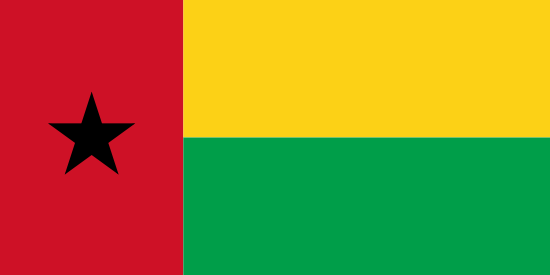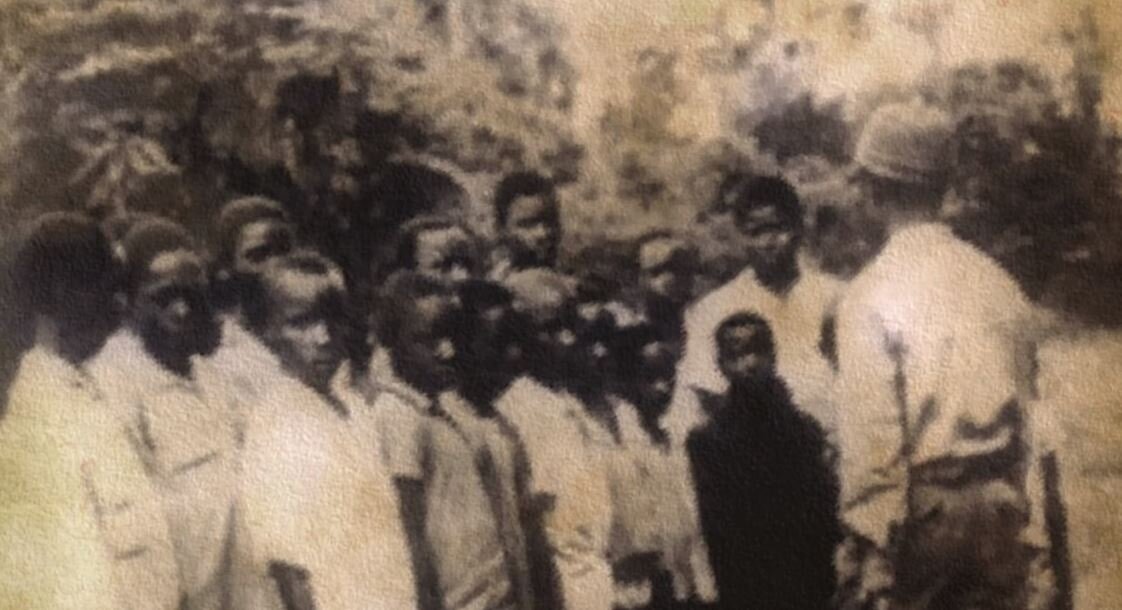FIHANKRA CONTROVERSY: A CAUTIONARY TALE ABOUT REPATRIATION TO AFRICA AND DEVELOPMENT MODELS BASED ON BLACK CAPITALISM
In 1994, I was living in Chicago down the street from the Hebrew Israelite community. I used to frequent their Original Soul Vegetarian Restaurant. As documented in my book, From Yale to Rastafari: Letters to My Mom 1995-1998, I had just left Yale University the previous year and was seeking my African roots. At this time, there was great excitement over the Fihankra movement. News was being spread that Ghana was giving free land to African Americans! The first step in getting this free land was registering with a group called Fihankra. This is how I first got involved with a serious repatriation to Africa effort. And that’s pretty much where my involvement with Fihankra began and ended. Something didn’t seem right. The more information I got, the more skeptical I became. As a young, gifted black man with absolutely no money, I was looking for an opportunity to go to Africa and serve - lend my youthful energy and education to building Africa. I was only 23 years old and I had no money, no business, no real skills. All I had was a desire to ESCAPE America and the Pan African dream to unite with my people to make the African continent a world power. The more I looked into Fihankra, however, the more I realized this was not a movement to take young people and give them opportunities in Africa. This was a plan to find wealthy black people to invest in a a real estate program. That’s not exactly what I thought of when I heard the words, “Right of Return”. Why did I have to PAY to go back to the place where my ancestors were taken from? How were the vast majority of people who wanted to repatriate going to be able to afford this????
Meanwhile, at the same time, I became more and more involved with the Rastafari movement and learned about the Shashemane Land Grant that Emperor Haile Selassie gave to African Americans through the Ethiopian World Federation (EWF). I would eventually become a very active member of the EWF and traveled to Ethiopia in 2003 where I spent a year there, much of it on the Shashemane Land Grant. There I saw firsthand the problems and issues concerning Repatriation while also consulting with the government of Ethiopia and the African Union to resolve various immigration and citizenship issues.
On the other side of the continent, in Ghana, the Fihankra land grant was experiencing similar problems. Below are firsthand accounts of what happens when ECONOMIC DEVELOPMENT is placed before the HUMAN DEVELOPMENT. To avoid this, the Lineage Restoration Movement has a development model based on restoring the ancestral bonds of the families that were separated through the criminal European trans Atlantic trafficking and enslavement of people from the African Continent. The Lineage Restoration Model is based on
1) identifying your paternal and maternal lineage
2) building a relationship with the members of your ancestral lineage across the Atlantic in their homeland - re-learning your ancestral language and culture that was taken during slavery and organizing welcome home rituals in those villages.
3) helping the communities to determine their OWN development needs first and assisting in those projects
4) build the village first, then repatriate as family that contributed its share to building the village.
This is the development model that the Balanta B’urassa History and Genealogy Society in America has successfully pursued with both the people and government in Guinea Bissau.
HERE IS WHAT CAN HAPPEN WHEN THIS MODEL IS NOT USED:
Black Star Lions
“October 24, 2013
THE FIHANKRA CONTROVERSY
Many people have heard about Fihankra over the years and while many have come forward to ‘claim’ their free land, many do not really understand what Fihankra is.
The term Fihankra is a Ghanaian expression which means, “When leaving home no goodbyes were said.” Fihankra, then, refers to all Africans from the Diaspora who are descended from the trans-Atlantic slave trade. That comprises some maybe 300 million people. That’s just a guess cause these figures could never be totally accurate.
The skin and stool of Fihankra are physical symbols which were purified to represent the apology given by several Ghanaian elders and the welcoming home of those of us out in the Diaspora. This was done in December 1994. It was considered an historic event and everyone was optimistic about the possibilities of joining the entire African family once again.
The land that many people refer to as Fihankra is really called Yeafa Ogyamu and is only one of many parcels of land that were offered, but few know this fact. The land was a ‘gift’ of the Akwamu people to represent their own personal atonement (for slavery). The land was given for all Fihankra, in other words, all of us descendants of the slave trade. The original people who made up the group given the land promised development of many kinds, including, fire station, police station, health facility, schools and various businesses. One family eventually usurped not only the land, but the stool and skin of Fihankra. They call(ed) themselves the 'royal family'. How this happened is not really clear. Some of the key figures are no longer on this plane and cannot answer that question. The man/chief’s name is down on the indenture as CUSTODIAN for the skin and stool of Fihankra.
What should have been an opportunity for African descendants to resettle became a personal business enterprise for one man. The fee for land started at $3,500 for one plot (100ft x 100ft), at a time when plots were leasing for approximately $200 with a 50 year lease. I never really understood whether a person who chose to have 5 plots would have to pay $17,500 or the same $3,500. With stool land the general procedure for acquiring land is to negotiate with the family chief, agree on a price, have the land surveyed and have the land registered. Then you are expected to pay a ‘land rent’ every year, half of which goes to the district assembly and half goes to the chief. This process ensures that each succeeding chief benefits a bit from the original land deal. For further clarity and information, the land rent today, after years of increases, on 6 plots of land is just under $100. On a new acquisition, the land rent on the same six plots may be only $30 (this is every year until an increase).
Back to Fihankra……. Around 2003 the tactics changed. The usurper decided that it would be better to charge a yearly fee and started with a fee of $100. By 2004 it was $200/year and recently we were told the fee was $800/year. The original usurper died in 2008 and many thought that the politics would change and become more favourable and just. Well, it seems we were completely wrong. Now the 'royal family' has decided that this land is their private property and that any others who try to do anything on the land are trespassers!!!!!!! The 'royal family' claims that one of the original custodian’s sons is the heir and successor and therefore it is his land. The landlord (an Akwamu chief) is not in accord with any of this and is working to remove that 'royal family' from the land.
We live ½ mile down the road from Yeafa Ogyamu so we have seen quite a bit in the almost 12 years we have lived here. Some of the things that we have witnessed include:
People pay their yearly fee to secure their plot. When they arrive to commence building they are told they have to pay infrastructure fees (which we are told are $800 per room) and until that is paid they cannot build.
People are not being showed where their plots are unless they pay the infrastructure fee.
The security guards are not allowing workers on the site, blocking any building from going on.
One sister sent close to $20,000 to have her home built and when she arrived all she found was a load of sand, and didn’t get her money back.
One sister paid for 3 plots for herself and 3 plots for her son (at the time the yearly rate was $200). When her husband went to clear the land some men came at him with rifles and told him he had no business to build there.
One man paid an astronomical amount for an incomplete building and when he wasn’t paying the agreed monthly payments, one of the 'royals' broke in and took all his legal documents.
Despite collecting yearly fees the land rent was left unpaid for several years until one land ‘owner’ paid all and started to keep decent records.
One family has been taken to court for trespassing, even though they are land owners. They wanted to have a small business and it was opposed by ……. Yes, you guessed it, the 'royal family’.
Many people have been turned away from acquiring land based on the fact that the ‘royal family’ feels they don’t have “what it takes” to build. Who are they to judge?
After about 18 years of having the land, the only people who are living at Yeafa Ogyamu other than the ‘royal family’ are two families. Another brother has stayed there for a length of 6 months so is basically living there also. After 18 years I would hope that a lot more families would have taken advantage of this gift from the chiefs. From what we know, we have close to or more than 10,000 people living in Ghana from the Caribbean and the united States. 10,000 people and only 8 people are living at Yeafa Ogyamu.
We have tried to stay out of this issue but it’s difficult to watch such injustice occurring and not react. The question is, what to do and how to 'free' the land so that interested parties can come and develop their homes and/or businesses. We are putting this out so that the truth can be known and the correct people come forward to assist in this freeing. Many blessings.”
TESTIMONY OF KHAMEELAH SHABAZZ
“I became involved with Fihankra in 2006 after attending a lecture at Savior's Day in Chicago. The lecture was conducted by Saladdin Ali and Minister Akbar Muhammad. We were presented information and given a professional video marketing Fihankra by telling us we would receive a free plot of land and all we had to do was compete the paperwork and pay $500. I mailed in the $500 plus my last payment for the tour. We were taken to the land, met the chiefs and even toured several bate houses on the property. Now I realize Fihankra was orchestrated. The day after visiting Fihankra I met a young man and his wife who repatriated to Ghana. Right out of the clear blue he came up to me and asked what was I doing in Ghana. I told him about claiming land in Fihankra. He told me not to get involved with that land because there were toooooo many disputes with the chiefs. I took his advice. In 2012 while in Ghana a Ghanaian told me Mr Akpam had been killed and several years ago two other people were murdered and buried on that land. I made the mistake of buying a dream without requesting the business plan and verifying the validity of the project. I still have my papers to the plot of land.”
See the Fihankra Constitution Below
Chieftaincy minister sued over Akwamufie 'chieftaincy tussle'
October 13, 2014 By Myjoyonline.com|Nathan Gadugah
“The Chieftaincy Minister has defended a decision to arrest some persons claiming to be Chief and Queen mother of an African-American community at Akwamufie in the Eastern Region.
Dr Seidu Danaa said the arrest of the claimants to the Fihankra Stool is to restore lasting peace to the area and to ensure that "the right thing is done."
Goloi Osakwe Akpan and his mother, Majewa Akpan were arrested over the weekend for allegedly creating a near chieftaincy crisis in the area.
A third suspect, said to be the leader of a group of African- Americans who settled in Akwamufie in the Eastern region in 1997 was also arrested but granted bail.
Erna Terefe-Kasa, an aunt to one of the arrested persons has challenged the basis for the arrest of the three.
She told Joy News' Dzifa Bampoh the suspects were arrested for holding themselves out as chiefs, something they never did.
She explained her nephew's father had been enstooled as chief in 1997 but after he died the nephew became the "custodian of the stool and skin."
She said at no point did her nephew call himself chief of the area.
Erna Terefe-Kasa has filed a suit against the Minister of Chieftaincy as well as the Attorney General, seeking justice for what she says is the bad treatment being meted out to her family.
But the Chieftaincy Minister told Joy News the conduct of the suspects is reprehensible and if action is not taken the situation could take a turn to the worse.
Dr Danaa told Joy News nobody can hold himself out as chief "when you are not qualified to do so."
He said "if you acquire land, that is good but acquiring a land does not give you a right to be a chief."
According to him, the names as given by Osakwe Akpan and his mother Majewa Akpan are not recognised in the register of chiefs.
The decision to arrest the three is to bring peace to the area, he insisted.”
UNDERSTANDING THE REPARATIONS AND REPATRIATION CONTEXT IN GHANA
According to Toward Reparations Policy In Ghana A study of the Reparations Movement in Ghana, West Africa:
“On Thursday, August 12, 1999 representatives of African descent from Cote d’Ivoire, Namibia, Ghana, Togo, Benin, Nigeria, Jamaica, Tanzania, Zamibia, USA, the United Kingdom, South Africa, Barbados, Martinique, and Guadaloupe gathered in Accra, Ghana at the W. E.B. DuBois Memorial Center for Pan-African Culture for the International Reparations and Repatriation Truth Commission Conference under the leadership of the Afrikan World Reparations and Repatriation Truth Commission (AWRRTC). As a follow-up to this historic meeting, the delegates crafted a declaration that not only called for the immediate cancellation of international debt owed by Africa and all countries of African slave descendants and $777 trillion principal with interest per annum from the nations of Western Europe, the Americas, and institutions who benefited from the Trans-Atlantic Slave Trade and Colonialism, but also for the unconditional right of return to Africa for the direct descendants of enslaved Africans. In addition, the declaration noted, “the root causes of Africa’s problems today are the enslavement and colonization of Africa and of African people over a 400 year period-through the Trans-Atlantic Slave Trade and the illegal occupation by European nations on Africa’s sovereign soil. As a follow-up to the 1999 conference, AWRRTC organized a second International Reparations and Repatriation Truth Commission Conference, held July 28-30 2000 in Accra, Ghana, during which delegates drafted an action plan aimed at bringing the tenants central to the 1999 declaration to fruition. The plan called for African nations and those nations of African descent in the Diaspora to immediately stop debt-servicing payments, and “rightfully use debt servicing capital for domestic development” , it also called for the Organisation of African Unity (OAU) to allocate four observer seats to representatives of the African Diaspora of North, Central, South America, and the Caribbean regions. The action plan also supported Ghana’s Immigration Bill #573, which would give descendants of those enslaved the right of abode in Ghana, and encouraged Ghana’s traditional rulers to set aside lands for resettlement and development in agriculture, small scale industry, and education.”
In 2007, Ghana launched The Joseph Project. At the time, New African magazine reported,
“Diasporan Africans who have yearned for years to return to the motherland but have not been able to do so, can now have no more excuses to stay back. An innovative programme launched by the Ghanaian government, called The Joseph Project, is all that they need to return home. . . . The Ministry of Tourism and Diasporan Relations (MOTDR) has drawn an elaborate plan to establish Ghana as the homeland for Africans in the Diaspora via an innovative Joseph Project, which takes inspiration from the story of the Biblical Joseph who was sold into slavery in Egypt by his brethren but triumphed over all adversity. . . . . The Joseph Project was initiated by the Ghanaian government through the Ministry of Tourism and Diasporan Relations in collaboration with the United Nations World Tourism Organisation (UNWTO) and the United Nations Educational, Cultural and Scientific Organisation (UNESCO). The project is being jointly funded by the Ghana government, UNWTO and UNESCO. . . . Its benefits are enormous, as it seeks to turn a painful past into a World Heritage Property and a major tourism attraction. Statistics show that colonial castles and forts are one of the most sought after tourism attractions in the world. The Joseph Project is basically Ghana's lead role in re-enacting the sordid chattel slavery and its devastating effects on mankind, especially Africans at home and in the Diaspora. . . . The Joseph Project is, therefore, Ghana's invitation to Diasporan Africans to return to the land of their ancestors.
The project was formally launched on 15 February 2007 during a meeting of African tourism ministers in Accra. It is the lead activity in the Akwaaba, Anyemi programme of the Ghana Ministry of Tourism and Diasporan Relations (MOTDR) aimed at reestablishing the African nation as one for all Africans--whether living at home or in the Diaspora. . . . In 1994, the government of President Jerry Rawlings took these ideas a step further when it launched "Emancipation Day" to be celebrated annually in commemoration of the day when African slaves in the Americas, the Caribbean and elsewhere got their freedom. . . . The Ghana government, therefore, intends to use the 50th anniversary of the country's independence, which coincides with the 200th anniversary of the abolition of the Transatlantic Slave Trade, to celebrate "African excellence. . . .”
I went to Ghana in 2007 as part of the Joseph Project and a journalist covering the African Union Grand Debate on the United States of Africa. I, along with many others, criticized the approach by Ghana and other government to make “heritage tourism” the primary aim of engaging the African Diaspora because essentially, it was only a marketing plan aimed at attracting tourism revenue and business development, and was not primarily concerned with issues of justice, human development, and the needs of the African Diaspora for physical, emotional, psychological and spiritual repair. They were attempting to make money the priority.
It is from these two experiences, in Shasheman, Ethiopia, and with Fihankra in Ghana that the inspiration to develop a new model of development was born, and that model has now crystallized in the Lineage Restoration Movement. I saw firsthand what happens when the African Diaspora attempts to create new “ethnic groups” such as Rastafari and Fihankra, and is seen as foreigners moving into a new territory. As an alternative to that model, the Lineage Restoration Movement aims to re-integrate and assimilate the African Diaspora back into the community from which it ACTUALLY came from and once integrated, the village and the repatriate development becomes one and the same. If you would like to learn more about this approach, go to
LINEAGE RESTORATION MOVEMENT
and sign the petition
A BABY NAMED FIHANKRA
by Curtis Murphy
I have been living in Ghana since 2011 and I will say The Government of Ghana have been fair and given AA’s and all Africans who are antecedents of Africans placed into enslavement, an opportunity to be treated as any other African with the same rights as Ghanain citizens... None of you who have posted in this thread from the very person who made the initial post down to the last person that posted before me understand the Ghana/African culture in regards to ones existence. You don't understand the significance of a Ghana Stool. Without an in depth understanding of a stool you are definitely in the "Obuni/foreigner" state of mind. For the past 23 years Ghana government has given us the opportunity to be full equal citizens thru the traditional system, sense and culture that every other African citizen has, but the actions and routes AA’s have taken is the non African based cultural approach to living and being accepted as a citizen here in Ghana. Let me give you an analogy story, to help you understand. A child name "Fihankra" was born/created 23 years ago from the genes of all Africans taken into slavery in the Diaspora.. The Baby, Fihankra was the inheritor of 32,000 acres of land with the rights of every other citizen of Ghana.. The child, was abandoned on the Ghana streets, by the father and the mother could not be found. Some UN-scrupled people visiting Ghana from American, AA's, recognized the child and the potential profits that could be had from "Baby Fihankra" and so they took/kidnapped, the child off the streets and claimed to be Baby Fihankra, parents. They told lies about them being the birth parents of the child. The lie was told, over and over again, to all the AA's that visited Ghana and so AA's believed the story of the kidnappers and not knowing the truth paid little to no attention to "Baby Fihankra" and didn't know the child, their genetic relative was being mistreated, abused, and exploited. In 2011 some AA's genetic researchers discovered the truth about Baby Fihankra and began to fight for the child's freedom from the Kidnappers. In 2014, The Ghana government through official document recognized what had happened and ordered the child to be reunited with her genetic parents and people. The kidnappers refused and were arrested and the child was took away from them. Now the child Fihankra is 23 years old and wish to unite with her genetic family but her genetic family is ignoring her still. Karma came in and a robber murdered the kidnappers, trying to rob them of the money they had scammed by selling Fihankra’s land. The End of this analogy story. We should not expect to be treated as Africans but not come through the traditional African way, that of the "African Stool "? Ghana government is proud of their culture but seem to not explain it to us, AA’s very well, one has to experience it, it seems. The Ghana Government, the Government that was in existence when our ancestors were taken away, That government is still in existence and offer our way back to Africa under the same conditions in which our ancestors left, with land and rights.. We belonged to the Fihankra "Stool and Skin", our ancestors belonged to a "STOOL OR A SKIN" when they left and we are offered the same method of return based on an African identity through a Traditional Stool or skin, but we have neglected to accept it. Those of you who want to be in the know please google the "Tabom People" in Ghana. They were the Africans that repatriated from Brazil in the early part of the 19th century. They were given full rights of Ghana citizens, which included land and the right to vote, and a seat for representation in the government. We can talk more but I have to leave for now, I can say with certainty that when Bill Clinton was president he made an offer to former Ghana president, Jerry Rwalings that if Ghana would deny AA's citizenship, the USA government would pay for the construction of Ghana infrastructure of highways. Thus, Ghana has the " George Bush" Highway named for George Bush to furnish the funds to finish the deal Clinton had started. End of story!!!! Except The Repatriation Movement is threat to US National Security. America will not know what to do if all the descendants of the people they enslaved was to leave. Make a list of all the jobs White Americans have off of the presence of African/Black people in the US...!!! United State Government is proactive... and they noisey as hell...
BBHAGSIA 1st Annual Meeting
“Let us go on with our work and talk a little to the comrades about some principles of our Party and of our struggle. . . . Let us consider, for example, a football team, which is made up of various individuals, eleven persons. Each person has his specific work to do when the football team is playing. The persons differ from each other: different temperaments; often different education, some cannot read or write, others are doctors or engineers; different religion, one might be Moslem, another Catholic, etc. They may even act differently on the political plane, none might be of one Party, another of another. One might be for the status quo, another might be for the opposition. That is ,persons different from each other, each one feeling different from the other, but in the same football team. And if this football team, when it comes to playing, does not succeed in achieving a unity of all its elements, it will not be a football team. Each one can preserve his personality, his ideas, his religion, his personal problems, even a little of his style of play, but they must all obey one thing: they must act together to score goals against any opponent with whom they are playing, that is act around this specific aim of scoring the maximum number of goals against the opponent. They have to form a unity. If they do not do this, there is no football team, there is nothing. This to show you a clear example of unity.”
- Amilcar Cabral, The Weapon of Theory
This is a reminder that tonight at 6 PM CST is our 1st Annual Meeting. Siphiwe Baleka is inviting you to a scheduled Zoom meeting.
Topic: BBHAGSIA Mandatory Members Meeting
Time: Oct 14, 2020 06:00 PM Central Time (US and Canada)
Join Zoom Meeting
https://us02web.zoom.us/j/85988917396
Meeting ID: 859 8891 7396
One tap mobile
+16465588656,,85988917396# US (New York)
+13017158592,,85988917396# US (Germantown)
Dial by your location
+1 646 558 8656 US (New York)
+1 301 715 8592 US (Germantown)
+1 312 626 6799 US (Chicago)
+1 669 900 9128 US (San Jose)
+1 253 215 8782 US (Tacoma)
+1 346 248 7799 US (Houston)
Meeting ID: 859 8891 7396
Find your local number: https://us02web.zoom.us/u/kcFW3kNhaI
BBGHSIA Meeting Agenda
Date 14 Oct 2020
Time 6:00 pm CST
Type of Meeting: BBGHSIA Formal Business Meeting
Meeting Facilitator: President
Invitees: All BBGHSIA Members
I. Call to order
a) Binham Brassa Pledge
II. Officers Roll Call
III. Approval of minutes from last meeting
IV. Committee Reports
a) Membership Committee
b) Language Preservation Committee
c) Fundraising Committee
d) Aid Committee
e) History committee
V. Executive Board Reports
a) Treasures Report
b) Secretaries Report
c) Vice-Presidents Report
d) President Reports
VI. Open Issues
f) Committee volunteers/chairs
g) Fundraising projects
h) Family narratives
i) Certificates/ Directory
j) Gambia Balanta Students Association
k) Balanta Peoples Union
VII. New business
a) World Africa Day 2021
b) Additional Fundraisers
a) T-Shirts other BBGHSIA Apparel
c) 2nd annual Balanta Day 2021
VIII. Balanta Anthem
IX. Formal Adjournment
X. Virtual Fellowship
Gold and Oil: Petrodollars and the United States Attacks in Libya, Somalia, Sudan, Mali, Iraq, Syria, Lebanon and Iran; Understanding Obama’s AFRICOM Betrayal of African People
Gold and Oil:
Petrodollars and the United States Attacks in Libya, Somalia, Sudan, Mali, Iraq, Syria, Lebanon and Iran; Understanding Obama’s AFRICOM Betrayal of African People
“Towards the end of World War II, when it became obvious that the allies were going to win and dictate the post war environment, the major world economic powers met at Bretton Woods, a luxury resort in New Hampshire, in July 1944, and hammered out the Bretton Woods agreement for international finance. The British Pound lost its position as the global trade and reserve currency and its place was taken by the US dollar (part of the price demanded by Roosevelt in exchange for the US entry into the war). Without the economic advantages of being the world’s central currency, Britain was forced to nationalize the Bank of England in 1946. The Bretton Woods agreement was ratified in 1945, and in addition to making the US dollar the global reserve and trade currency, obliged the signatory nations to tie their currencies to the dollar. The nations which ratified Bretton Woods did so on two conditions. The first was that the Federal Reserve would refrain from over-printing the dollar as a means to loot real products and produce from other nations in exchange for ink and paper: basically an imperial tax. That assurance was backed up by the second, which was that the US dollar would always be convertible to gold at $35 per ounce.
Of course , the Federal Reserve, being a private bank and not answerable to the US Government, did start overprinting paper dollars, and much of the perceived prosperity of the 1950s and 1960s was the result of foreign nations’ obligations to accept the paper notes as being worth gold at the rate of $35 an ounce. . . . .
In the years leading up to 1970, expenditures in the Vietnam War made it clear to many countries that the US was printing far more money than it had in gold, and in response, they began to ask for their gold back. This, of course, set off a rapid decline in the value of the dollar . . . .
Then in 1970, France looked at the huge pile of paper notes sitting in their vaults, for which real French products like wine and cheese had been traded, and notified the United States government that they would exercise their option under Bretton Woods to return the paper notes for gold at the $35 per ounce exchange rate. Of course, the United States had nowhere near the gold to redeem the paper notes, so on August 15th, 1971, Richard Nixon ‘temporarily’ suspended the gold convertibility of the US Federal Reserve Notes:
‘I have directed the Secretary of the Treasury to take the action necessary to defend the dollar against the speculators. I directed Secretary Connolly to suspend temporarily, the convertibility of the dollar into gold or other reserve assets except in amounts and in conditions determined to be in the interest of monetary stability and in the best interests of the United States.’
This ‘Nixon Shock’ effectively ended Bretton Woods and many global currencies started to disengage from the US dollar. Worse still, since the United States had collateralized their loans with the nation’s gold reserves, it quickly became apparent that the US Government did not in fact have enough gold to cover its outstanding debts. Foreign nations began to get nervous about their loans to the US and understandably were reluctant to lend any additional money to the United States without some form of collateral. So Richard Nixon started the environmental movement, with the EPA and its various programs such as ‘wilderness zones’, ‘Road-less areas’, ‘Heritage rivers’, ‘Wetlands’, all of which took vast areas of public lands and made them off limits to the American people who were technically the owners of those lands. But Nixon had little concern for the environment, for the real purpose of this land grab under the guise of the environment was to pledge those pristine lands and their vast mineral resources as collateral on the national debt. The plethora of different programs was simply to conceal the true scale of how much American land was being pledged to foreign lenders as collateral on the government’s debts eventually almost 25% of the nation itself.
With open lands for collateral already in short supply, the US Government embarked on a new program to shore up sagging international demand for the dollar. The United States approached the world’s oil producing nations, mostly in the Middle East, and offered them a deal. In exchange for only selling their oil for dollars, the United States would guarantee the military safety of those oil-rich nations.
[Siphiwe note: this is called “extortion” and “gangsterism”]
The oil rich nations would agree to spend and invest their US paper dollars inside the United States, in particular in US Treasury Bonds, redeemable through future generations of US taxpayers. The concept was labelled the ‘petrodollar’. In effect, the US, no longer able to back the dollar with gold, was now backing it with oil. Other peoples’ oil, and the necessity to control those oil nations in order to prop up the dollar has shaped America’s foreign policy in the region ever since. . . .
This was not a temporary suspension as Nixon claimed, but rather a permanent default, and for the rest of the world who had entrusted the United States with their gold, it was outright theft. In 1973, President Nixon asked King Faisal of Saudi Arabia to accept only US dollars in payment for oil, and to invest any excess profits in US Treasury Bonds, Notes and Bills. In return, Nixon offered military protection for Saudi oil fields. The same offer was extended to each of the key oil-producing countries, and by 1975 every member of OPEC had agreed to only sell their oil in US dollars.
The act of moving the dollar off gold and tying it to foreign oil, instantly forced every oil-importing country in the world to maintain a constant supply of Federal Reserve paper, and in order to get that paper, whey would have to send real physical goods to America. . . . Paper went out, everything America needed came in, and the United States got very, very rich as a result. It was the largest financial con in recorded history.
The Arms Race of the Cold War was a game of poker. Military Expenditures were the chips, and the US had an endless supply of chips. With the Petro Dollar under its belt, it was able to raise the stakes higher and higher, outspending every other country on the planet, until eventually US military expenditure surpassed that of all of the other nations in the world combined - the Soviet Union never had a chance. . . .
The collapse of the communist bloc in 1991 removed the last counterbalance to American military might. The United States was now an undisputed Super-power with no rival. . . . Within that same year, the US invaded Iraq in the first Gulf War, and after crushing the Iraqi military, and destroying their infrastructure, including hospitals and water-purification plants, crippling sanctions were imposed which prevented Iraq’s infrastructure from being rebuilt.
These sanctions which were initiated by Bush Senior, and sustained throughout the entire Clinton administration, lasted for over a decade and were estimated to have killed more than five hundred thousand children . . . .
But as America’s manufacturing and agriculture has declined, the oil producing nations faced a dilemma. Those piles of US Federal Reserve notes were not able to purchase much from the United States because the United States had little (other than real estate) which anyone wanted to buy.
Europe’s cars and aircraft were superior and less costly, while experiments with GMO food crops led to nations refusing to buy US food exports. Israel’s constant belligerence against its neighbors caused them to wonder if the US could actually keep up their end of the petrodollar arrangement. Oil-producing nations started to talk of selling their oil for whatever currency the purchasers chose to use. Iraq, already hostile to the United States, following Desert Storm, demanded the right to sell their oil for Euros, in 2000, and the United Nations agreed to allow it in 2002 under the Oil for Food program instituted following Desert Storm. . . . In response, the US Government with the assistance of mainstream media, began to build up a mass propaganda campaign claiming that Iraq had weapons of mass destruction and was planning to use them. . . . One year later the United States re-invaded Iraq, lynched Saddam Hussein, and placed Iraq’s oil back on the world market only for US dollars.
Following 9-11, the US policy shift away from being an impartial broker of peace in the Middle East to one of unquestioned support for Israel’s aggressions, only further eroded confidence in the Petrodollar deal and even more oil-producing nations started openly talking of oil trade for other global currencies.
Over in Libya, Muammar Gaddafi had instituted a state-owned central bank and a value-based trade currency, the Gold Dinar. Gaddafi announced that Libya’s oil was for sale, but only for the gold Dinar. Other African nations, seeing the rise of the Gold Dinar and the Euro, even as the US dollar continued its inflation-driven decline, flocked to the new Libyan currency for trade. This move had the potential to seriously undermine the global hegemony of the dollar. French President Nicolas Sarkozy reportedly went so far as to call Libya a ‘threat’ to the financial security of the world.
According to General Wesley Clark, the master plan for the ‘dollarification’ of the world’s oil nations included seven targets, Irag; Syria; Lebanon; Libya; Somalia; Sudan; and Iran (Venezuela- which dared to sell their oil to China for the Yuan - is a late 8th addition). . . . On 2nd March 2007, US General Wesley Clark said,
‘So I came back to see him a few weeks later and by that time we were bombing Afghanistan. I said, ‘Are we still going to war with Iraq?’ And he said “oh it’s worse than that’. He said as he reached over on his desk and picked up a piece of paper and he said “I just got this down from upstairs today (meaning from the Secretary of Defense’s Office), this is a memo which describes how we are going to take out seven countries in five years, starting off with Iraq and Syria, Lebanon, Libya, Somalia, Sudan and finishing off Iran.’
What is notable about the original seven nations originally targeted by the US is that none of them are members of the Bank for International Settlements, the private central bankers private central bank, located in Switzerland. This meant that these nations were deciding for themselves how to run their nations’ economies, rather than submit to the private international banks. So, the United States invaded Libya, brutally murdered Gaddafi“
According to Gold Dinar: the Real Reason Behind Gaddafi’s Murder
"In 2009, Colonel Gaddafi, then President of the African Union, suggested to the States of the African continent to switch to a new currency, independent of the American dollar: the gold dinar.
The objective of this new currency was to divert oil revenues towards state-controlled funds rather than American banks. In other words, to stop using the dollar for oil transactions. Countries such as Nigeria, Tunisia, Egypt and Angola were ready to change their currencies. Unfortunately in March 2011, the NATO-led coalition began a military intervention in Libya in the name of freedom….
Free water, almost free gasoline, free health system and free education were commonplace for Libyans under Gaddafi’s dictatorship.
The leader, who has been in power for 41 years, has managed to gain the support of all the major tribes and buy social peace through radical measures and a policy of shared oil revenues.
Jihadism, the number one enemy of the West, Gaddafi eliminated it with Napalm in the 1990s. Although he financed many armed groups in the Sahel, Libya itself was a stable country where the risk of being kidnapped or even murdered by an armed militia was non-existent.
With an excellent management of oil revenues, the Libyan state had managed to store hundreds of tons of gold (143 tons according to WikiLeaks) and the same amount in silver.
All these resources were going to make Libya the most influential country in Africa, supplanting France for example.
Gaddafi wanted to avoid American influence in his oil transactions by using this gold. He launched the gold dinar project, and other major African governments were ready to support him in this project. It was both an African dream and a nightmare for the West’s financial system.
The end of the African dream
This information was discovered through Hillary Clinton’s electronic mailbox. One of the 3000 emails showed NATO’s willingness to overthrow Gaddafi’s government. NATO mainly wanted to to neutralize the African gold currency supported by Libyan oil reserves.
At the beginning of March, the Libyan army and the many militias loyal to the government had already crushed the rebellion, thanks to their numbers and equipment. However, with Western intervention, the dream of a unified monetary system based on gold and independent of the dollar perished…’
“(the object lesson of Saddam’s lynching not being enough of a message, apparently), [the US] imposed a private central bank, and returned Libya’s oil output to dollars only. The gold that was to have been made into the Gold Dinars is, as of last report, unaccounted for.
Now the banker’s gun sights are on Iran, which dares to have a government controlled central bak and sell their oil for whatever currency they choose. The war agenda is, as always, to force Iran’s oil to be sold only for dollars and to force them to accept a privately owned central bank.
The German government just recently asked for the return of some of their gold bullion from the Bank of France and the New York Federal Reserve. France has said it will take 5 years to return Germany’s gold. The United States has said the will need 8 years to return Germany’s gold. This suggests strongly that the Bank of France and the NY Federal Reserve have used the deposited gold for other purposes, and they are scrambling to find new gold to cover the shortfall and prevent a gold run.
NOTICE THAT MALI ISN’T ON THE LIST…..
In 2013, gold exports were of the order of 67.4 tonnes, nearly a 50% increase over the production in 2012 which is attributed mainly to the contribution of 20.7 tonnes made by artisanal mining.[1][3] Gold, followed by cotton, is the top export item making a large contribution to the economy of the country.[4]
So France suddenly invades Mali, ostensibly to combat Al Queda, with the US joining in.
Mali just happens to be one of the world’s largest gold producers with gold accounting for 80% of Mali exports. War for the bankers does not get more obvious than that!
Americans have been raised by a public school system and media that constantly assures them that the reasons for all these wars and assassinations are many and varied. The US claims to bring democracy to the conquered lands (they haven’t). The usual result of a US overthrow is the imposition of a dictatorship - such as the 1953 CIA overthrow of Iran’s democratically elected government of Mohammad Mosaddegh and the imposition of the Shah - or the 1973 CIA overthrow of Chile’s democratically elected government of President Salvador Allende, and the imposition of Agusto Pinochet) - or to save a people from a cruel oppressor, revenge for 9-11; or that tired worn-out catch all excuse for invasion: ‘weapons of mass destruction’. Assassinations are always passed off as ‘crazed lone nuts’ to obscure the real agenda.
The real agenda is simple. It is enslavement of the people by the creation of a false sense of obligation.
That obligation is false because the private Central Banking System, by design, always creates more debt than money with which to repay the debt. Private Central Banking is not Science, it is a Religion; a set of arbitrary rules created to benefit the Priesthood, meaning the owners of the Private Central Bank.
The fraud persists, with often lethal results, because the people are tricked into believing that this is the way life is supposed to be and no alternative exists or should be dreamed of. The same was true of two earlier systems of enslavement, Rule by Divine Right and Slavery, both of which ar systems designed to trick people into obedience, and both of which are now recognized by modern civilization as illegitimate.
Now we are entering a time in human history where we will recognize that ‘rule by debt’, or rule by private Central Bankers issuing the public currency as a loan at interest, is equally illegitimate.”
It only works as long as people allow themselves to believe that this is the way life is supposed to be. . . .
Behind all these wars, all these assassinations, the hundred million horrible deaths from all the wars lies a single policy of dictatorship. The private central bankers allow rulers to rule only on the condition that the people of a nation remain enslaved to the private central banks. Failing that, any ruler will be killed, and their nations invaded by those other nations which are already enslaved to private central banks.
The so-called ‘clash of civilizations’ we read about on the corporate media is really a war between banking systems, with the private central bankers forcing themselves on to the rest of the world, no matter how many millions must die for it. Indeed the constant hatemongering against Muslims lies in a simple fact. Like the ancient Christians (prior to the Knight’s Templar’s private banking system) Muslims forbid usury (the lending of money at interest), and that is the reason why the American government and media insist that Muslims must be converted or killed. They refuse to submit to currencies issued at interest. They refuse to be debt slaves.
Flag waving and propaganda aside, all modern wars are wars by and for the private bankers, fought and bled for by third parties unaware of the true reason why they are expected to be crippled and killed. The process is quite simple. As soon as the Private Central Bank issues its currency as a loan at interest, the public is forced deeper and deeper into debt. When the people are reluctant to borrow any more, that is when the Keynesian economists demand the government borrow more to keep the pyramid scheme working. When both the people and government refuse to borrow any more, that is when the wars start, to plunge everyone even deeper into debt to pay for the war, then after the war to borrow more to rebuild. When the war is over, the people have about the same as they did before the war, except the graveyards are far larger and everyone is in debt to the private bankers for the next century. This is why Brown Brothers Harriman in New York funded the rise of Adolf Hitler. . . .
Those who control the United States understand that if even a few countries begin to sell their oil in another currency, it will set off a chain reaction and the dollar will collapse. They understand that there is absolutely nothing else holding p the value of the dollar at this point, and so does the rest of the world. But instead of accepting the fact that the dollar is nearing the end of it’s life-span, the ‘powers that be’ have made a calculated gambit. They have decided to use the brute force of the US military to crush each and every resistant State in Africa and the Middle East.” (Excerpt taken from Meet Your Strawman And Whatever You Want to Know).
Understanding Obama’s AFRICOM Betrayal of African People
It is now possible to put into context the Presidency of Barack Obama and properly evaluate the foreign policy objectives that the UNITED STATES CORPORATION used him to achieve.
According to Voltairenet.org,
“Created in 2007 on the findings of an Israëli study, AfriCom (US Command for Africa) has never yet managed to install its headquarters on the continent. This structure carries out anti-terrorist operations from Germany, with the support of France in the region of the Sahel. In return, US and French transnational companies conserve a privileged access to African prime materials. . . . In Djibouti is situated Camp Lemonnier, the huge US base from which the Horn of Africa Joint Task Force has been operating since 2001. The Task Force is composed of 4,000 specialists in top secret missions, including targeted assassinations by commandos or killer drones, particularly in Yemen and Somalia. While aircraft and helicopters for these special operations take off from Camp Lemonnier, the drones have been concentrated at Chabelley airport, a dozen kilometres from the capital. New hangars are being built there, and the work has been handed by the Pentagon to a company from Catania which is already employed for the work taking place in Sigonella, the main drones base used by the USA and NATO for operations in Africa and the Greater Middle East.
There is also a Japanese and a French base in Djibouti, which house German and Spanish troops. A Chinese military base was added in 2017, the only one outside of its national territory. Apart from certain basic logistical functions, such as the housing of the crews of the military vessels that escort merchant ships, and warehouses for the storage of supplies, it represents a significant signal of the growing Chinese presence in Africa.
This is an essentially economic presence, to which the United States and other Western powers oppose a growing military presence. This accounts for the intensification of operations led by AfriCom (US Command for Africa), which has two important subordinate Commands in Italy - the US Army Africa, at the Ederle de Vicence barracks ; the US Naval Forces Europe-Africa, whose headquarters is at the Capodichino base in Naples, composed of the warships of the Sixth Fleet based in Gaeta.
In the same strategic infrastructure is another US base for armed drones, which is under construction in Agadez, Niger, where the Pentagon already uses air base 101 in Niamey for drones. This base serves for military operations that the USA has been leading for years, with France in the Sahel, especially in Mali, Niger and Chad. President Giuseppe Conte will be visiting the last two bases as from tomorrow.
These countries are amongst the poorest in the world, but very rich in prime materials - coltan, uranium, gold, oil and many others - exploited by transnational companies based in the USA and in France, who are increasingly afraid of the competition from Chinese companies who offer African countries much more favourable conditions.”
On February 19, 2008, the Ligali website reported,
“America has been forced to host AFRICOM - its military central command centre for Africa - in Germany after rejection by members of the African Union.
The American attempt to secure Africa’s natural resources by force faced a major setback after the African Union rejected US plans to increase its military footprint in the Continent. America claims it was seeking to help build the defence capabilities of African nations. This spurious claim was rejected by most African leaders who believe an enhanced US military presence in Africa would be extremely damaging to Africa’s own security and future development. Liberia, which originally accepted the proposals is now reported to have rejected the imperial plans alongside opposition from nations such as Nigeria, Zambia and South Africa.
There are already concerns with Americas existing military involvement in Africa, from its closeness with the presidents of Ethiopia and Eritrea and the role it played in the crisis facing Somalia. America which is increasingly viewing itself in a new ‘cold war’ with China who is arming the Khartoum’s regimes war in Sudan is desperate to maintain its stranglehold on Africa’s natural resources. To this end, President Bush recently embarked on a five day tour to secure US long term strategic interests and cement links with those leaders amenable to neo-colonial intervention. Arriving in Benin he visited Tanzania, Rwanda, Ghana and Liberia. Unsuprisingly his Africom strategy has the support of the presidential hopeful Barak Obama, speaking on the matter Obama said; "There will be situations that require the United States to work with its partners in Africa to fight terrorism with lethal force. Having a unified command operating in Africa will facilitate this action.
Theresa Whelan, Deputy Assistant Secretary of Defense for African Affairs claims that the Africom is needed to help develop and manage military training and exercises with African troops.
Whelan rejected revelations that America was motivated in anyway by its desire to secure African oil deposits calling such accusations ‘illogical’.
She warned Africa that if it does not accept Africom then the United States would sever its ‘military to military’ defence relations with the Continent. Whelan admits that America had hoped to be able to establish a presence on the Continent but claims they had always planned to have it partially based in Stuttgart to ferment links with their European command. The US government maintains its position that Africom was solely about providing a base for ‘military training with African nations’. Africom's commander, General William E. "Kip" Ward, said Africom was not about ‘militarisation’."
On June 24, 2012, Voltairenet. org reported,
“The White House has put in writing its policies for sub-Saharan Africa. The problem is, there’s hardly a word of truth in the document, and not a single mention of AFRICOM, the U.S. military command on the continent. The presidential paper repeats Obama’s 2009 lecture to Africans on “good governance.” He also warned that they avoid the “excuses” of blaming “neocolonialism” and “racism” for their problems. Meanwhile, AFRICOM is “positioning the U.S. to launch coups at will against African civilian, or even military, leaders that fall out of favor with Washington. . . .
The White House report does not once mention AFRICOM, the U.S. military command that has pushed aside the State Department as the primary institution of U.S. policy and power in sub-Saharan Africa. The report comes three years after Obama’s trip to Ghana, when he declared that Africa’s biggest problems were “corruption and poor governance,” rather than five centuries (and still counting) of Euro-American predation. African complaints about “neo-colonialism, or [that] the West has been oppressive, or racism” are mere “excuses,” said Obama, in a performance that scholar Ama Biney described as “imperialist lecturing” and “Obama-speak.”
Having effectively abandoned even the pretense of competing with China, India, Brazil and other rising economic powers in Africa, the Obama regime has turned the continent into a battleground, where AFRICOM is the principle interlocutor with the region’s governments and peoples. In addition to conducting year-round military maneuvers with nearly every nation on the continent, AFRICOM handles much of U.S. food distribution and medical aid to the region, while the CIA monitors Africa’s vast expanses with a network of secret airstrips and surveillance aircraft.
The White House report, a document of pure obfuscation, puts U.S. efforts to “strengthen democratic institutions” at the top of the list. It rehashes Obama’s Ghana declaration, that “Africa does not need strong men, it needs strong institutions.” Yet, Washington’s closest allies in sub-Saharan Africa are Paul Kagame, the minority Tutsi warlord in Rwanda; Yoweri Museveni, who rose to power with a guerilla army of child-soldiers and locked up two million Acholi people in concentration camps; and Ethiopian strongman Meles Zenawi, a military dictator who heads an ethnic-based regime. Rwanda and Uganda are the principal culprits in the deaths of six million Congolese since 1996, the worst genocide since World War Two, while Zenawi’s 2006 invasion of Somalia, instigated by the United States, led to “the worst humanitarian crisis in Africa – worse than Darfur,” according to United Nations observers.
The text of the president’s statement on the “new” sub-Saharan strategy warns that “the United States will not stand idly by when actors threaten legitimately elected governments or manipulate the fairness and integrity of democratic processes, and we will stand in steady partnership with those who are committed to the principles of equality, justice, and the rule of law.” In the context of Obama’s humanitarian military intervention doctrine – and especially since AFRICOM led NATO’s regime change in Libya – this is war talk. . . .
Obama brags that: “We have been the world’s leader in responding to humanitarian crises, including in the Horn of Africa, while at the same time working with our African partners to promote resilience and prevent future crises.” In reality, George Bush and Ethiopia’s Meles Zenawi ended Somalia’s brief period of peace under an Islamic Courts regime, plunged the country into “the worst humanitarian crisis in Africa,” and then, under Obama, withheld food from Somalia in order to weaken the Shabaab resistance, all of which set the stage for an even worse famine in 2011, killing hundreds of thousands. Such realities give the lie to Obama’s promise to “work to prevent the weakening or collapse of local economies, protect livestock, promote sustainable access to clean water, and invest in programs that reduce community-level vulnerability to man-made and natural disasters.” AFRICOM and U.S. policy are the disasters afflicting the continent; they are part of the disease, not the cure. . . .
Obama assures Africa that: “The United States will seek to expand adherence to the principle of civilian control of the military.” In practice, AFRICOM has cultivated a “soldier-to-soldier” policy between U.S. troops and African militaries that extends from “general-to-general” to “colonel-to-colonel” and down the ranks, positioning the U.S. to launch coups at will against African civilian, or even military, leaders that fall out of favor with Washington. As Dan Glazebrook recently wrote in The Guardian, America’s ‘great hope is that the African Union’s forces can be subordinated to a chain of command headed by AFRICOM.’”
Two years later, Foreign Policy in Focus reported,
“While the media attention in the United States is riveted on the Israeli war against Gaza, on the ISIS offensive in Iraq and Syria, accomplished for the most part with guerrillas trained by U.S. allies (Turkey, Saudi Arabia, Jordan, and Israel), and the ongoing attempts to consolidate the neoliberal hold on the Ukraine in the name of “democracy,” some other global developments have gone largely unnoticed.
Among them is the August 6, 2014 announcement of a new Obama Administration “initiative” for Africa. Actually there are two: the so-called “Security Governance Initiative for Africa” (SGI) on the one hand and “the African Peacekeeping Rapid Response Partnership, called A-PREP for short, on the other.
SGI involves providing aid – with strings attached as usual – to Ghana, Kenya, Mali Niger, Nigeria and Tunisia. On one level SGI is a response to the threat to African development posed by Islamic radical groups Al Qaeda of the Maghreb (AQIM), Al Shabbab, and Boko Haram. But its ulterior motive – actually quite openly stated – is to make the targeted African countries more secure for foreign investment, thus, as the old cliché goes, killing two birds with one stone. The stated goal of the program is to insure the security environment of these countries as a way of encouraging future U.S. investment, and as Tunisian commentator Yassine Bellamine notes in a recent article at the Tunisian website Nawaat.org “as a way to play a more active role in what is shaping up to be a new investor El dorado in the near future, Africa.” (Author’s translation.)
A-PREP has a somewhat different, but related goal: to “address short-falls in Africa-based peace keeping forces.” Noting that a number of recent crises (Central African Republic, Libya, Tunisia, Somalia, Kenya, even Algeria to name a few) have exposed the weaknesses of emergency-ready African forces, A-PREP will focus uniquely on military training and assistance to six African countries: Senegal, Ghana, Ethiopia, Rwanda, Tanzania and Uganda to try to improve “rapid peace keeping.”
Both poorly funded and in competition with other U.S. sponsored initiatives, A-PREP is essentially an attempt to make African militaries more responsive to security emergencies. The funding of SGI in the first year entails a mere $33 million to be divided between the six countries involved. Not much really. A-PREP will disperse some $110 million to the countries it covers, perhaps a bit more that SGI funding, but in the end, not all that much. Perhaps the funding will increase in the coming years?
SGI is in some ways a more classic counter-insurgency program whose goal is to strengthen economic development by strengthening security. At least “in principle” it tries to coordinate private sector foreign investors with the African militaries and U.S. military advisers so as to make security measures a kind of team effort, thus sharing the financial and human risks. These programs appear to be a way to somewhat soften U.S. security moves into Africa after a period in which African nations have become somewhat wary of what might be called “the AFRICOM approach.” It comes after a several year effort to find an African home to host AFRICOM has failed.
To sweeten the pot, allay fears and to involve the corporations themselves in the business of securing their own profits, these initiatives have been undertaken. . . .
Both initiative were announced at the tail end of a Brookings’ Institute conference held two days prior, on August 4, 2014 entitled, “The Game Has Changed: The New Landscape for Innovation and Business in Africa” that featured a gathering of international business people, government officials, and academics concerned with Africa. The main concern of this corporate-state-academic shindig was to insure possible investors – U.S. companies, it is claimed, have already invested some $33 billion in Africa – that the security situation on the continent will be assured. As a part of this “happy think” the conference assured its participants, a bit too often it appears, that the economic and social situation on the continent is improving some and that life in general is getting better, a position that requires considerable public relations skills to substantiate.
No one stated it better than Mirangi Kimenyi, Brookings’ own Africa specialist in opening the conference:
“The game indeed has changed. We have a new Africa and the focus is no longer clamoring for aid. Today we are talking about investment, entrepreneurial-ship, innovation and so-on.”
The basis for this untoward optimism was sketched out by Yassine Bellamine (cited above) that gives projected growth rates (based mostly on African Development Bank stats) for a number of African countries. Projected growth rates for Ghana in 2015 today stand at 8%, Kenya in 2014 at 5.7%, Mali at 6.7%. The African Development Bank also predicts a turnaround in the Tunisian economy from its -1.8% shrinkage in the coming years. . . .
Bellaine goes on to indicate that initiatives like SGI have ulterior motives, noting that they have more to do with providing a safe environment for multinational corporate investment, than providing security for the nations involved. It is true that SGI gives priority to U.S. economic interests and strategic goals in Africa and at the same time, will press the governments involved to make the necessary legal and economic reforms to make foreign investment “more efficient,” with all that this implies. . . .
In the case of Africa, strengthening the “efficiency” (think of what that has meant historically) of African militaries is a part of a strategy of minimizing U.S. “boots on the ground” – to use the cliche to avoid the term “military intervention” – by trying to give Africans more of a role in supporting foreign corporate penetration of the continent as if it were in their own interest. It is based on what is now a well-worn fact that Third World militaries love getting high-tech military toys that kill. It is also based on another well-worn tradition: if a world power cannot win “the hearts and minds” of the people of Third World countries that might have some economic or strategic importance, at least through military aid, the countries’ generals – a thorough corrupt and undemocratic lot – can be bought off.
De Waal and Mohammad rightly point out that as a result of SGI-, A-PREP- type programs that the United States is “in effect providing foreign tutelage to the militarization of Africa’s politics, which undermines peace and democracy throughout the continent. American diplomacy is becoming a handmaiden to Africa’s generals.” And they might have added to multi-national energy and mining interests that are tripping over each other’s feet to exploit an already over-exploited continent.
For the second time in eight years, a U.S.-trained military officer has emerged as the leader of a coup in Mali, sparking new questions about the effectiveness of security training programs that Canada has repeatedly supported.
Colonel Assimi Goita, who participated in a U.S.-led training exercise last year and graduated from a separate U.S. training course in 2016, has declared himself the chairman of the junta that arrested Mali’s president and prime minister and seized control of the West African country this week (august 20, 2020).
A coup in Mali in 2012 was led by Captain Amadou Sanogo, who received U.S. training on six separate occasions. His involvement in that coup was “very worrisome for us,” the commander of the U.S. Africa Command acknowledged later. https://www.theglobeandmail.com/world/article-for-second-time-in-eight-years-a-coup-in-mali-has-been-led-by-a-us/
This analysis is, as the British say, “spot on.” It builds on at least two other political and human rights failures of the post-World War II period: U.S. policy in support of Latin American military dictators in the 1970s and 1980s – the Pinochets, the Argentinian, Brazilian, Paraguayan juntas, the El Salvadoran death squads of which Ronald Reagan was so fond. The other example is what is referred to as “Francafrique”, the French effort to keep the fruits of its colonial heritage in Africa alive by supporting military dictatorships in such places as Chad, Mauritania, Congo Brazzaville, Cameroon, and Burkina Faso, to say nothing of Algeria.
De Waal and Mohammed don’t stop here. They underline the dangers to development and democracy of supporting the armed forces in Africa, concerns that have not resonated in a Washington, DC fixated on competing with China, India, and European allies like France, Italy and others in that mad race to control Africa’s oil, gas and mineral wealth. Using South Sudan and Nigeria as examples, they remind NY Times readers, and Washington policymakers the degree to which U.S. military aid to Africa have disappeared down “black holes,” essentially referencing the extraordinary levels of corruption, outright government theft that has accompanied such programs where aid money is shuttled into the private accounts of ruling generals, siphoning off millions “while much of the population (of the countries involved) lives in deep poverty.” Frankly there is a whole list of other African countries that could have been cited, the recipients of military aid from the United States, France and other countries.”
Here it would be helpful to recall Obama’s family connection to the CIA. Stanley Armour Dunham (March 23, 1918 – February 8, 1992) was the maternal grandfather of the 44th U.S. President Barack Obama. He and his wife Madelyn Payne Dunham raised Obama from the age of 10 in Honolulu, Hawaii.
Stanley Dunham's distant cousins include six U.S. presidents: James Madison, Harry Truman, Lyndon Johnson, Jimmy Carter, George H. W. Bush and George W. Bush. Through a common ancestor, Mareen Duvall, a wealthy Huguenot merchant who emigrated to Maryland in the 1650s, Dunham is related to former Vice-President Dick Cheney (an eighth cousin once removed). Through another common ancestor, Hans Gutknecht, a German Swiss from Bischwiller, Alsace whose three sons resettled in Germantown, Pennsylvania as well as the Kentucky frontier in the mid-18th century, Dunham is President Harry S. Truman's fourth cousin, twice removed.
How did Barack Obama, who shares no lineage history with African Americans, become the African American hero? Something's going on here.
The Story of Obama: All in The Company states,
“From 1983-84, Barack Obama worked as Editor at Business Internation Corporation, a Business International Corporation, a known CIA front company.
President Obama’s own work in 1983 for Business International Corporation, a CIA front that conducted seminars with the world’s most powerful leaders and used journalists as agents abroad, dovetails with CIA espionage activities conducted by his mother, Stanley Ann Dunham in 1960s post-coup Indonesia on behalf of a number of CIA front operations, including the East-West Center at the University of Hawaii, the U.S. Agency for International Development (USAID), and the Ford Foundation. Dunham met and married Lolo Soetoro, Obama’s stepfather, at the East-West Center in 1965. Soetoro was recalled to Indonesia in 1965 to serve as a senior army officer and assist General Suharto and the CIA in the bloody overthrow of President Sukarno.
Barack Obama, Sr., who met Dunham in 1959 in a Russian language class at the University of Hawaii, had been part of what was described as an airlift of 280 East African students to the United States to attend various colleges — merely “aided” by a grant from the Joseph P. Kennedy Foundation, according to a September 12, 1960, Reuters report from London. The airlift was a CIA operation to train and indoctrinate future agents of influence in Africa, which was becoming a battleground between the United States and the Soviet Union and China for influence among newly-independent and soon-to-be independent countries on the continent.
The airlift was condemned by the deputy leader of the opposition Kenyan African Democratic Union (KADU) as favoring certain tribes — the majority Kikuyus and minority Luos — over other tribes to favor the Kenyan African National Union (KANU), whose leader was Tom Mboya, the Kenyan nationalist and labor leader who selected Obama, Sr. for a scholarship at the University of Hawaii. Obama, Sr., who was already married with an infant son and pregnant wife in Kenya, married Dunham on Maui on February 2, 1961 and was also the university’s first African student. Dunham was three month’s pregnant with Barack Obama, Jr. at the time of her marriage to Obama, Sr.
CIA-airlifted to Hawaii, Barack Obama Sr., with leis, stands with Stanley Dunham, President Obama’s grandfather, on his right.
The CIA allegedly recruited Tom M’Boya in a heavily funded “selective liberation” programme to isolate Kenya’s founding President Jomo Kenyatta, who the American spy agency labelled as “unsafe.”
KADU deputy leader Masinda Muliro, according to Reuters, said KADU would send a delegation to the United States to investigate Kenyan students who received “gifts” from the Americans and “ensure that further gifts to Kenyan students are administered by people genuinely interested in Kenya’s development.’”
Mboya received a $100,000 grant for the airlift from the Kennedy Foundation after he turned down the same offer from the U.S. State Department, obviously concerned that direct U.S. assistance would look suspicious to pro-Communist Kenyan politicians who suspected Mboya of having CIA ties. The Airlift Africa project was underwritten by the Kennedy Foundation and the African-American Students Foundation. Obama, Sr. was not on the first airlift but a subsequent one. The airlift, organized by Mboya in 1959, included students from Kenya, Uganda, Tanganyika, Zanzibar, Northern Rhodesia, Southern Rhodesia, and Nyasaland. . . .
Obama, Sr. was a friend of Mboya and a fellow Luo. After Mboya was assassinated in 1969, Obama, Sr. testified at the trial of his alleged assassin. Obama, Sr. claimed he was the target of a hit-and-run assassination attempt after his testimony.
Obama, Sr., who left Hawaii for Harvard in 1962, divorced Dunham in 1964. Obama, Sr. married a fellow Harvard student, Ruth Niedesand, a Jewish-American woman, who moved with him to Kenya and had two sons. They were later divorced. Obama, Sr. worked for the Kenyan Finance and Transport ministries as well as an oil firm. Obama, Sr. died in a 1982 car crash and his funeral was attended by leading Kenyan politicians, including future Foreign Minister Robert Ouko, who was murdered in 1990.
CIA files indicate that Mboya was an important agent-of-influence for the CIA, not only in Kenya but in all of Africa. A formerly Secret CIA Current Intelligence Weekly Summary, dated November 19, 1959, states that Mboya served as a check on extremists at the second All-African People’s Conference (AAPC) in Tunis. The report states that “serious friction developed between Ghana’s Prime Minister Kwame Nkrumah and Kenyan nationalist Tom Mboya who cooperated effectively last December to check extremists at the AAPC’s first meeting in Accra.” The term “cooperated effectively” appears to indicate that Mboya was cooperating with the CIA, which filed the report from field operatives in Accra and Tunis. While “cooperating” with the CIA in Accra and Tunis, Mboya selected the father of the president of the United States to receive a scholarship and be airlifted to the University of Hawaii where he met and married President Obama’s mother. . . .
In 1967, after arriving in Indonesia with Obama, Jr., Dunham began teaching English at the American embassy in Jakarta, which also housed one of the largest CIA stations in Asia and had significant satellite stations in Surabaya in eastern Java and Medan on Sumatra. Jones left as East-West Center chancellor in 1968.
In fact, Obama’s mother was teaching English for the U.S. Agency for International Development (USAID), which was a major cover for CIA activities in Indonesia and throughout Southeast Asia, especially in Laos, South Vietnam, and Thailand. The USAID program was known as Lembaga Pendidikan Pembinaan Manajemen. Obama’s mother, painted as a free spirit and a “sixties child” by President Obama and people who claimed they knew her in Hawaii and Indonesia, had a curriculum vitae in Indonesia that contradicts the perception that Ann Dunham Soetoro was a “hippy.”
Dunham Soetoro’s Russian language training at the University of Hawaii may have been useful to the CIA in Indonesia. An August 2, 1966, formerly Secret memorandum from the National Security Council’s Executive Secretary Bromley Smith states that, in addition to Japan, Western Europe, Australia, New Zealand, Malaysia, and the Philippines, the Suharto coup was welcomed by the Soviet Union and its Eastern European allies because its created a non-aligned Indonesia that “represents an Asian counterweight to Communist China.” Records indicate that a number of CIA agents posted in Jakarta before and after the 1965 coup were, like Dunham Soetoro, conversant in Russian.
Dunham Soetoro worked for the elitist Ford Foundation, World Bank, Asian Development Bank, Bank Rakyat (the majority government-owned People’s Bank of Indonesia), and the CIA-linked USAID while she lived in Indonesia and later, Pakistan.
USAID was involved in a number of CIA covert operations in Southeast Asia. The February 9, 1971, Washington Star reported that USAID officials in Laos were aware that rice supplied to the Laotian Army by USAID was being re-sold to North Vietnamese army divisions in the country. The report stated that the U.S. tolerated the USAID rice sales to the North Vietnamese since the Laotian Army units that sold the rice found themselves protected from Communist Pathet Lao and North Vietnamese attack. USAID and the CIA also used the supply of rice to force Laotian Meo tribesmen to support the United States in the war against the Communists. USAID funds programmed for civilians injured in the war in Laos and public health care were actually diverted for military purposes.
In 1971, the USAID-funded Center for Vietnamese Studies at Southern Illinois University in Carbondale was accused of being a CIA front. USAID-funded projects through the Midwest Universities Consortium for International Activities (MUCIA) — comprising the Universities of Illinois, Wisconsin, Minnesota, Indiana and Michigan State — were accused of being CIA front projects, including those for “agricultural education” in Indonesia, as well as other “projects” in Afghanistan, Mali, Nepal, Nigeria, Thailand, and South Vietnam. The charge was made in 1971, the same year that Ann Dunham was working for USAID in the country.
In a July 10, 1971, New York Times report, USAID and the CIA were accused of “losing” $1.7 billion appropriated for the Civil Operations and Revolutionary Development Support (CORDS) program in South Vietnam. CORDS was part of the CIA’s Operation Phoenix program, which involved CIA assassination and torture of South Vietnamese village elders and Buddhist clerics. USAID money was also directed to the CIA’s proprietary airline in Southeast Asia, Air America. In Thailand, USAID funds for the Accelerated Rural Development Program in Thailand were actually masking a CIA anti-Communist counter-insurgency operation. USAID funds programmed for public works projects in East Pakistan in 1971 were used for East Pakistan’s military fortifications on its border with India, in the months before the outbreak of war with India, in contravention of U.S. law that prohibited USAID money for military purposes.
In 1972, USAID administrator Dr. John Hannah admitted to Metromedia News that USAID was being used as a cover for CIA covert operations in Laos. Hannah only admitted to Laos as a USAID cover for the CIA. However, it was also reported that USAID was being used by the CIA in Indonesia, Philippines, South Vietnam, Thailand, and South Korea. USAID projects in Southeast Asia had to be approved by the Southeast Asian Development Advisory Group (SEADAG), an Asia Society group that was, in fact, answerable to the CIA.
The U.S. Food for Peace program, jointly administered by USAID and the Department of Agriculture, was found in 1972 to be used for military purposes in Cambodia, South Korea, Turkey, South Vietnam, Spain, Taiwan, and Greece. In 1972, USAID funneled aid money only to the southern part of North Yemen, in order to aid North Yemeni forces against the government of South Yemen, then ruled by a socialist government opposed to U.S. hegemony in the region.
One of the entities affiliated with the USAID work in Indonesia was the Asia Foundation, a 1950s creation formed with the help of the CIA to oppose the expansion of communism in Asia. The East-West Center guest house in Hawaii was funded by the Asia Foundation. The guest house is also where Barack Obama Sr. first stayed after his airlift from Kenya to Hawaii, arranged by the one of the CIA’s major agents of influence in Africa, Mboya.
Dunham would also travel to Ghana, Nepal, Bangladesh, India, and Thailand working on micro-financing projects. In 1965, Barack Obama Sr. returned to Kenya from Harvard, with another American wife. The senior Obama linked up with his old friend and the CIA’s “golden boy” Mboya and other fellow Luo politicians. The CIA station chief in Nairobi from 1964 to 1967 was Philip Cherry. In 1975, Cherry was the CIA station chief in Dacca, Bangladesh. Cherry was linked by the then-U.S. ambassador to Bangladesh, Eugene Booster, to the 1975 assassination of Bangladesh’s first president, Sheikh Mujibur Rahman, and members of his family. . . . .
Meanwhile, Dunham Soetoro’s mother, Madelyn Dunham, who raised young Obama when he returned to Hawaii in 1971 while his mother stayed in Indonesia, was the first female vice president at the Bank of Hawaii in Honolulu. Various CIA front entities used the bank. Madelyn Dunham handled escrow accounts used to make CIA payments to U.S.-supported Asian dictators like Philippines President Ferdinand Marcos, South Vietnamese President Nguyen van Thieu, and President Suharto in Indonesia. In effect, the bank was engaged in money laundering for the CIA to covertly prop up its favored leaders in the Asia-Pacific region. . . .
In the 1970s and 80s, Dunham was active in micro-loan projects for the Ford Foundation, the CIA-linked East-West Center, and USAID in Indonesia. One of the individuals assigned to the U.S. embassy and helped barricade the compound during a violent anti-U.S. student demonstration during the 1965 Suharto coup against Sukarno was Dr. Gordon Donald, Jr. Assigned to the embassy’s Economic Section, Donald was responsible for USAID micro-financing for Indonesian farmers, the same project that Dunham Soetoro would work on for USAID in the 1970s, after her USAID job of teaching English in Indonesia. In a 1968 book, “Who’s Who in the CIA,” published in West Berlin, Donald is identified as a CIA officer who was also assigned to Lahore, Pakistan, where Dunham would eventually live for five years in the Hilton International Hotel while working on microfinancing for the Asian Development Bank.
Another “Who’s Who in the CIA” Jakarta alumnus is Robert F. Grealy, who later became the director for international relations for the Asia-Pacific for J P Morgan Chase and a director for the American-Indonesian Chamber of Commerce. J P Morgan Chase’s CEO Jamie Dimon is being mentioned as a potential replacement for Treasury Secretary Timothy Geithner, whose father, Peter Geithner, was the Ford Foundation’s Asia grant-selector who funneled the money to Ann Dunham’s Indonesian projects. . . .
It is clear that Dunham Soetoro and her Indonesian husband, President Obama’s step-father, were closely involved in the CIA’s operations to steer Indonesia away from the Sino-Soviet orbit during the “years of living dangerously” after the overthrow of Sukarno. WMR has discovered that some of the CIA’s top case officers were assigned to various official and non-official cover assignments in Indonesia during this time frame, including under the cover of USAID, the Peace Corps, and the U.S. Information Agency (USIA). . . .
Not much is known about Obama’s grandfather, Stanley Armour Dunham, who Obama mistakenly referred to as “his father” in two speeches, one recently to the Disabled American Veterans.
What is officially known about Stanley Armour Dunham is that he served with the 9th Air Force in Britain and France prior to and after the D-Day invasion. After the war, Dunham and his wife, Madelyn and his daughter Stanley Ann — Obama’s mother — moved to Berkeley, California; El Dorado, Kansas; Seattle; and Honolulu. . . .
There is a strong reason to believe that Armour Dunham worked in the 1950s for the CIA in the Middle East. An FBI file on Armour Dunham existed but the bureau claimed it destroyed the file on May 1, 1997. Considering the sour relations between the FBI and CIA during the Cold War, it is likely that Armour Dunham was being monitored by FBI director J. Edgar Hoover in the same manner as a number of other CIA officials and agents were being surveilled. Similarly, the pre-1968 passport records of Obama’s mother, Stanley Ann Dunham, were destroyed by the State Department.”
IS TURKEY THE NEW COLONIAL POWER IN
WEST AFRICA?
According to African Intelligence:
"The Turkish government is working all out to win favour with Guinea Buissau and Senegal. It aims to create a pro-Turkish African bloc stretching from Saint Louis in the north to the Nimba mountains in the south.
Turkish president Recep Tayyip Erdogan, who has hosted his Guinea-Bissauan opposite number Umaro Sissoco Embalo twice in the last six months, is developing Ankara's relations with the small African country on all fronts as he tries to create a pro-Turkish arc along the Guinean coast.
Turkish president Recep Tayyip Erdogan, who has hosted his Guinea-Bissauan opposite number Umaro Sissoco Embalo twice in the last six months (Africa Intelligence, 26/06/20), is developing Ankara's relations with the small African country on all fronts as he tries to create a pro-Turkish arc along the Guinean coast.
Last month, 36 gendarmes travelled from Bissau to Ankara to take part in a training course on intervention techniques with their Turkish counterparts. Turkey is also providing the aircraft in Guinea Bissau's colours which Embalo uses for his official voyages. He used it recently to travel to Bamako, where he was the sole head of state to attend the ceremony to install new transition president Bah N'Daw (Africa Intelligence, 01/10/20). Coincidentally, Turkish foreign minister Mevlüt Çavusoglu travelled to Bamako on 9 September to meet the putschists of the Comité National pour le Salut du People."
Atlantic opening
The arc Erdogan is seeking to create includes Gambia and Guinea, the two African countries most closely aligned to Turkey (Africa Intelligence, 06/11/19) and both of which share a border with Guinea Bissau. Turkish diplomats are also working flat out to extend the arc to Senegal, which was guest of honour at the Turkey-Africa Economic and Business Forum in Istanbul on 8 and 9 October. Erdogan visited Senegal in the early part of the year (Africa Intelligence, 05/02/20).
Moving eastward, Turkey wants Mali and Niger to be part of the African bloc. This would give Turkey an opening on to the Atlantic Ocean and a major area of expansion for the conglomerates most closely connected to Erdogan's entourage (Africa Intelligence, 24/08/20). On 8 October, in an illustration of Turkey's wish to expand its influence eastwards, the Turkish parliament authorized the Ministry of Defence to send troops to join the UN's peacekeeping mission in Mali, MINUSMA."
The Arab Weekly recently reported that:
"There is no longer any doubt about Turkey's role in dispatching jihadists and mercenaries to Libya. The latest confirmation came from French President Emmanuel Macron January 29 at a news conference with Greek Prime Minister Kyriakos Mitsotakis.
"I want to express my concerns with regard to the behaviour of Turkey at the moment, which is in complete contradiction with what President [Recep] Tayyip Erdoğan committed to at the Berlin conference," Macron said.
"We have seen during these last days Turkish warships accompanied by Syrian mercenaries arrive on Libyan soil. This is an explicit and serious infringement of what was agreed in Berlin. It's a broken promise.”
Macron confirmed the presence of Turkish ships off the Libyan coast and accused Ankara of "violating Libya's sovereignty and endangering European and West African security."
Erdoğan is sending Syrian jihadists and mercenaries to Libya to back the Islamist militias and other forces loyal to the Government of National Accord of Fayez al-Sarraj. Why is Macron talking of Turkish threats to "West African security"?
There are suspicions that some militants and mercenaries have been departing Islamist strongholds in Tripoli and Misrata for West Africa, known as an area of French influence but now infested with terrorist groups, cross-border and transcontinental smuggling organisations (Colombia-Gulf of Guinea-Sahel and Europe) and organised crime. There is also talk of Ankara seeking to establish a military base in West Africa.
There have been reports that some Syrian fighters were headed to Western Europe.
Macron has repeatedly confirmed his wariness about Ankara's designs, including in Berlin during the conference on Libya.
Russian Foreign Minister Sergei Lavrov admitted at a news conference January 28 in Moscow with his South Sudanese Foreign Affair Minister Awut Deng Achuil that he had asked Erdoğan to stop sending terrorists from Syria to Libya.
The question that torments Western governments is how far will Erdoğan go in this devious confrontation in West Africa after the Middle East and the Maghreb? Is this a form of revenge against Europe in general and France in particular for slamming the gates of the European Union shut in the face of Turkey?
It has been clear, for at least a decade, that France would not accept the accession of Muslim, let alone Islamist, Turkey to this "Christian" group, even if it fulfils all required conditions. Former French President Nicolas Sarkozy was the most outspoken on this subject.
“To let Turkey think that it can join the EU is a monumental error,” he declared on December 2, 2015, on Europe 1 radio. “I stand by my words. Turkey is in Asia Minor, not in Europe.”
As a reminder, negotiations on Turkey's hypothetical accession to the European Union were relaunched in 2013, after a sudden interruption in 2010.
In 1963, Turkey, a central member of NATO, became an associate member of the European Common Market. Turkey was officially recognised as a candidate for EU membership in 1999 at the Helsinki summit and negotiations began in 2005 but Turkey has been knocking on the door of the union for more than 50 years, in vain.
The reasons for European distrust of Ankara are legion: Turkey’s worrisome drift, particularly after the failed coup in 2016, towards an authoritarian presidential regime; its crackdown on the media and public liberties; its support for Islamist networks; its complacency with terrorist groups in Syria and Libya; its blackmail-type policies about migratory flows to Europe; its occupation of part of Cyprus since 1974; and, most recently, its signing of a military agreement with the government of Sarraj, coupled with a memorandum of understanding on the delimitation of maritime jurisdictions in the Mediterranean Sea, the latter in clear violation of international maritime law and the U.N. Charter.
Erdoğan's possible involvement in the Sahel and West Africa could be another step on the road to the global confrontation that Turkey is waging against French and European interests. French security experts see this as a step fraught with consequences insofar as it endangers the lives of the French soldiers involved in Operation Barkhane (4,500 troops) and the U.N.-peacekeeping MINUSMA (13,500 soldiers), as well as the stability of all the Sahel countries badly damaged by militant networks and terrorist groups.
Erdoğan’s latest trip to West Africa (Senegal and Gambia) shows to what extent Africa, particularly French-speaking countries with a Muslim majority, constitutes for Erdoğan a venue for a showdown with the former European colonial powers.
If it were only a race to open new markets for the Turkish economy, which is going through difficult times, Ankara's encroachment in West Africa could be less worrisome, especially when is the known that Turkey has had an economic presence in Africa for about 20 years.
However, as shown before in other parts of the continent, such as the Horn of Africa, Turkish encroachment follows a multifaceted strategy including military bases, the establishment of intelligence networks and the promotion of Turkish economic interests.
All of this is couched in the instrumentalisation of Islamism in the colours of the Muslim Brotherhood, in alliance with Qatar. Turkey's project is much more ambitious than mere conquest of markets.
Turkey claims to offer Africans a deal more equitable than that of Western countries but many of them not convinced.
Turkey's interventions, old and recent, in the continent, follow an expansionist and aggressive agenda without many scruples. Its recent role in Libya has hardly reassured Africans who are doubtful of Turkey’s designs after Ankara's abrupt abandonment of former Libyan leader Muammar Qaddafi in 2011.
ome see Turkey's African policy as a way for Erdoğan to find new inroads outside his country when Ankara finds itself increasingly isolated on the international scene because of its troubled game in the Syrian crisis, in the Gulf, Somalia, Sudan and mounting evidence of its support for jihadist groups in Syria.
Europeans, who are also attentive to Turkey’s attempts to take hold of Islam in Europe itself, have not shown a clear strategy of how to deal with Ankara's dangerous game of igniting fires everywhere but the European Union is not without possible recourse. For starters, the European Union could re-examine its economic ties with Turkey, which remains Europe's first trading partner. When this re-examination starts, worry could change sides.”
UNDERSTANDING THE ILLUSION OF DEMOCRACY, ESPECIALLY IN THE UNITED STATES
Unfortunately, most of the world hasn’t studied political science and truly doesn’t understand or cant articulate why "The instrument of government is the prime political problem confronting human communities (The problem of the instrument of government entails questions of the following kind. What form should the exercise of authority assume? How ought societies to organize themselves politically in the modern world?)”
Binham Brassa (Balanta People) have from their beginning, rejected such state structures as government, but as of yet, have not explained why beyond a basic critique of the inequality such governments inevitably create.
Below is one of the clearest explanations of the fundamental problem of government and in particular, the false DEMOCRACY that is being promoted by the United States of America.
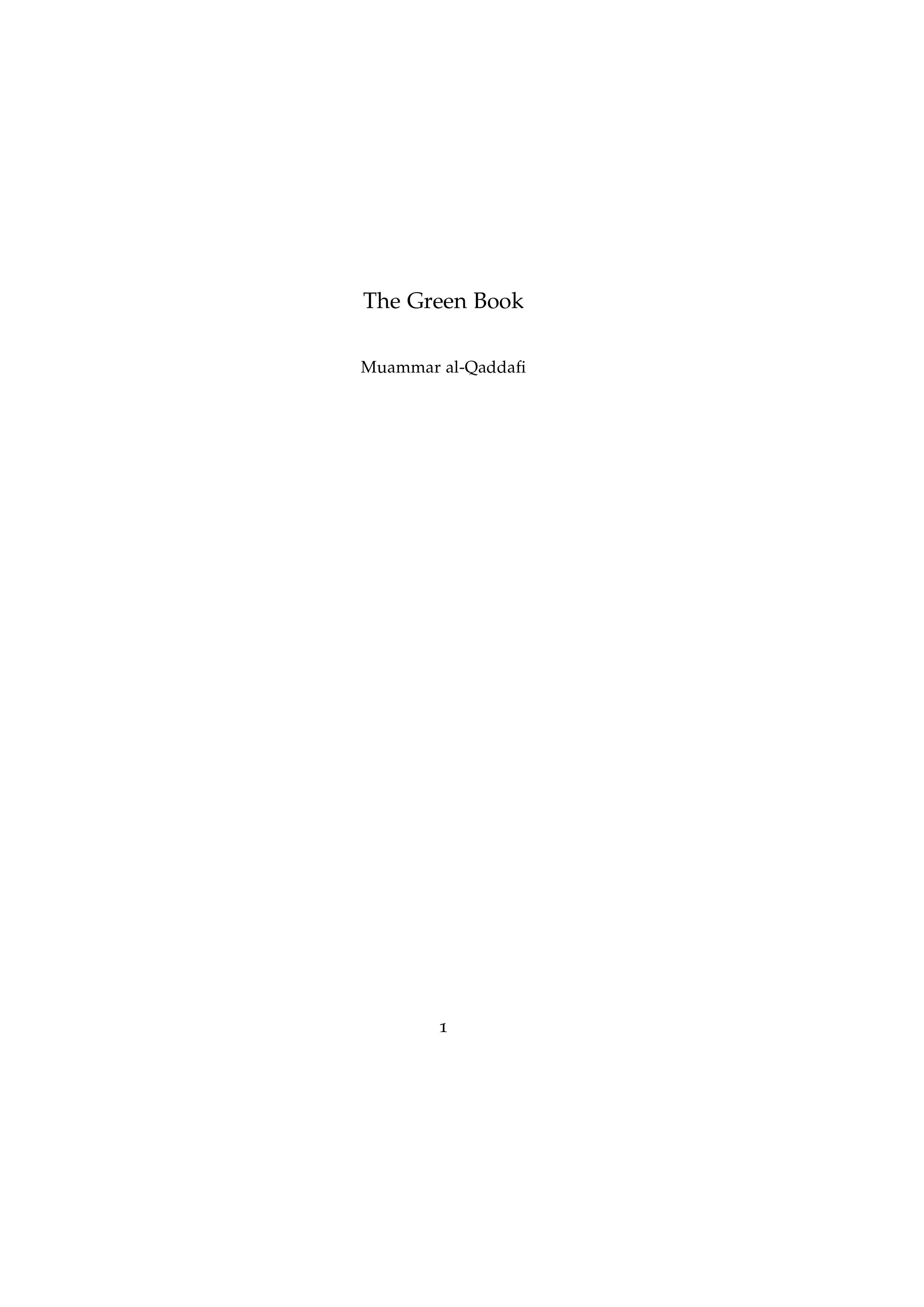


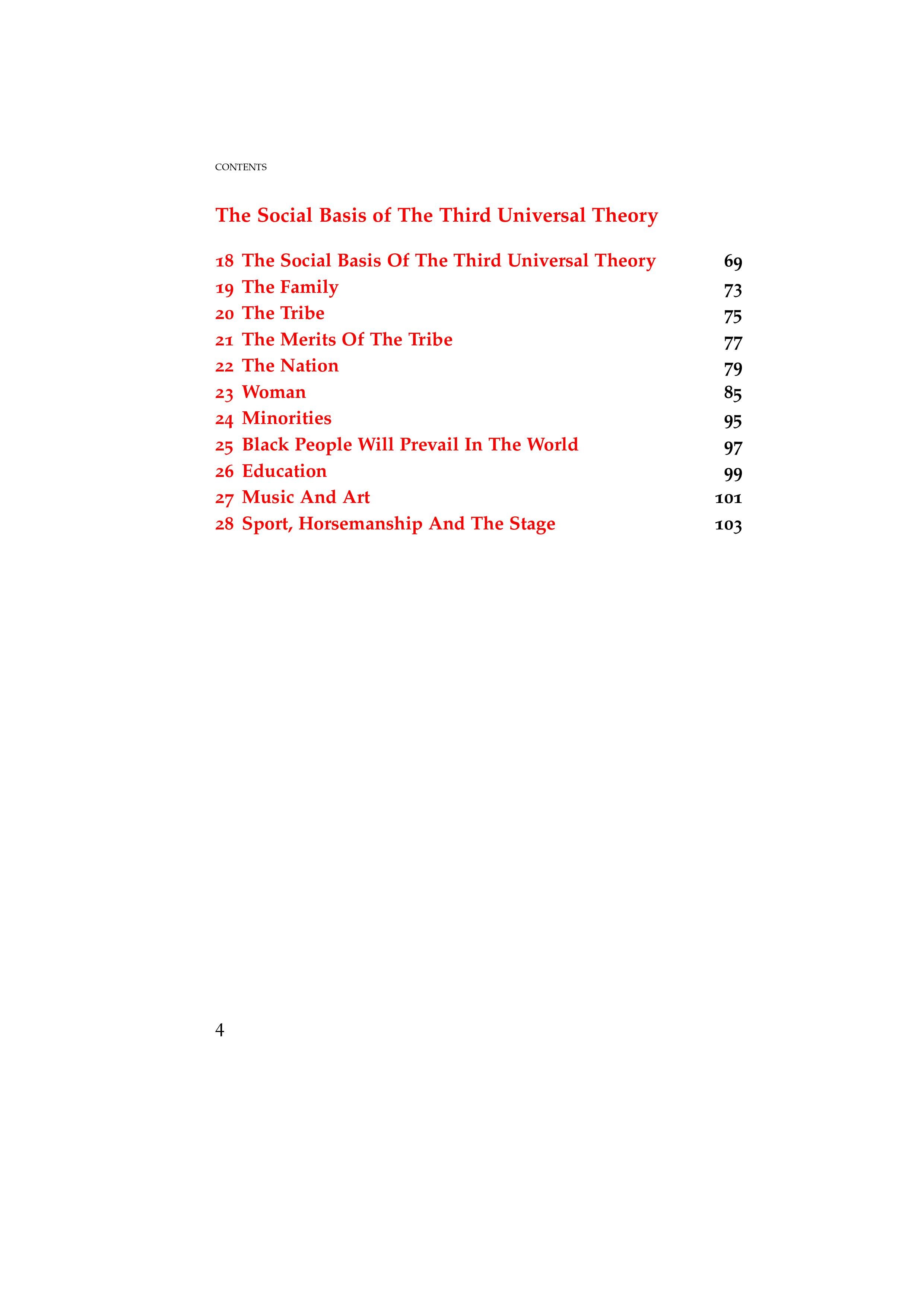
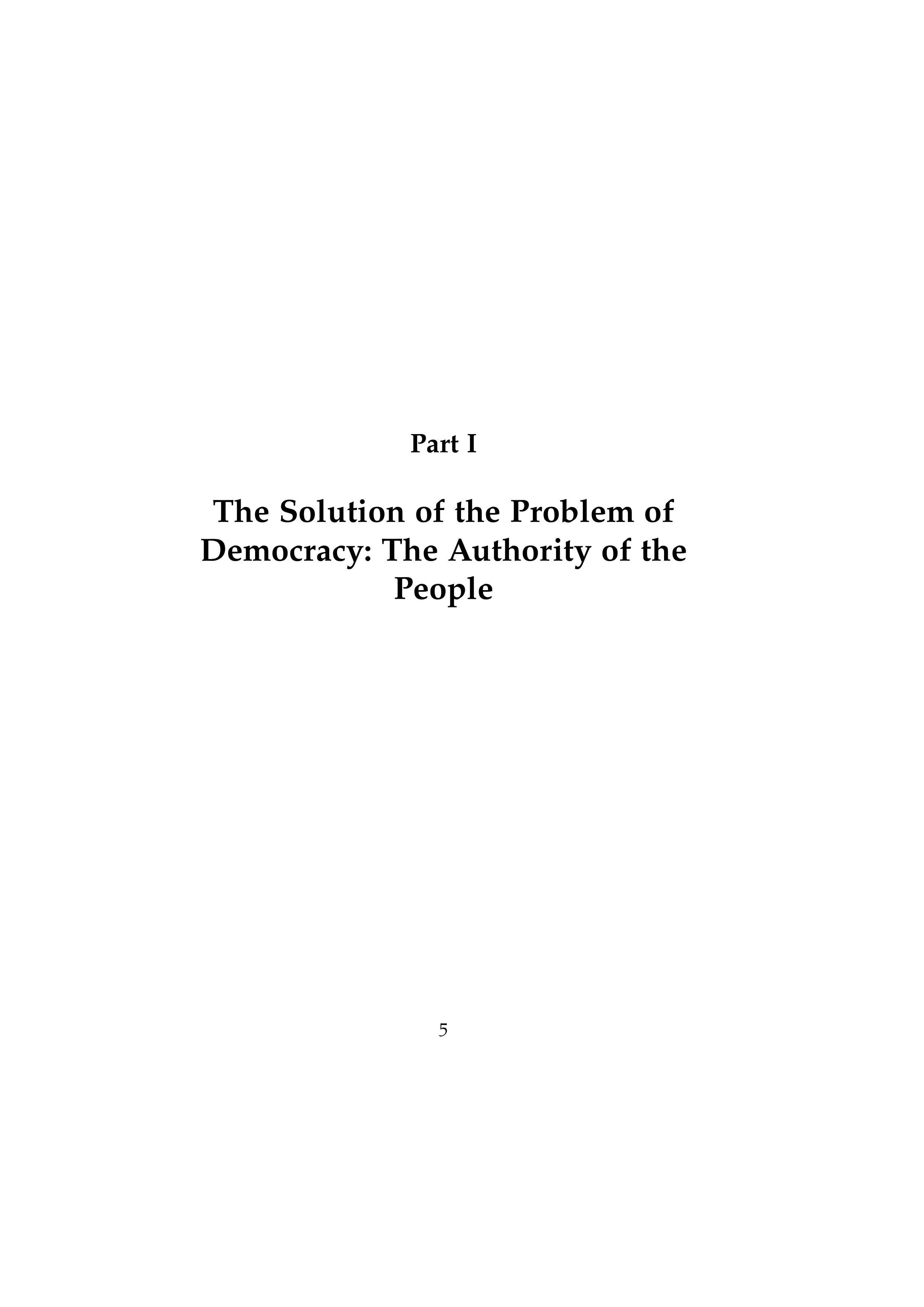


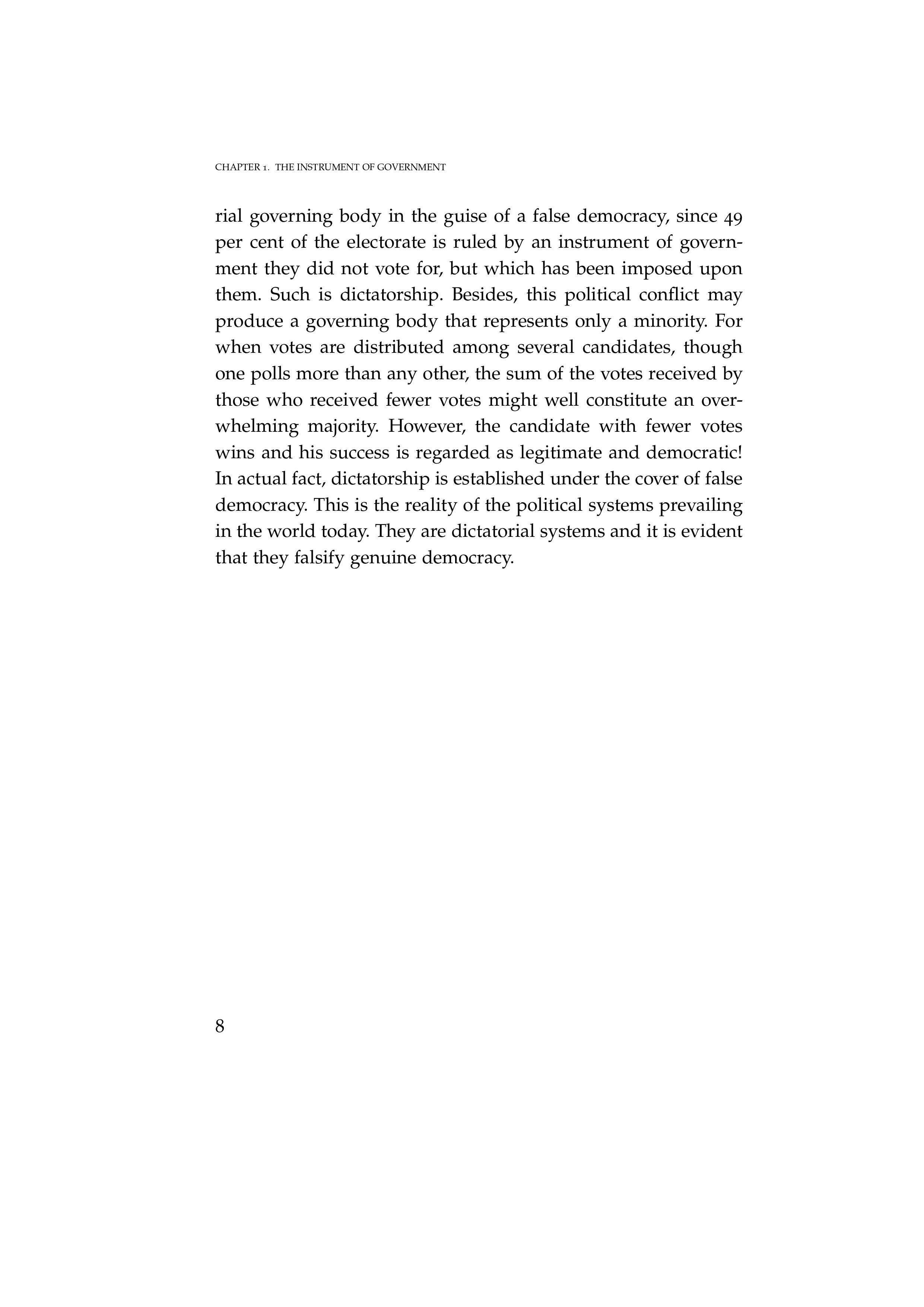
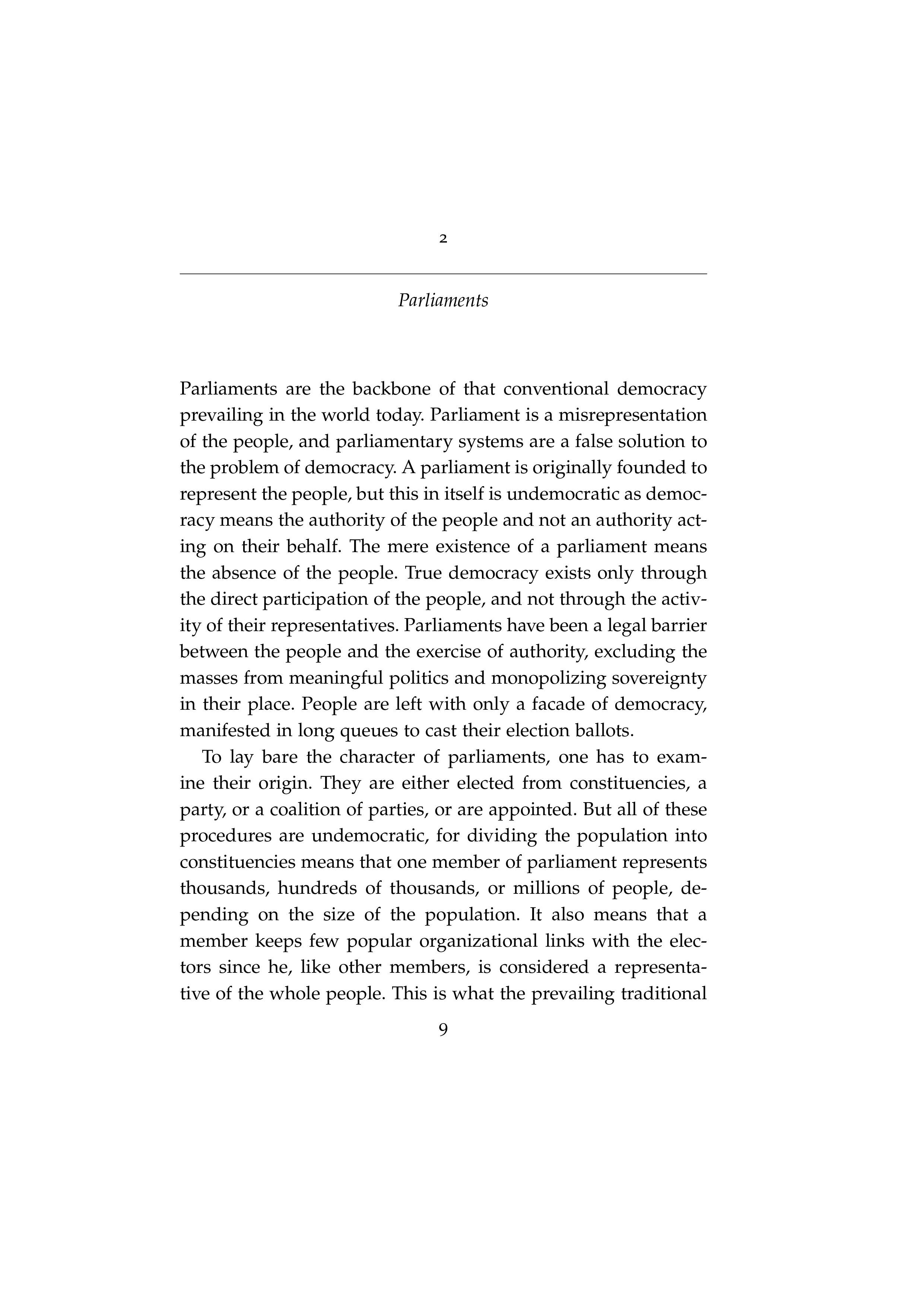

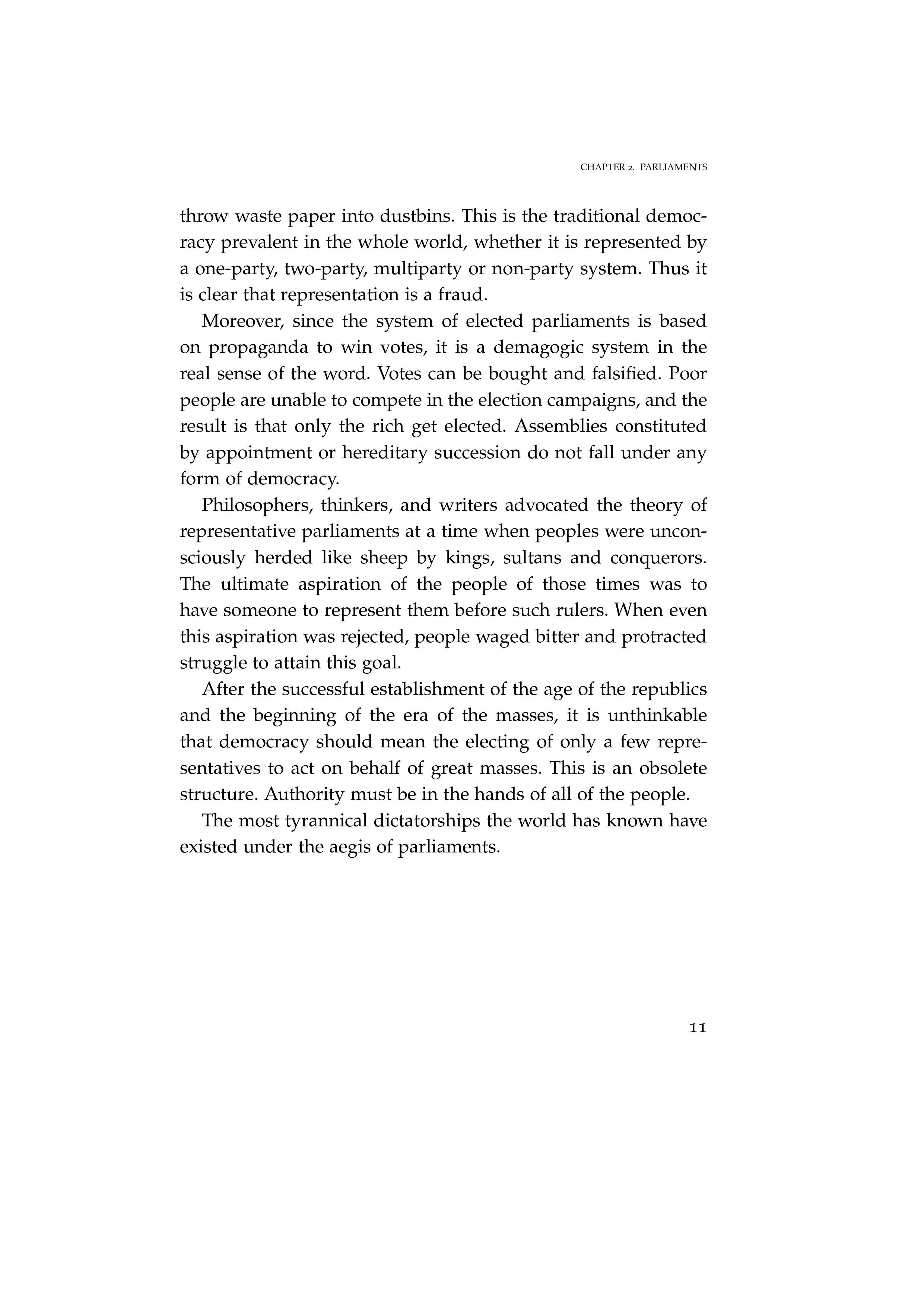


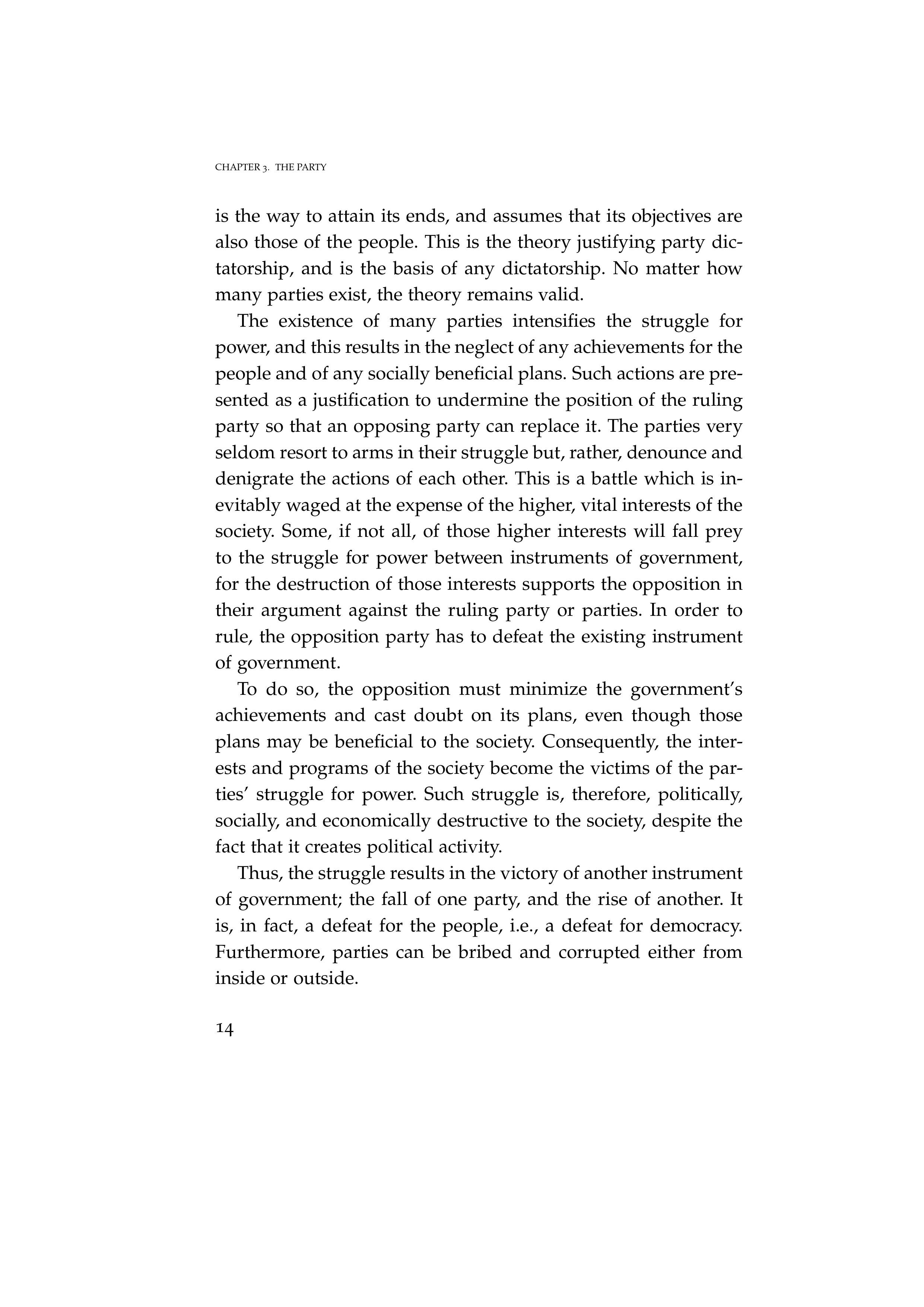
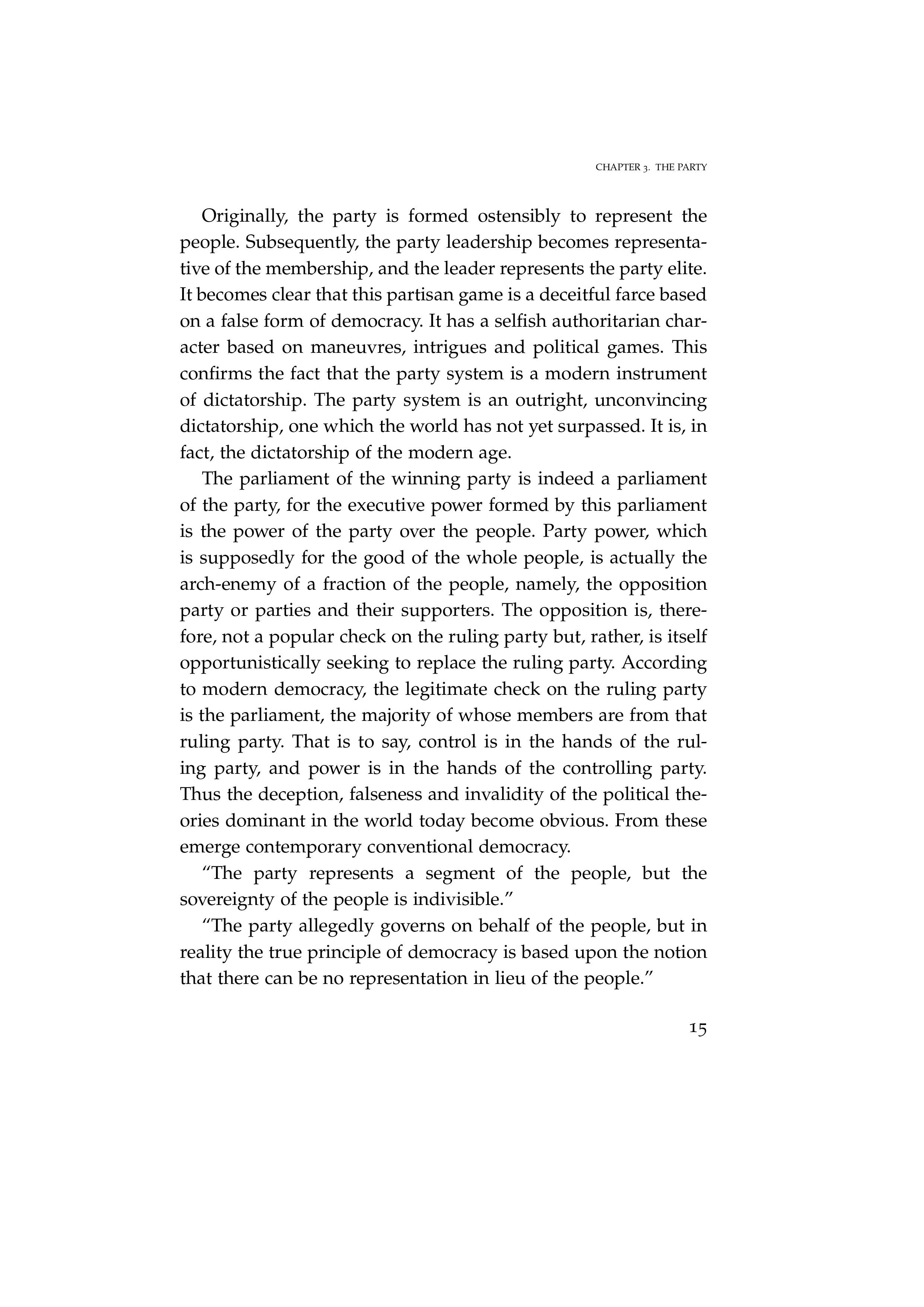


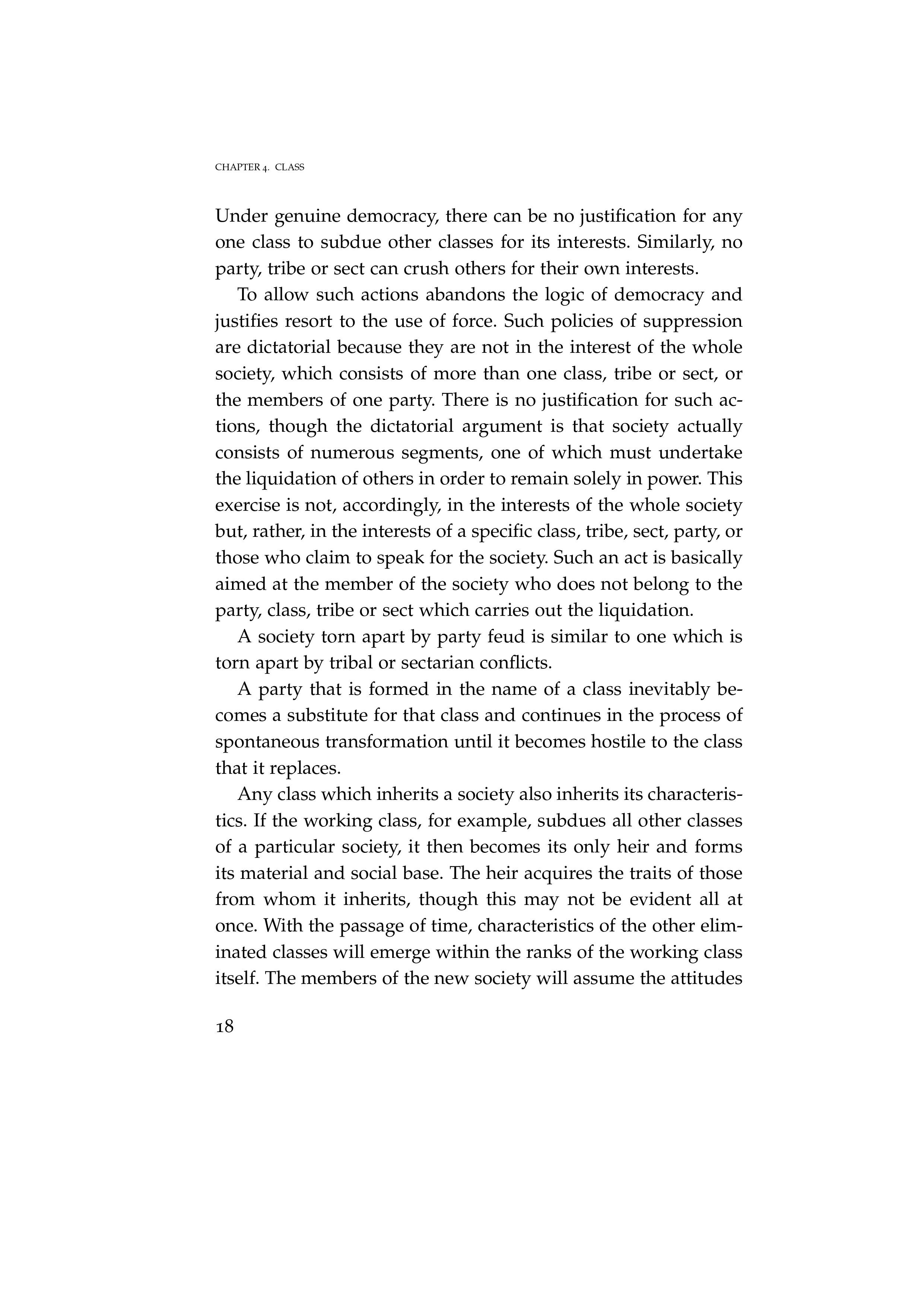
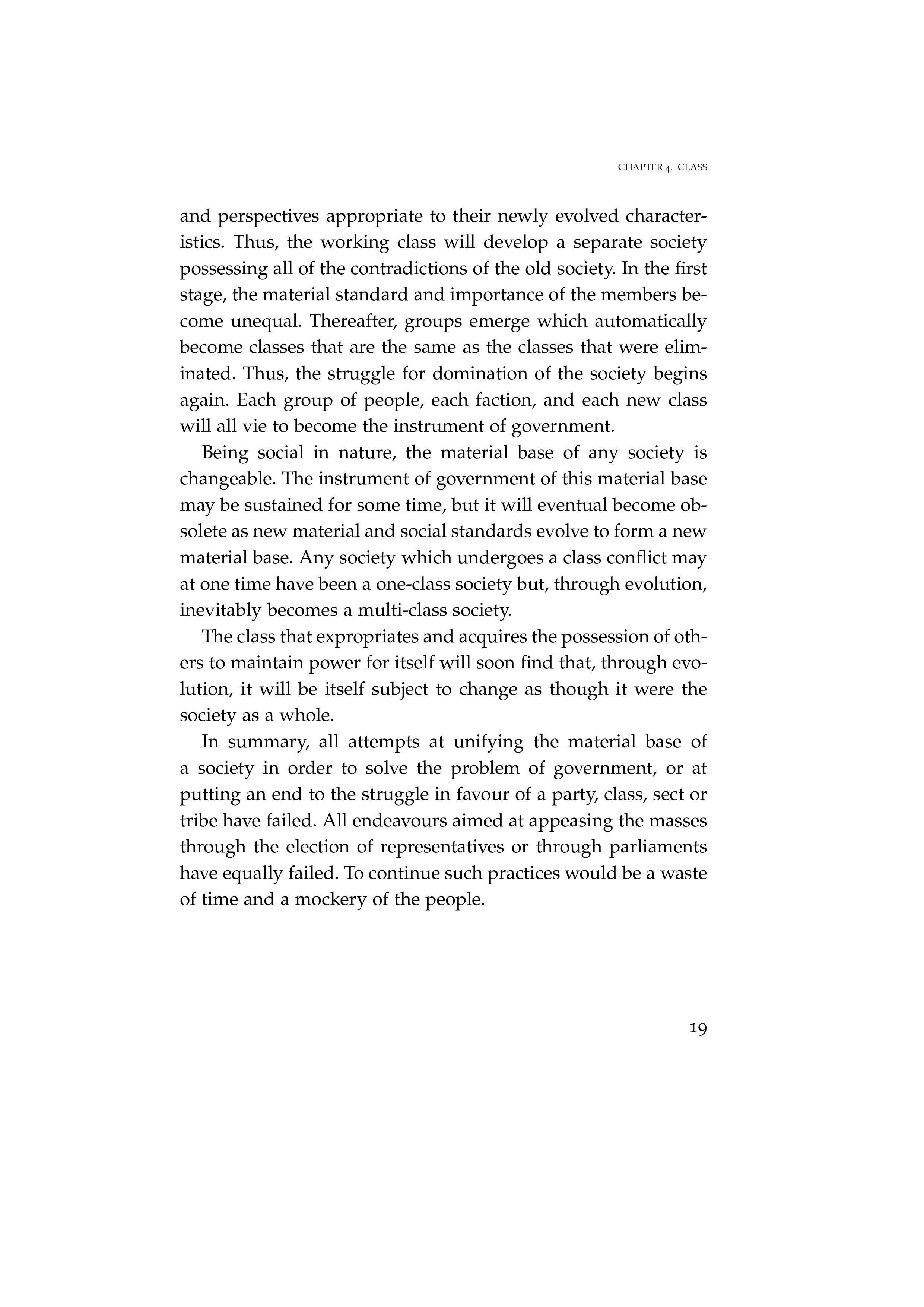


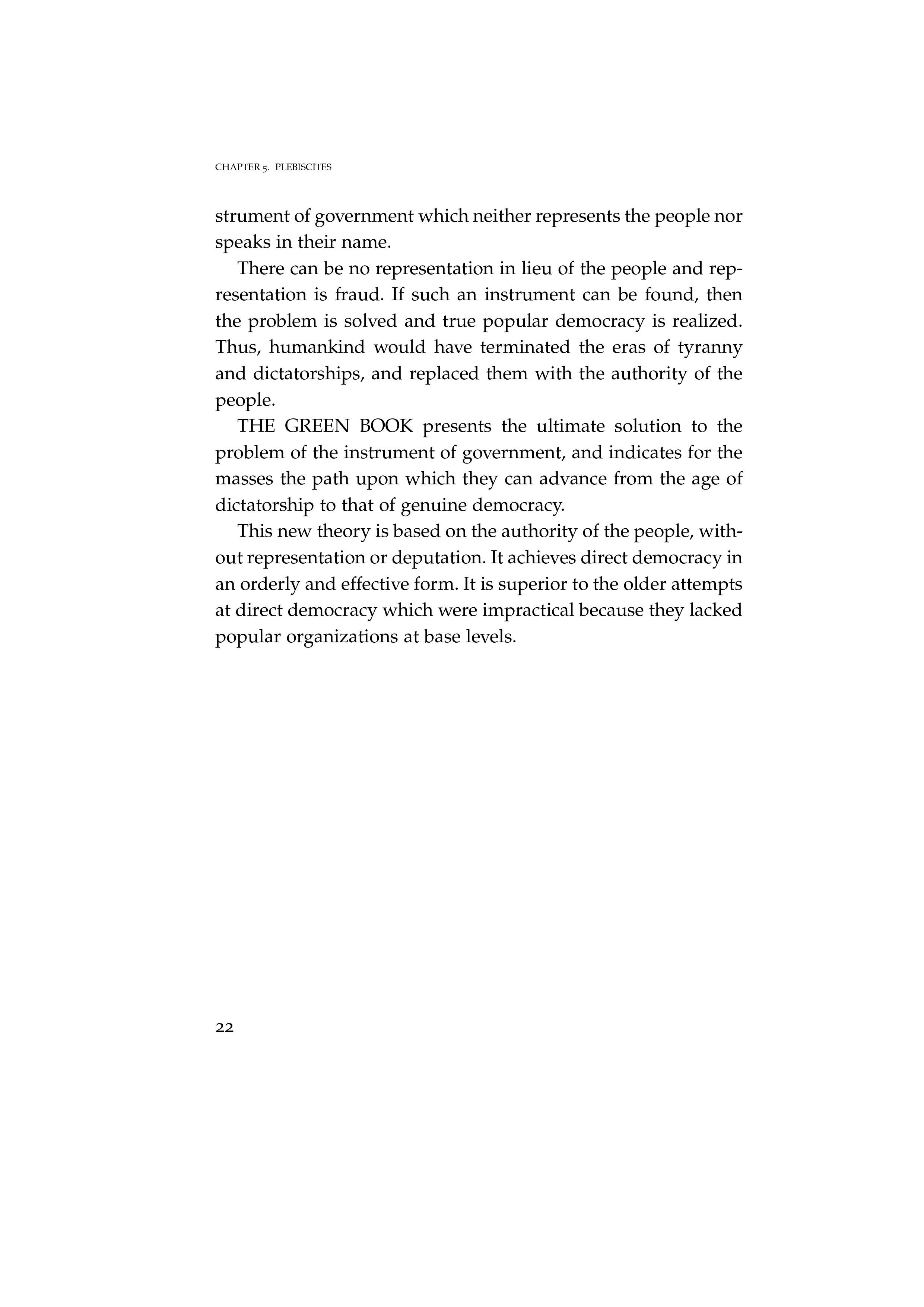
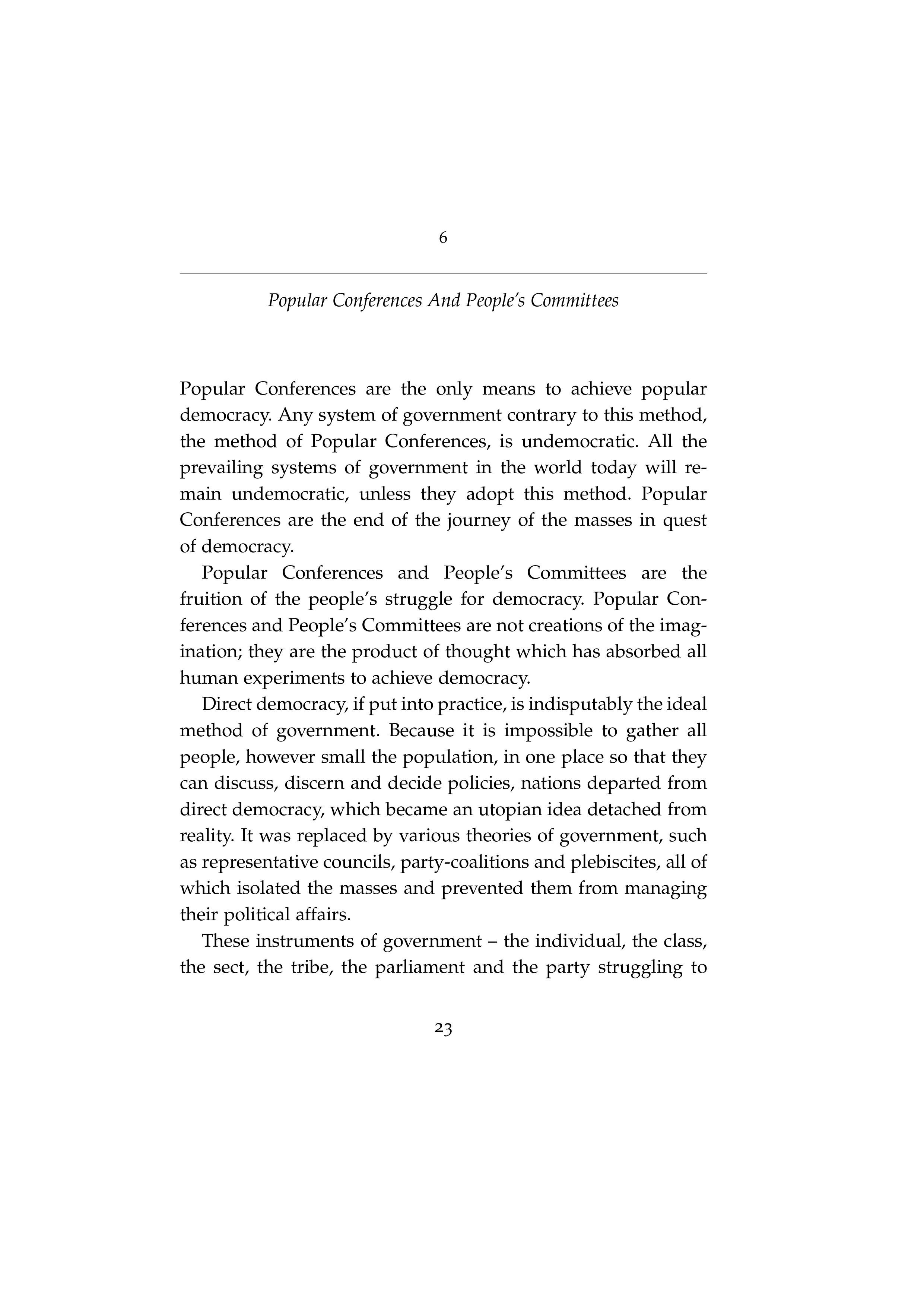
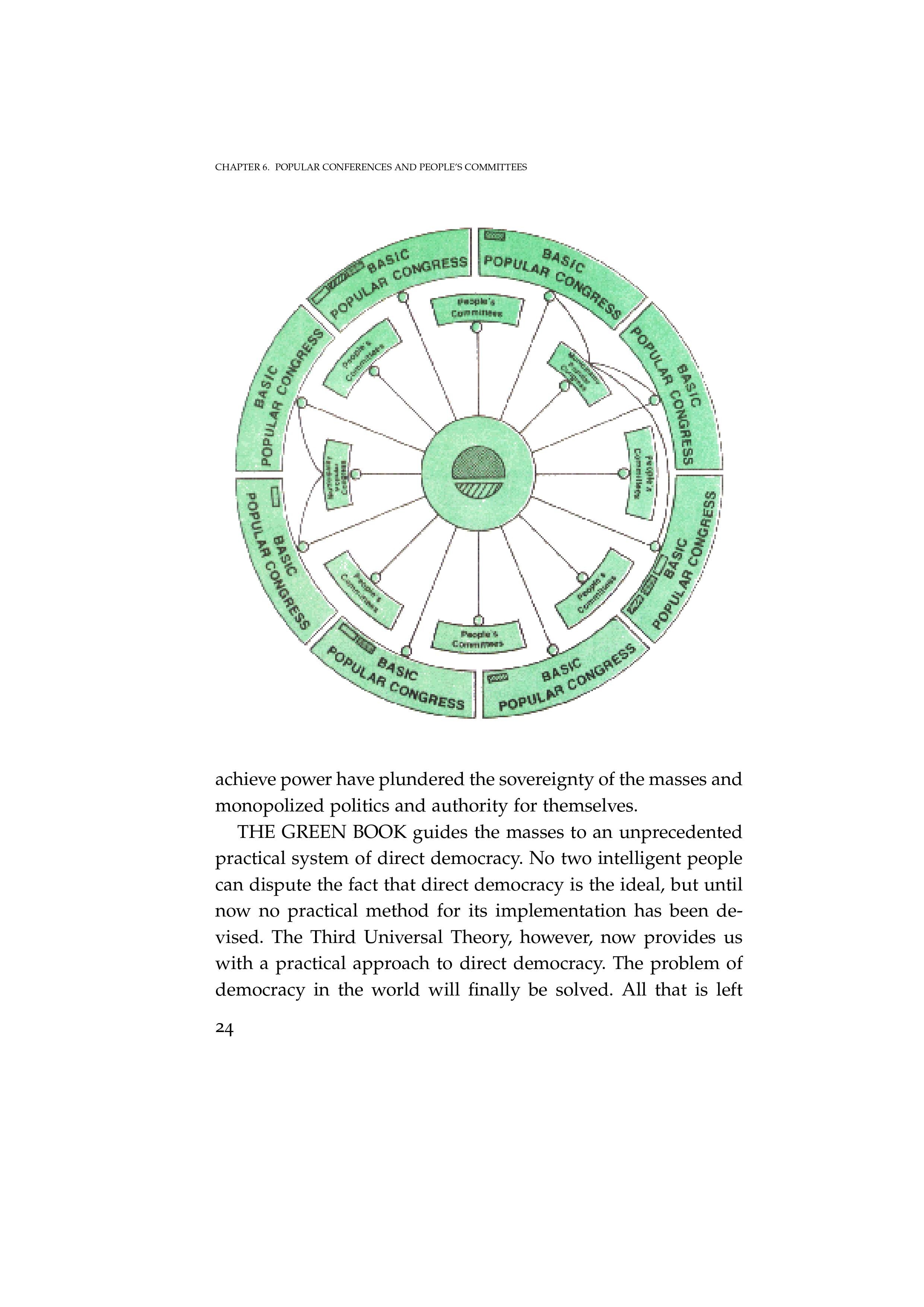
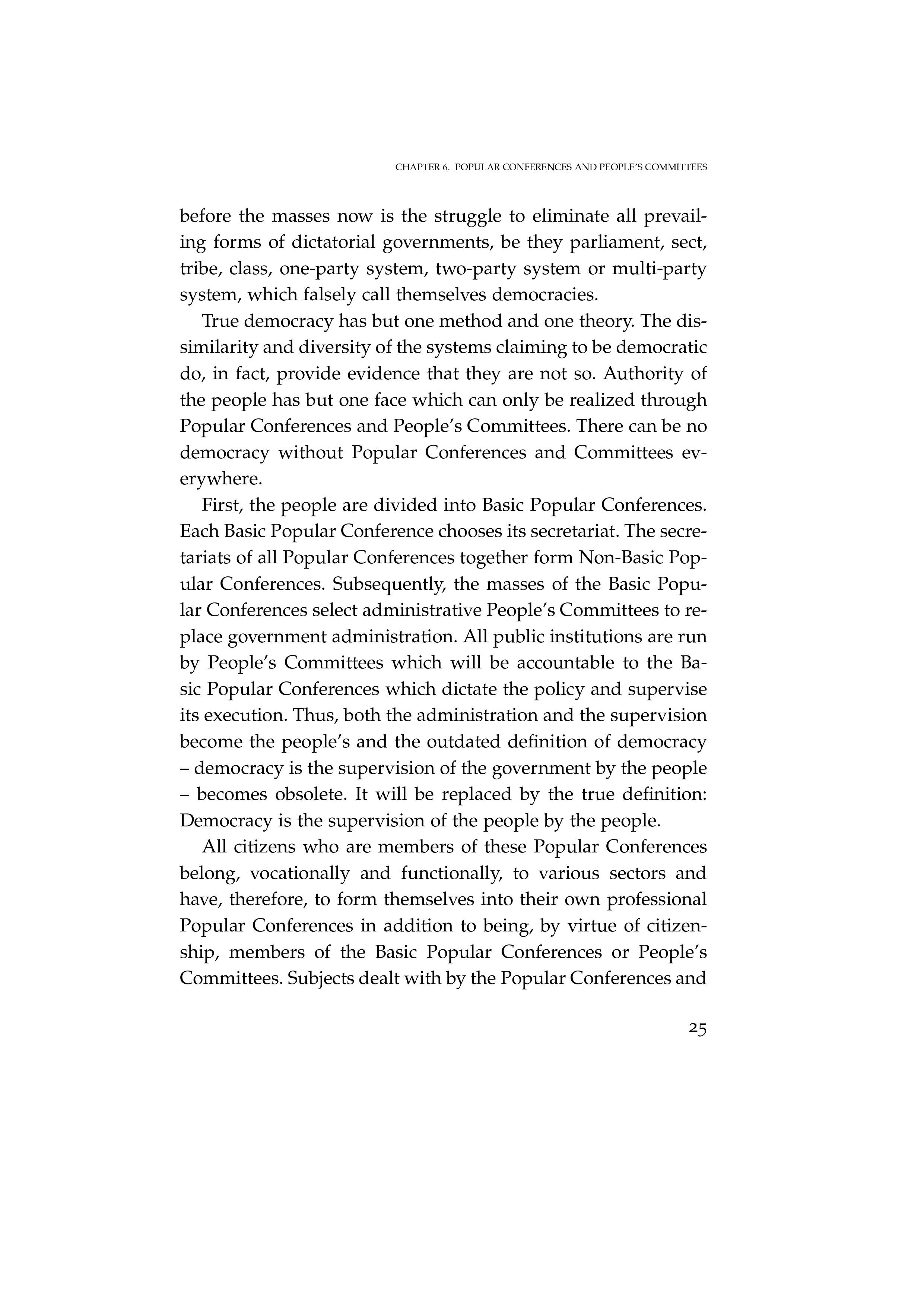
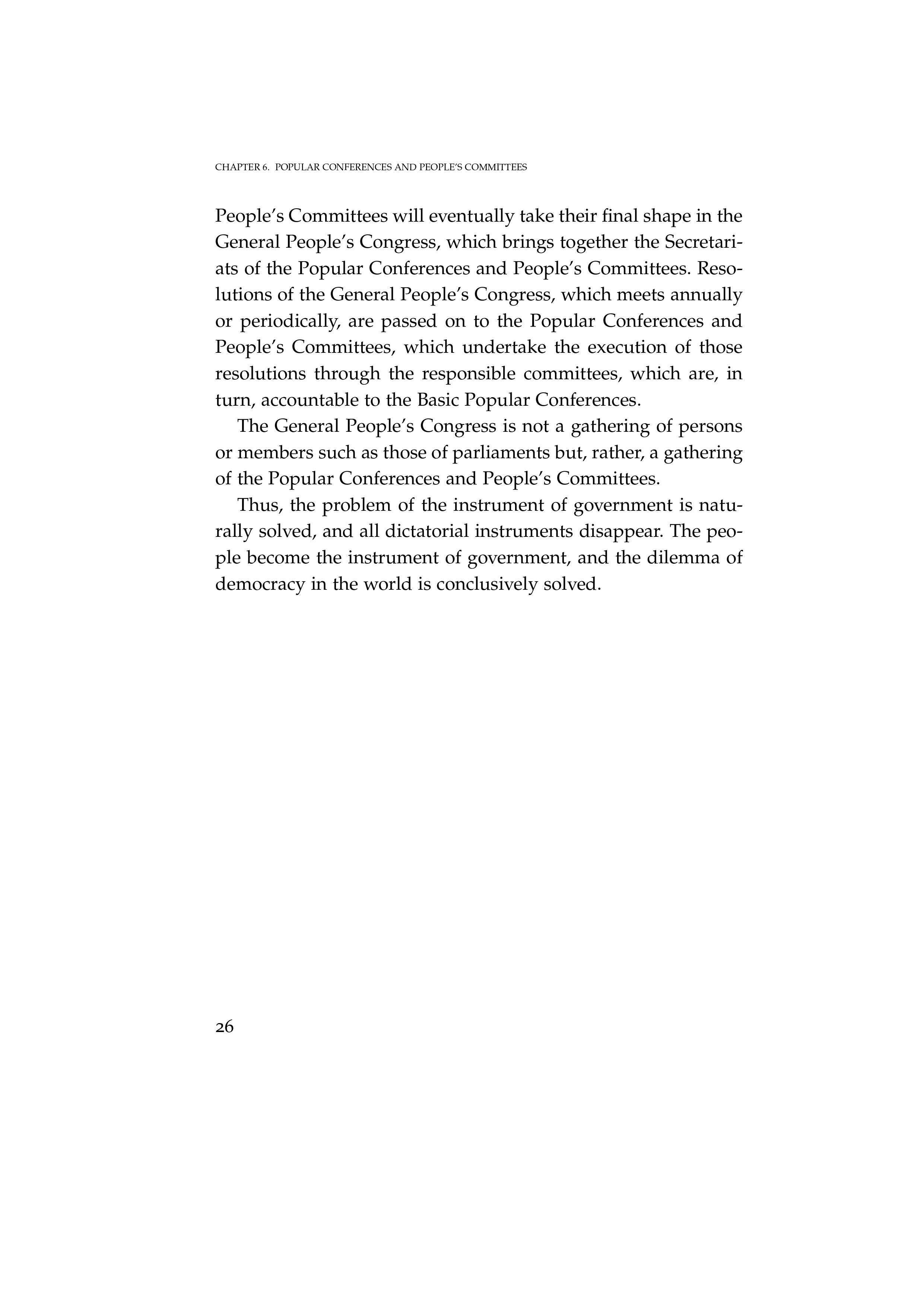

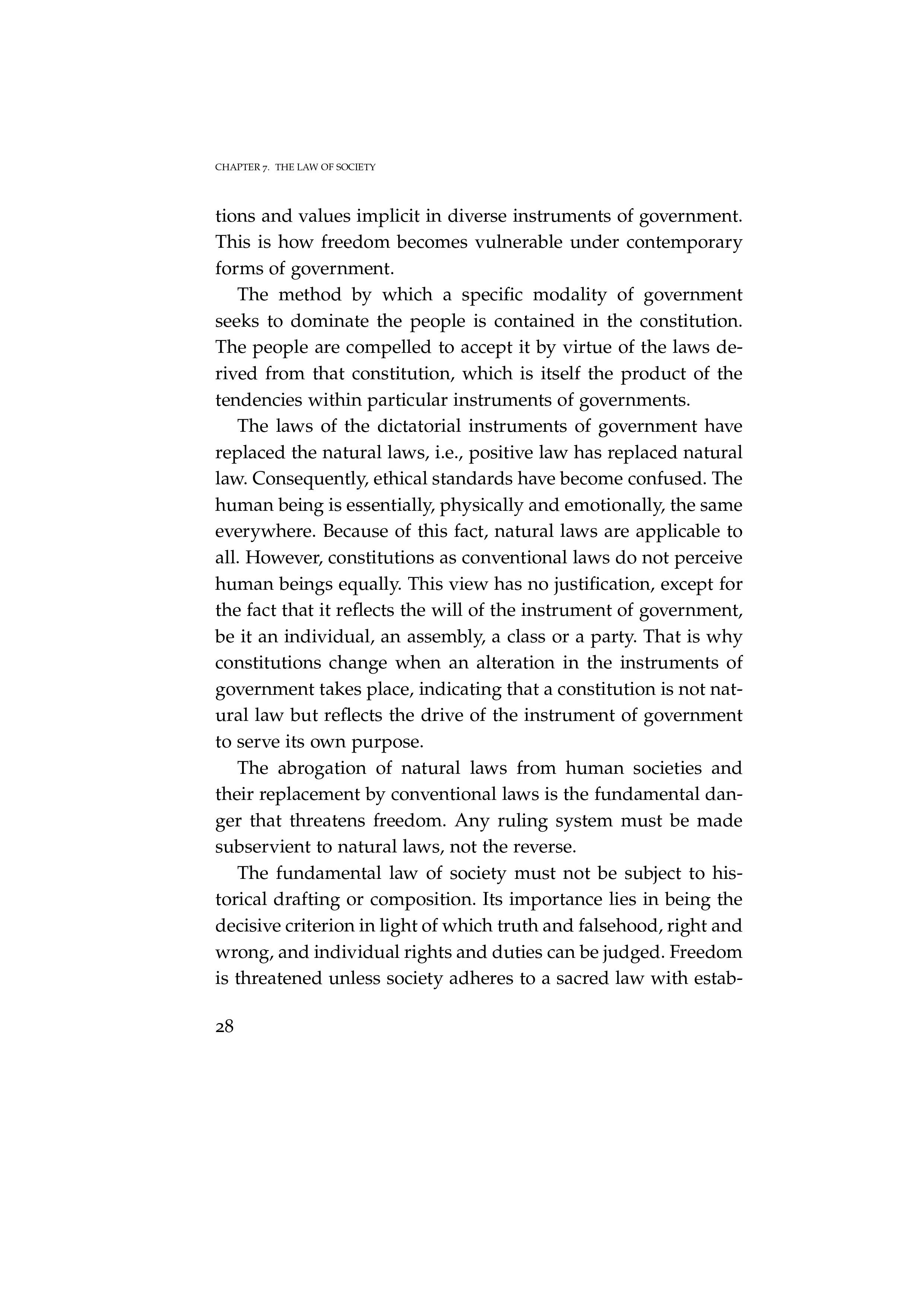

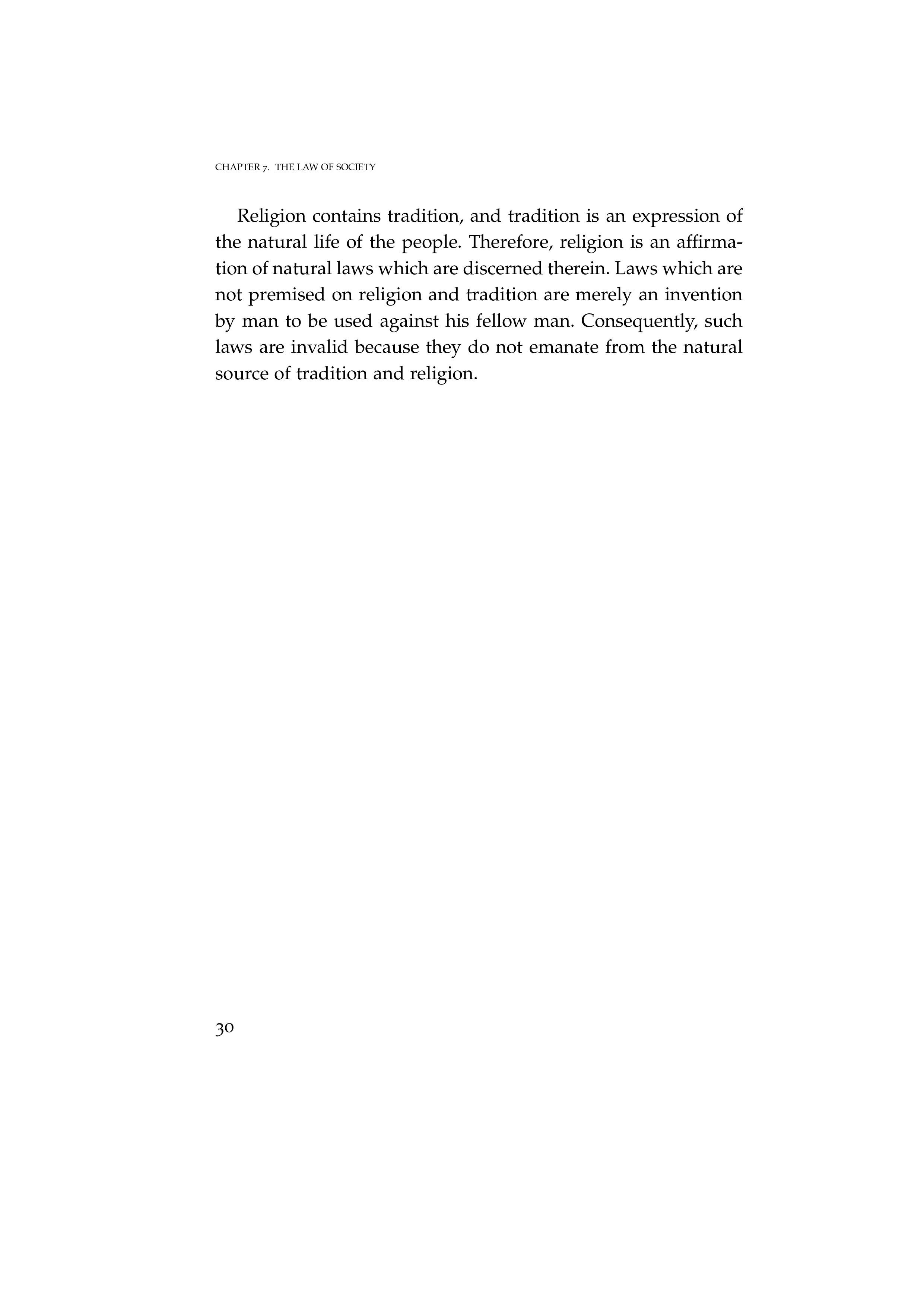


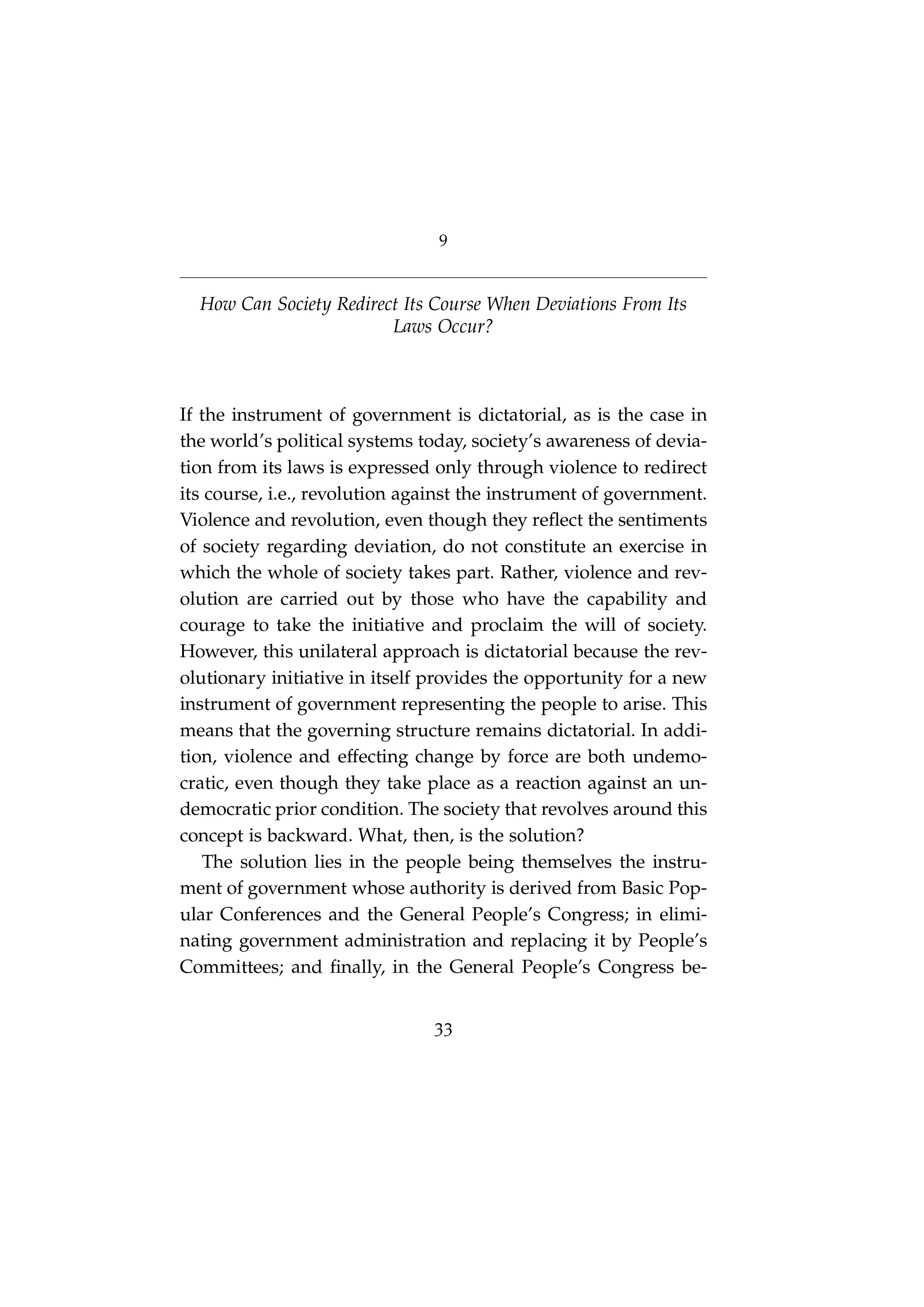
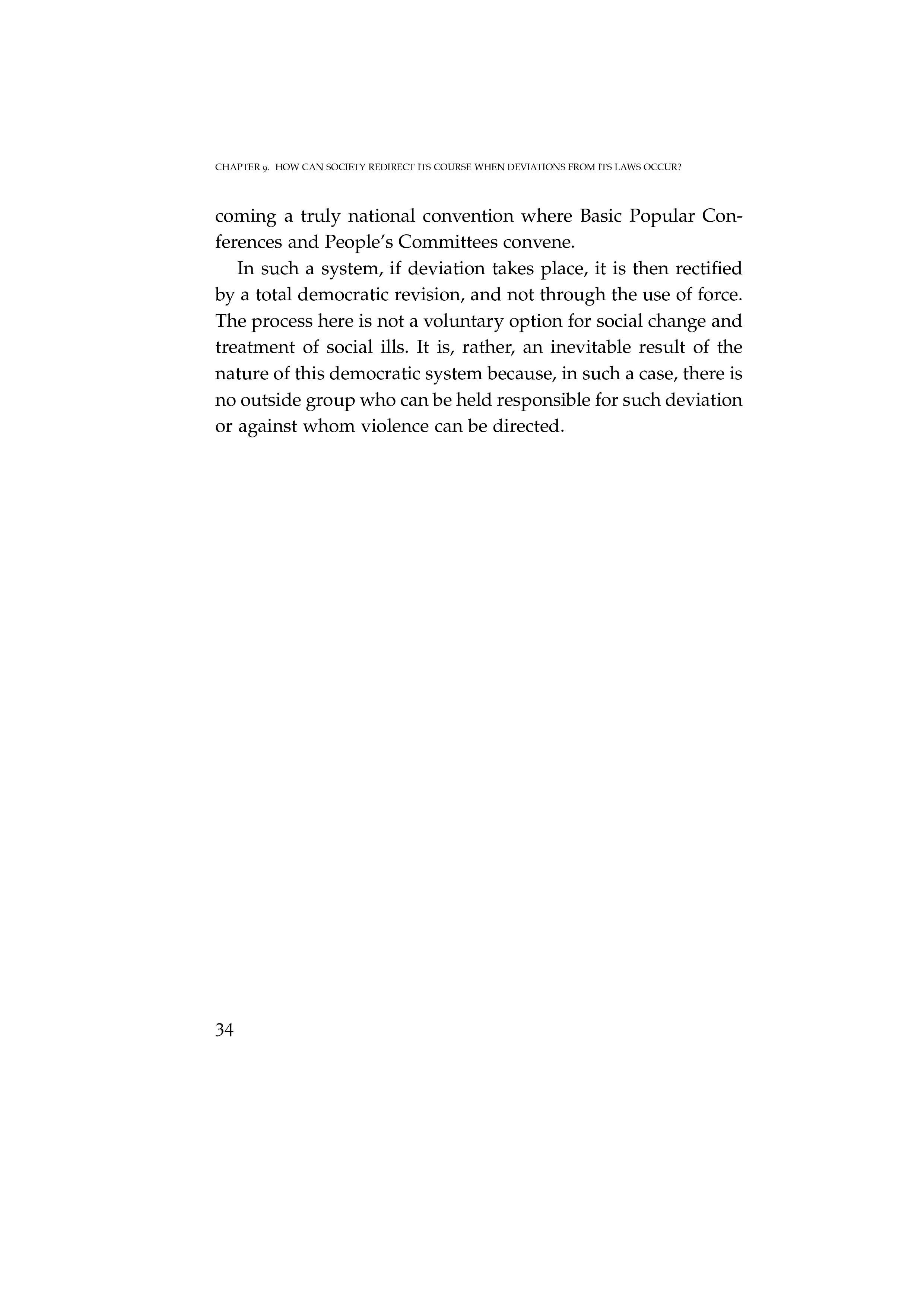
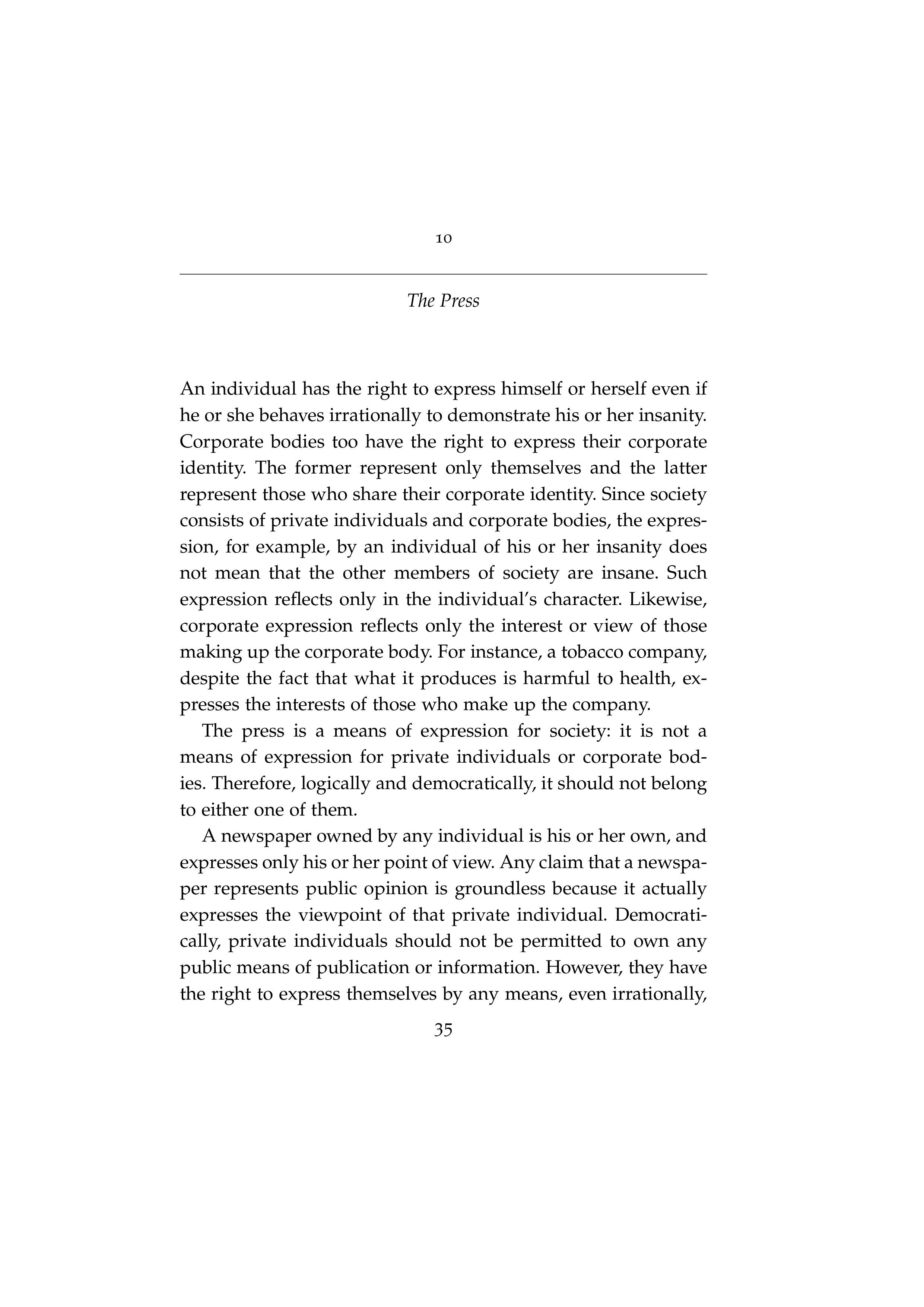





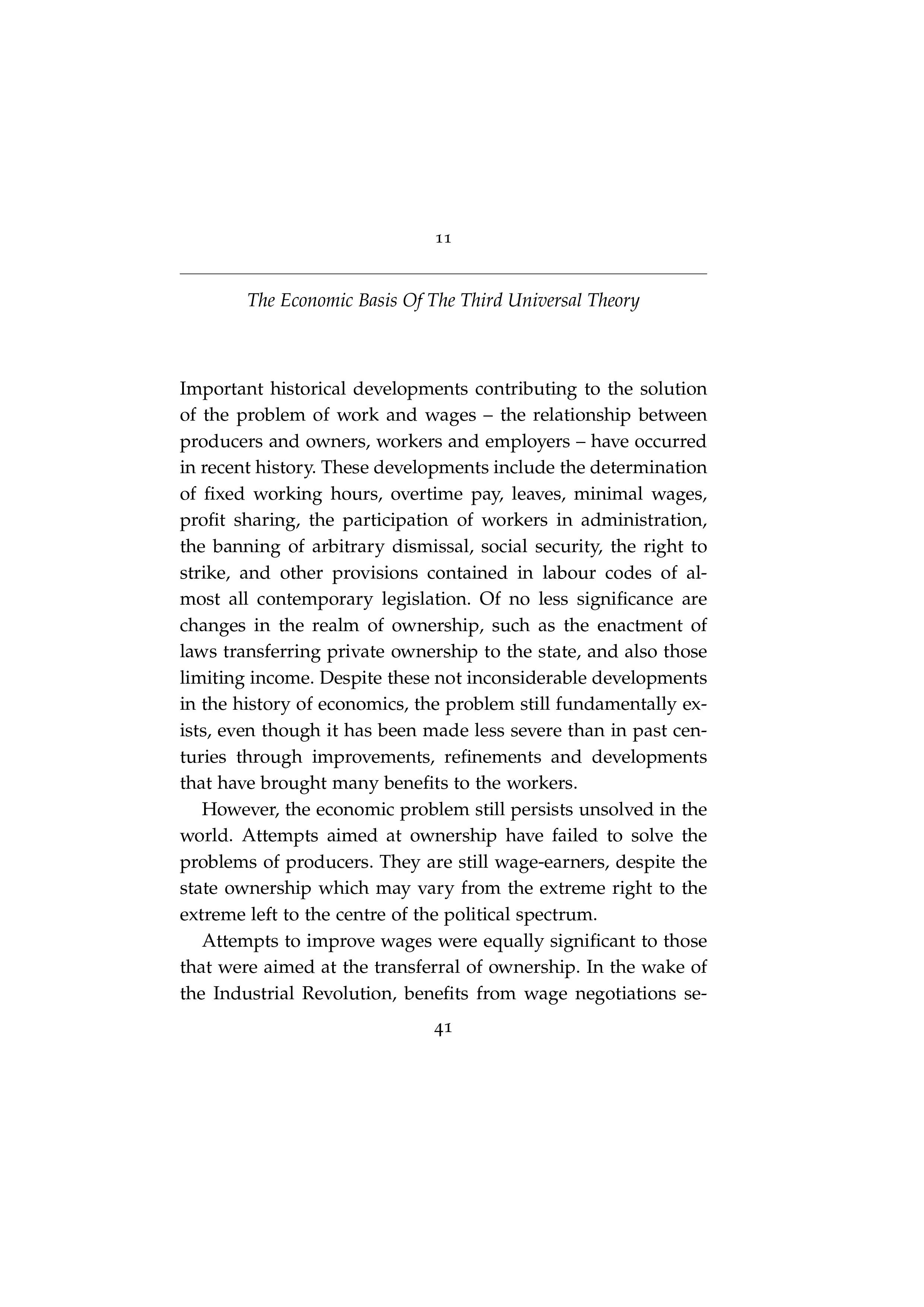

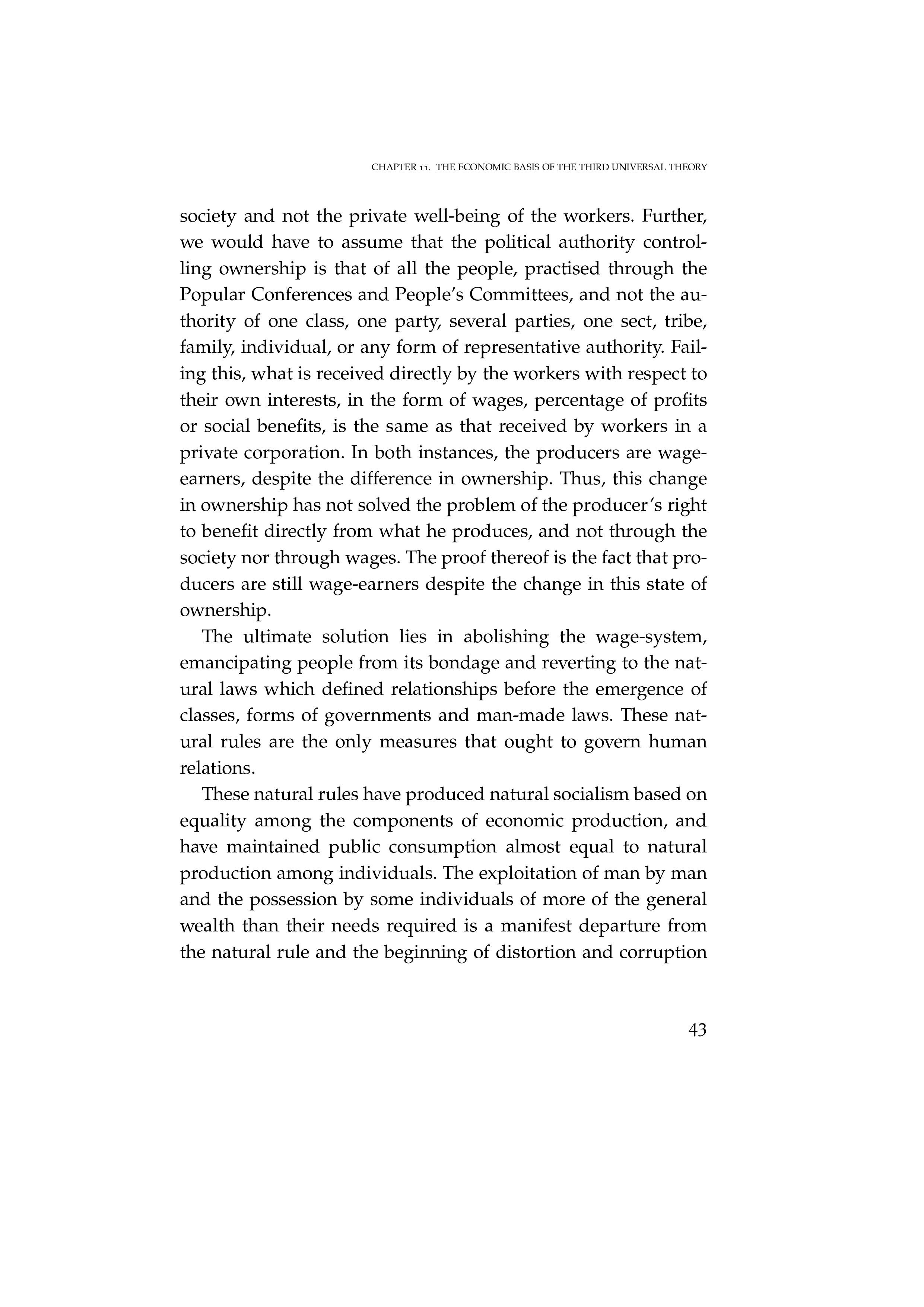

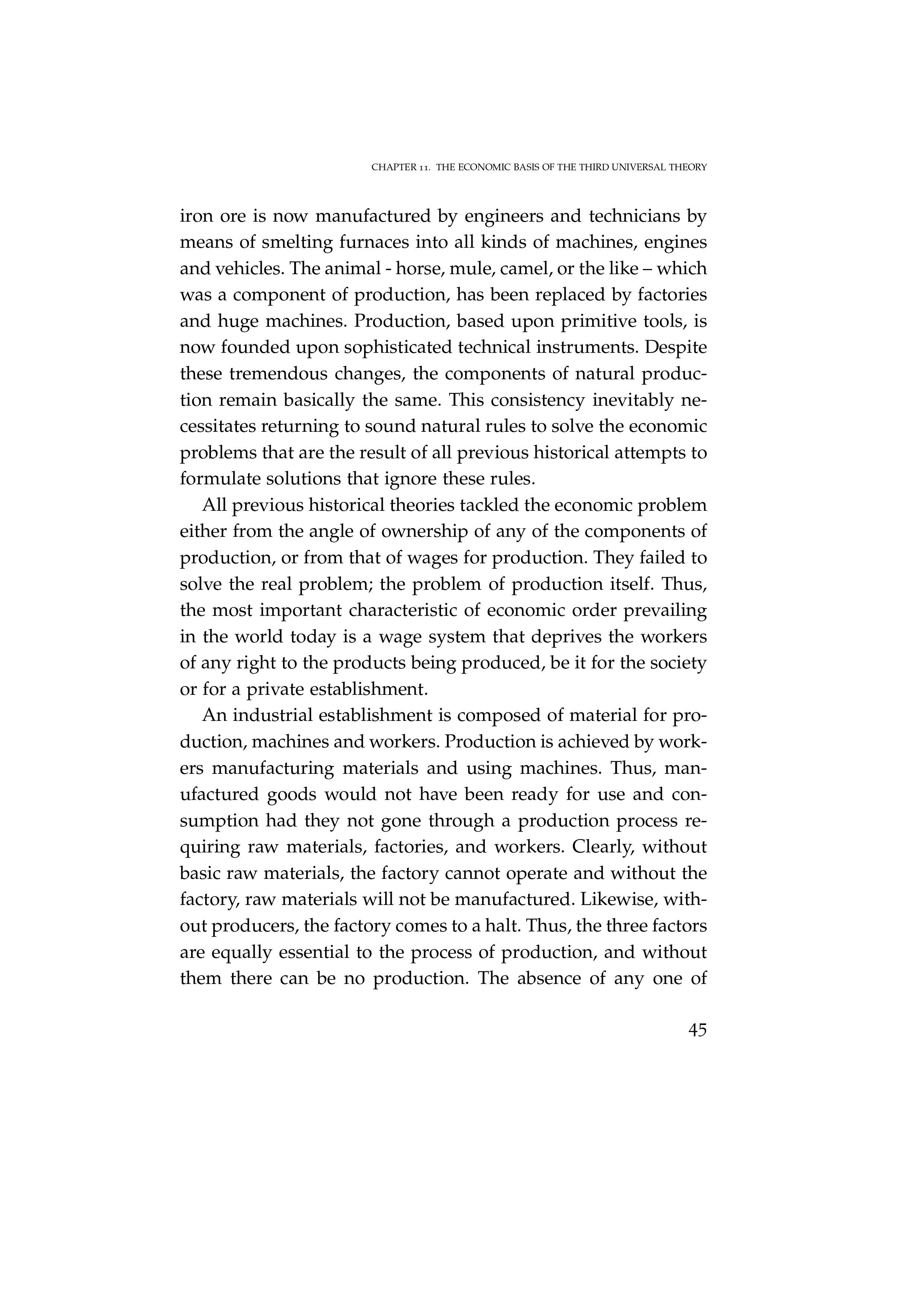



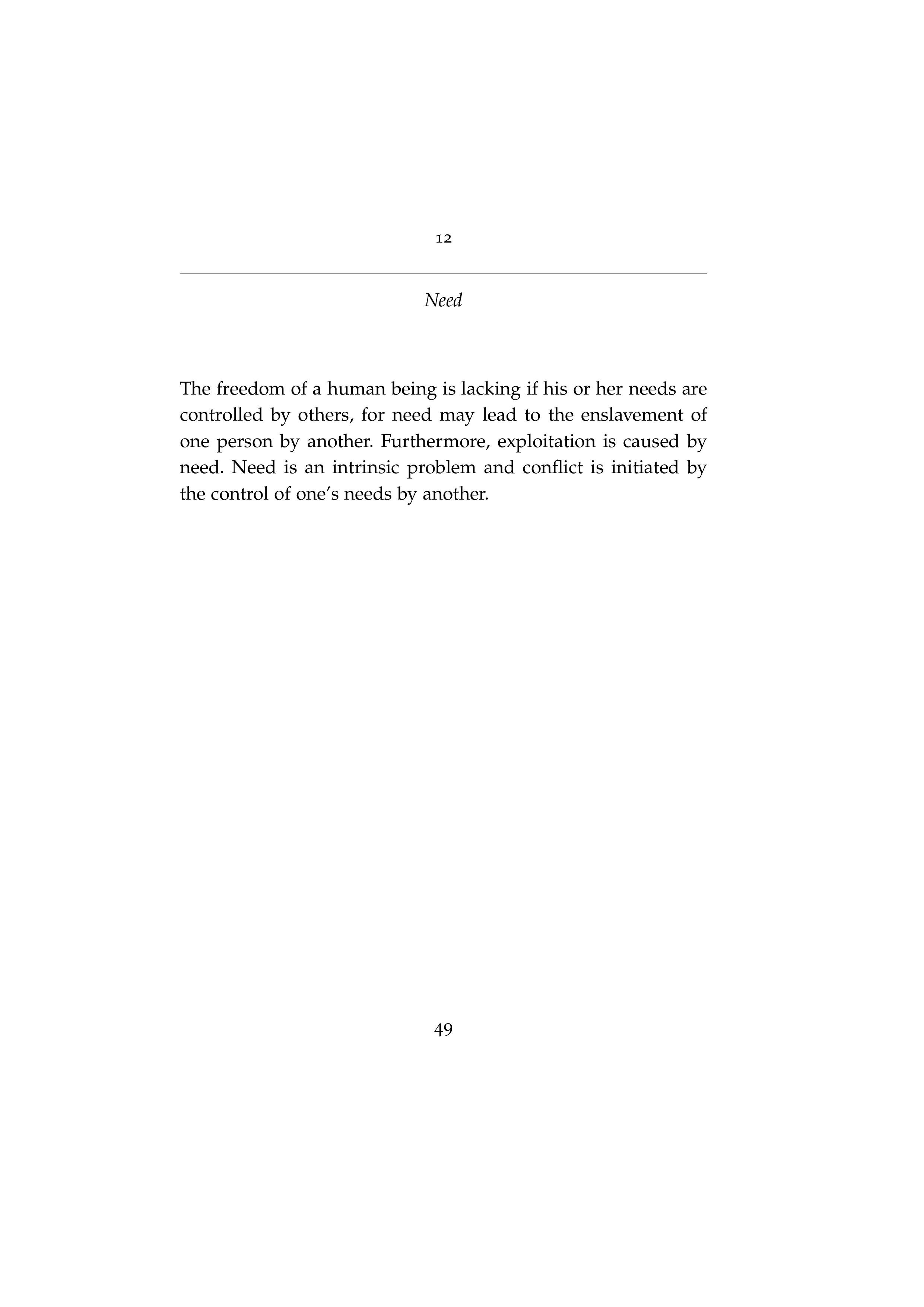



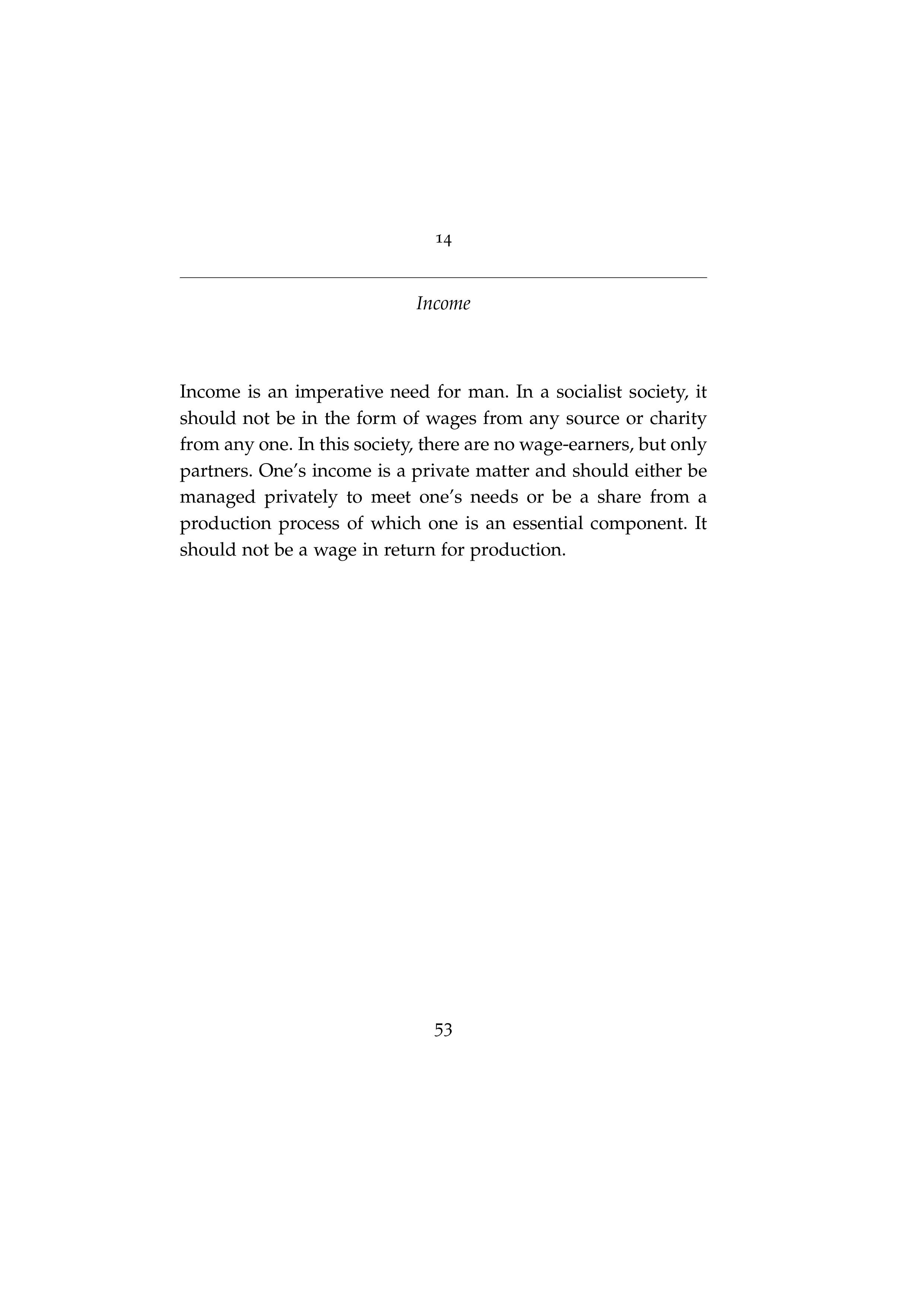



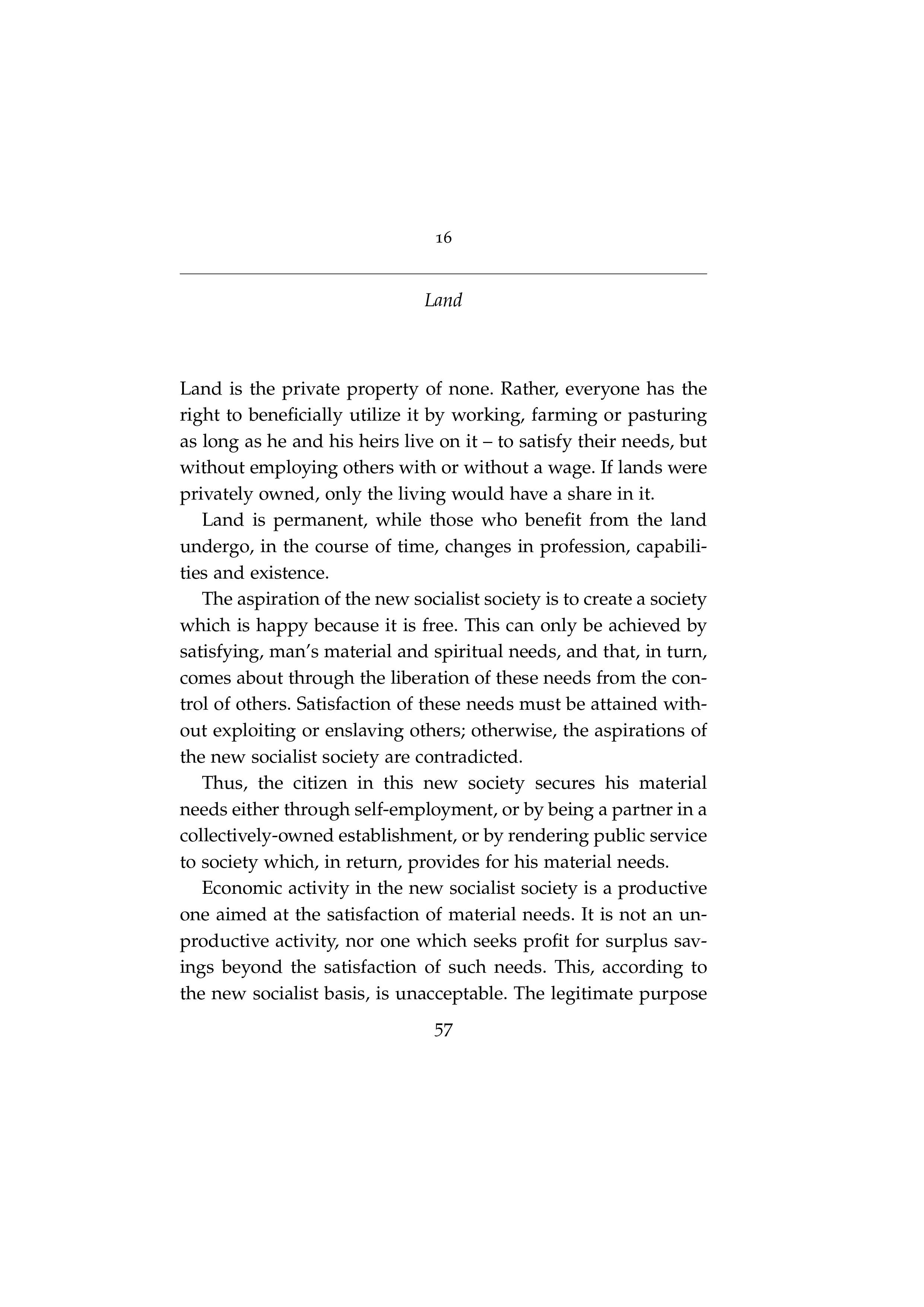

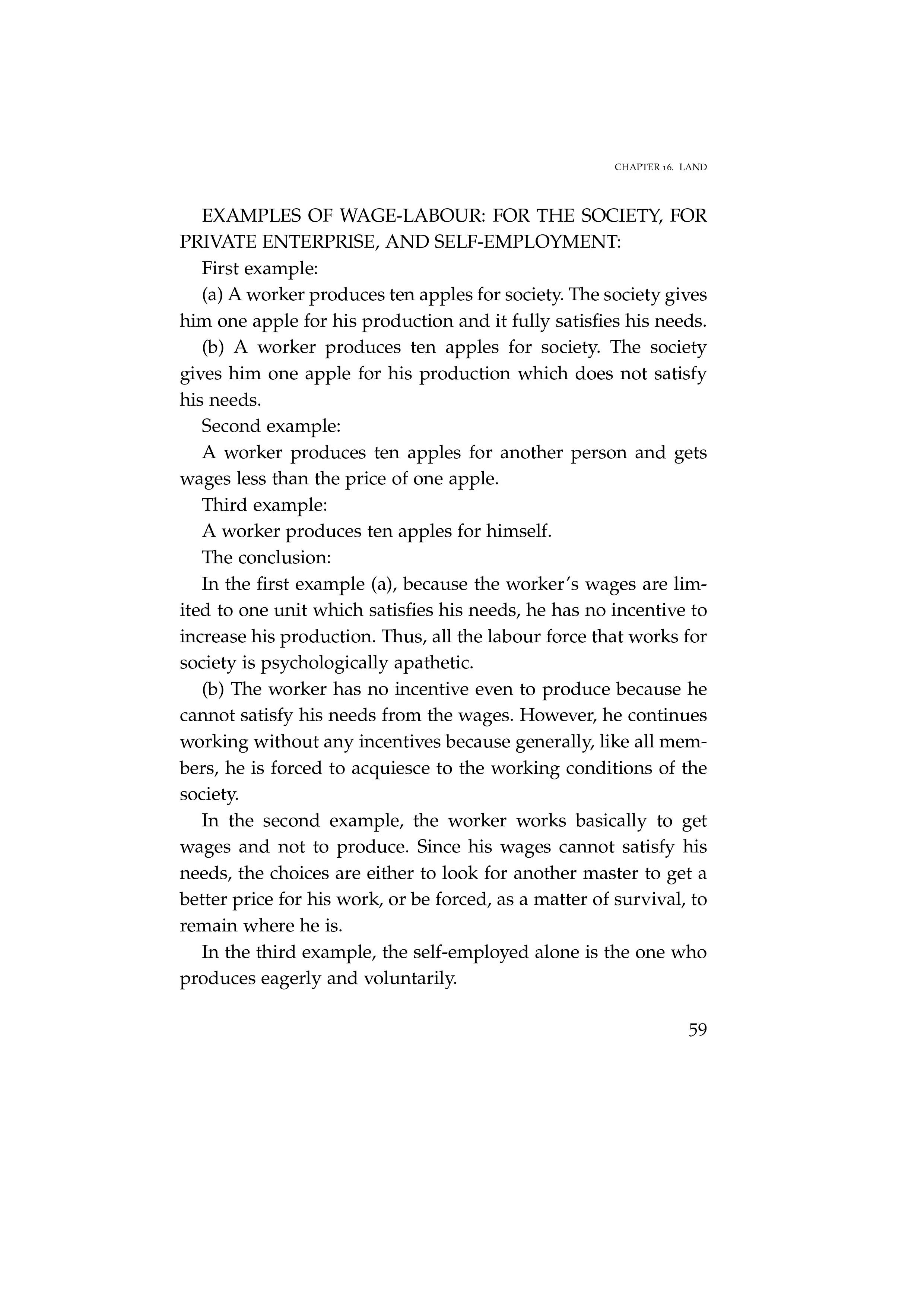
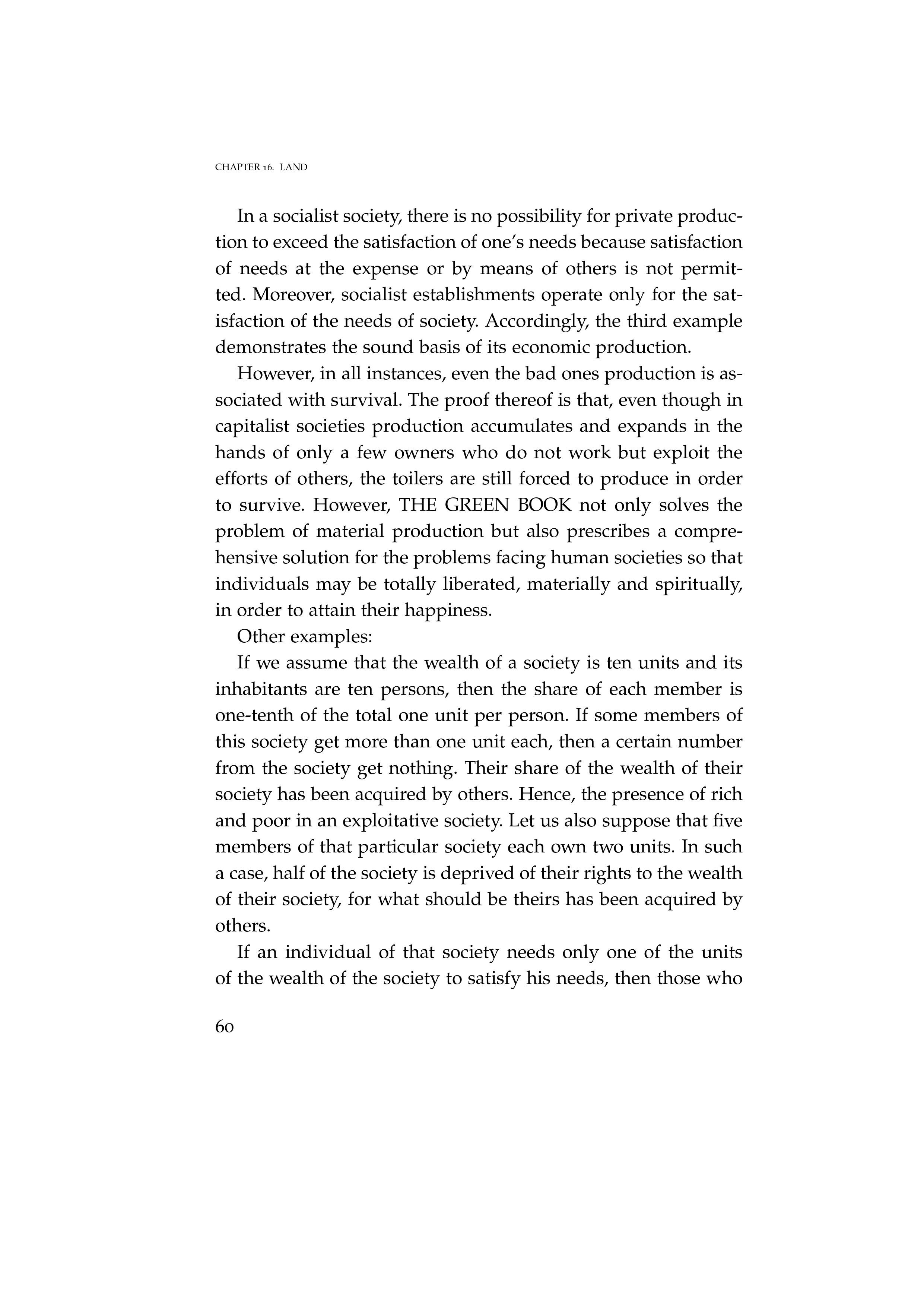
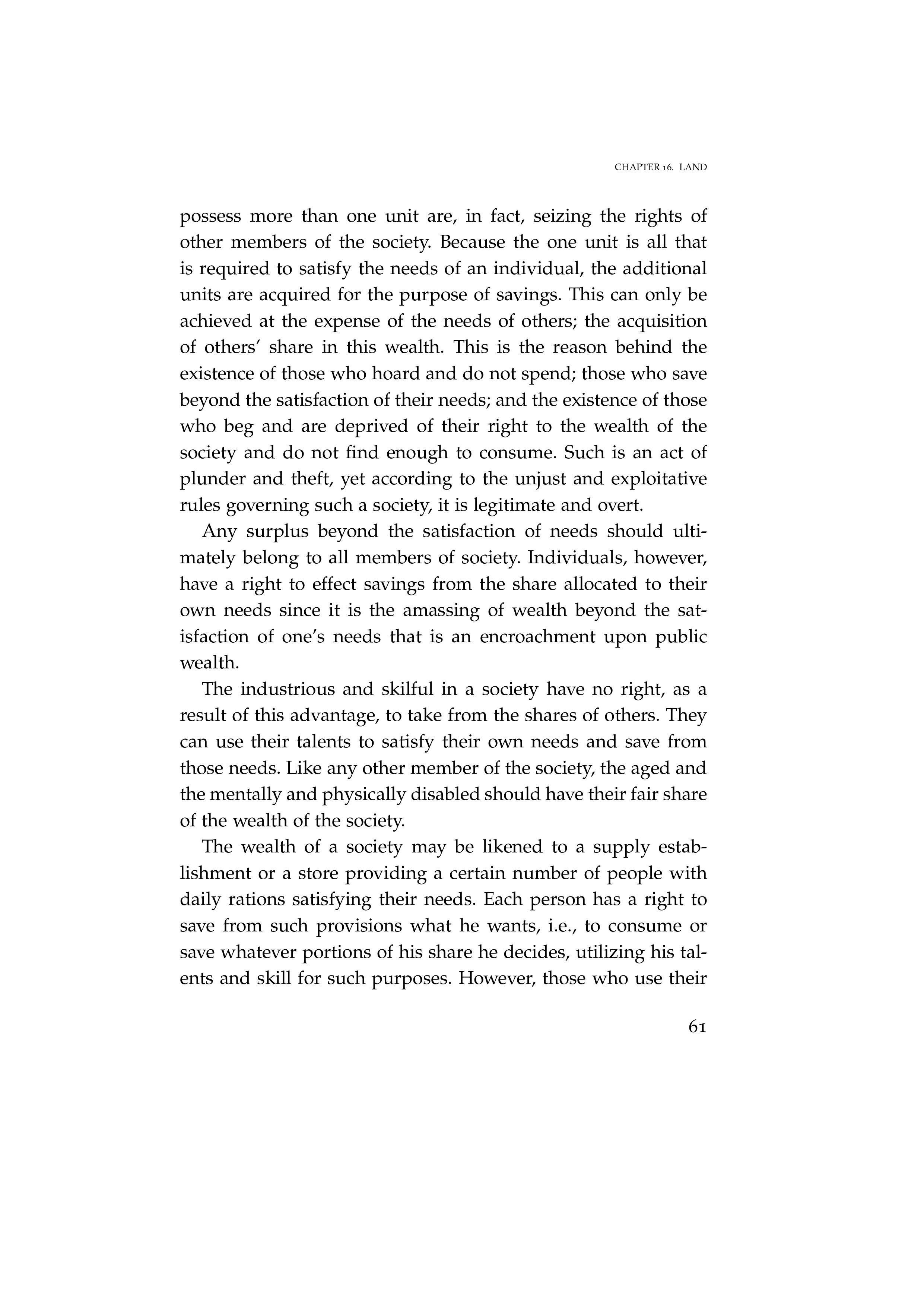

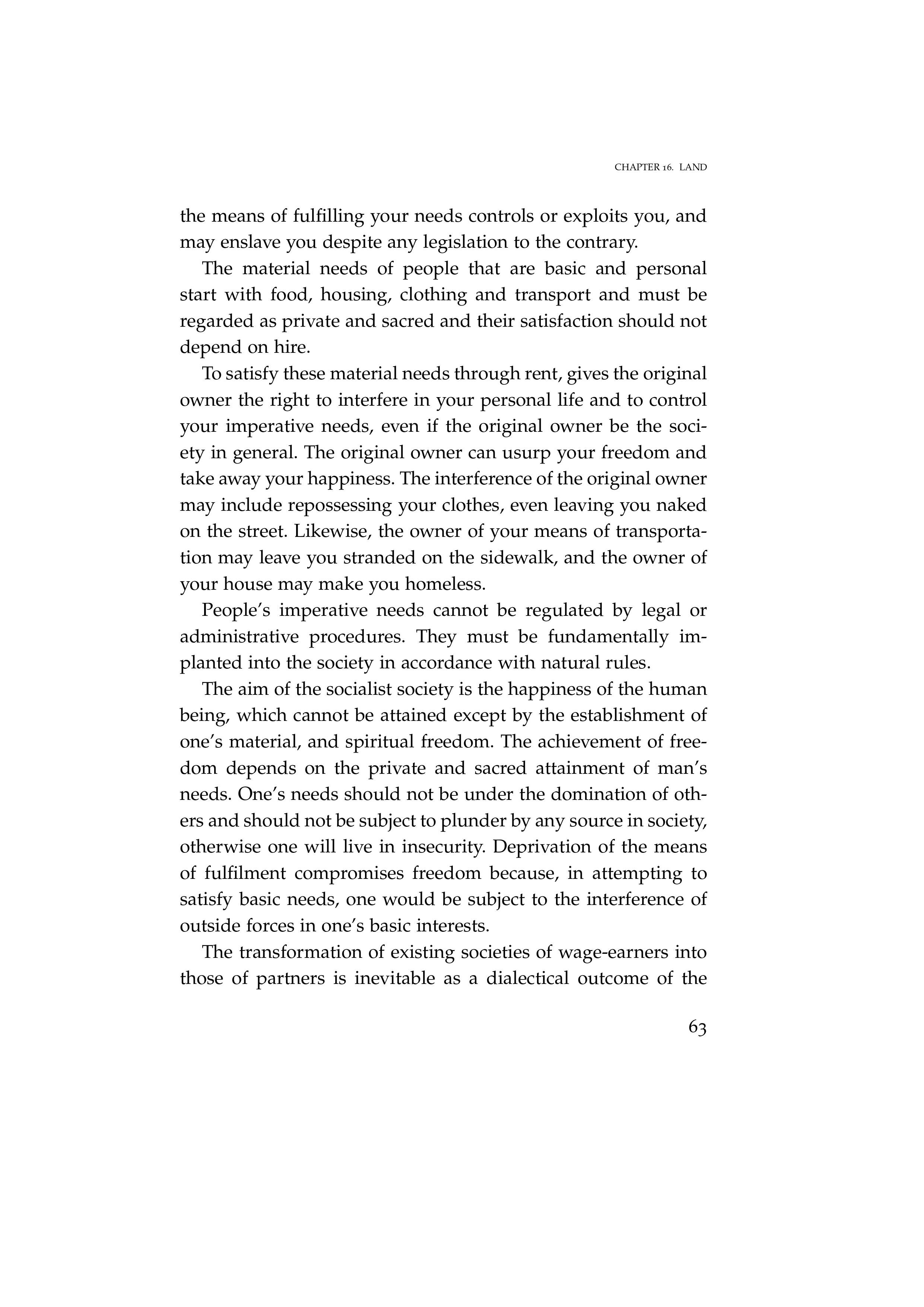
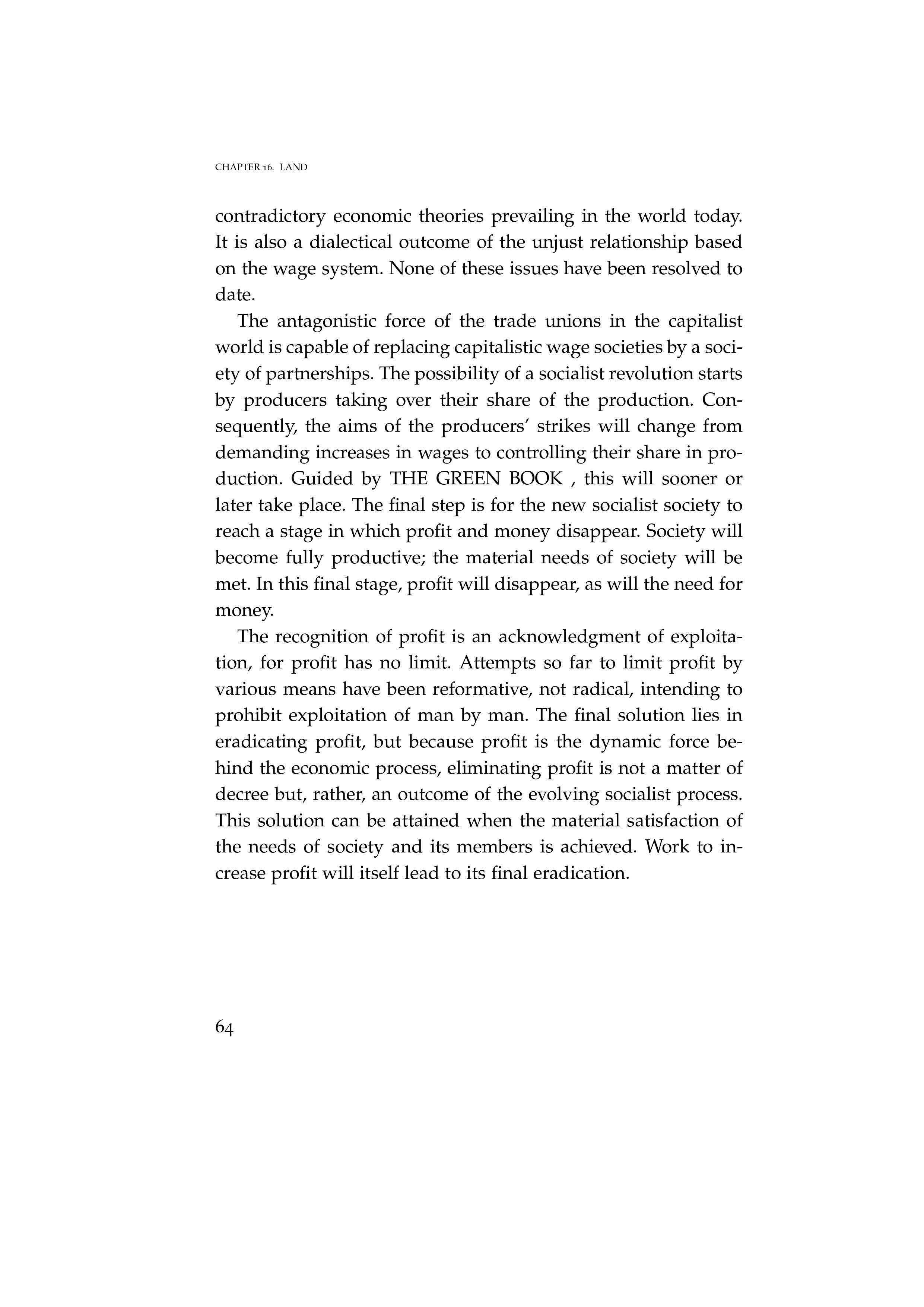
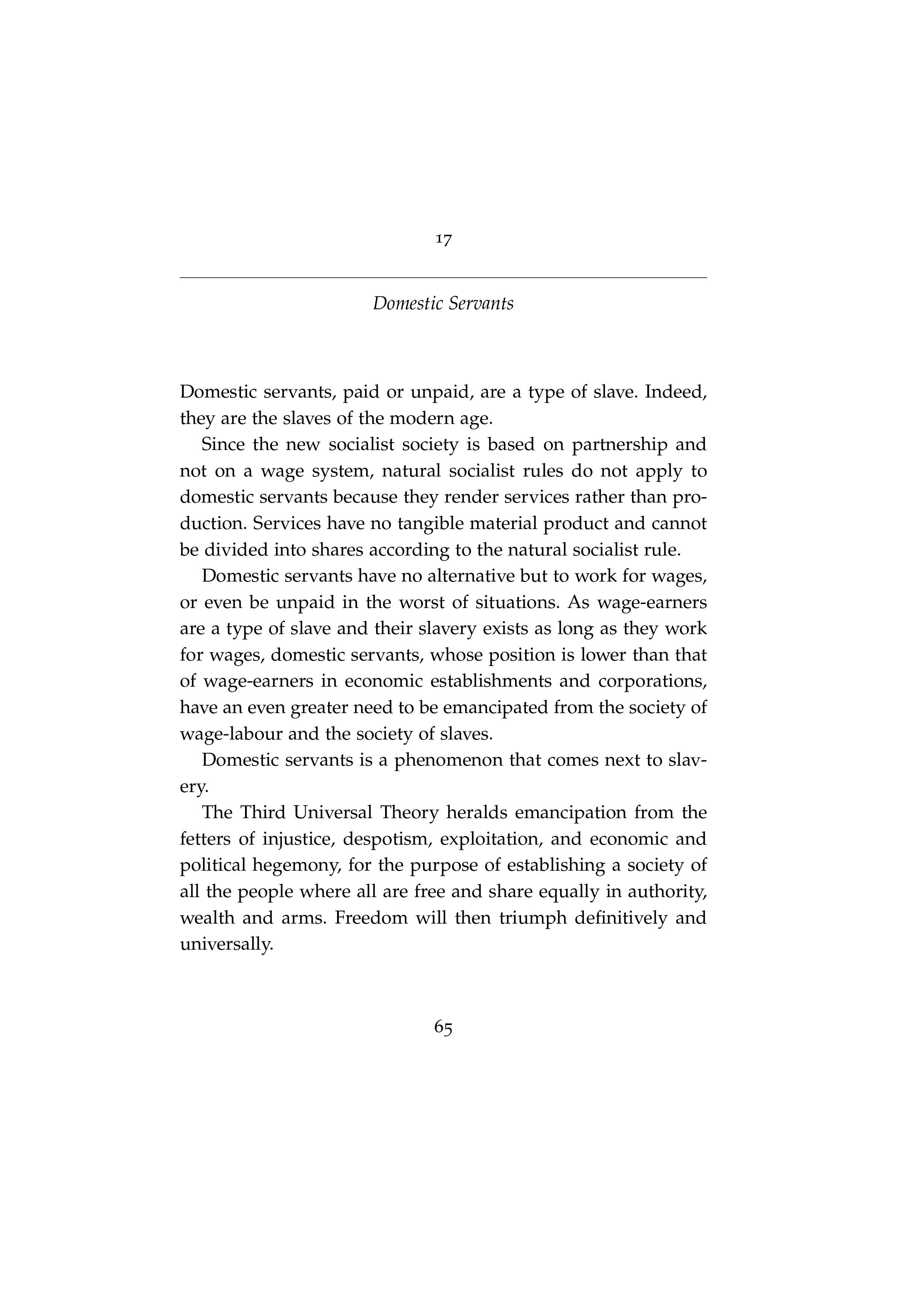
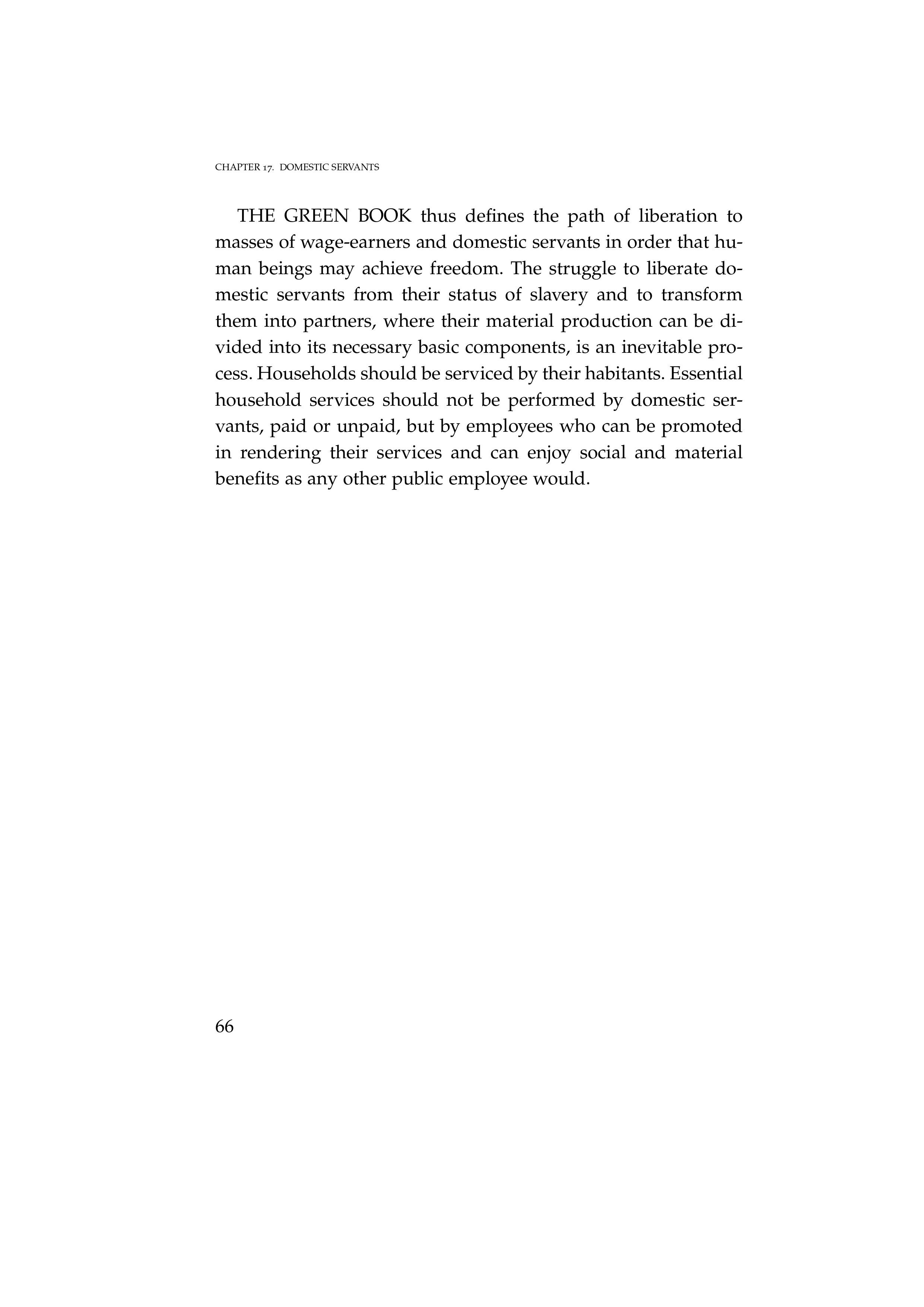
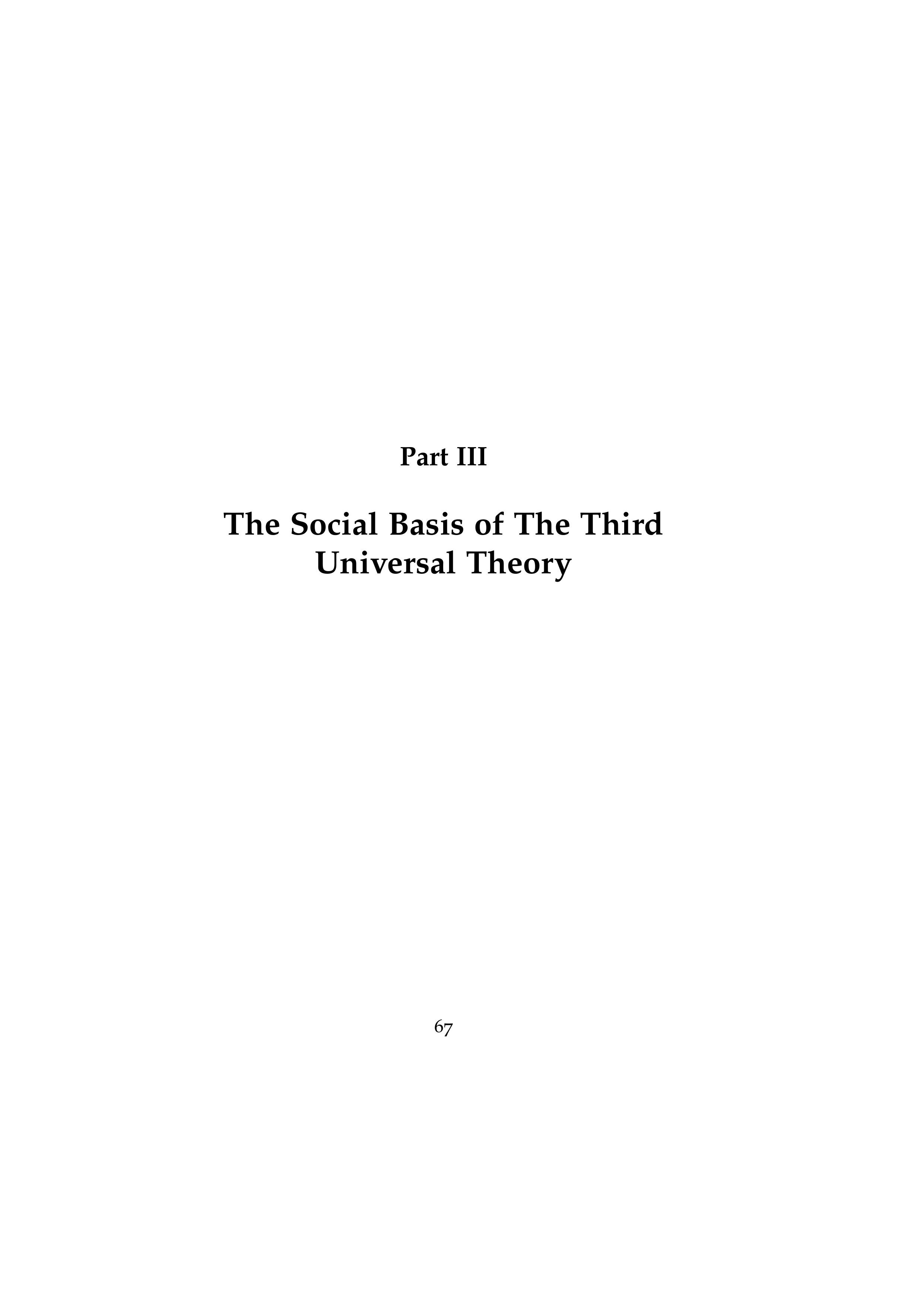

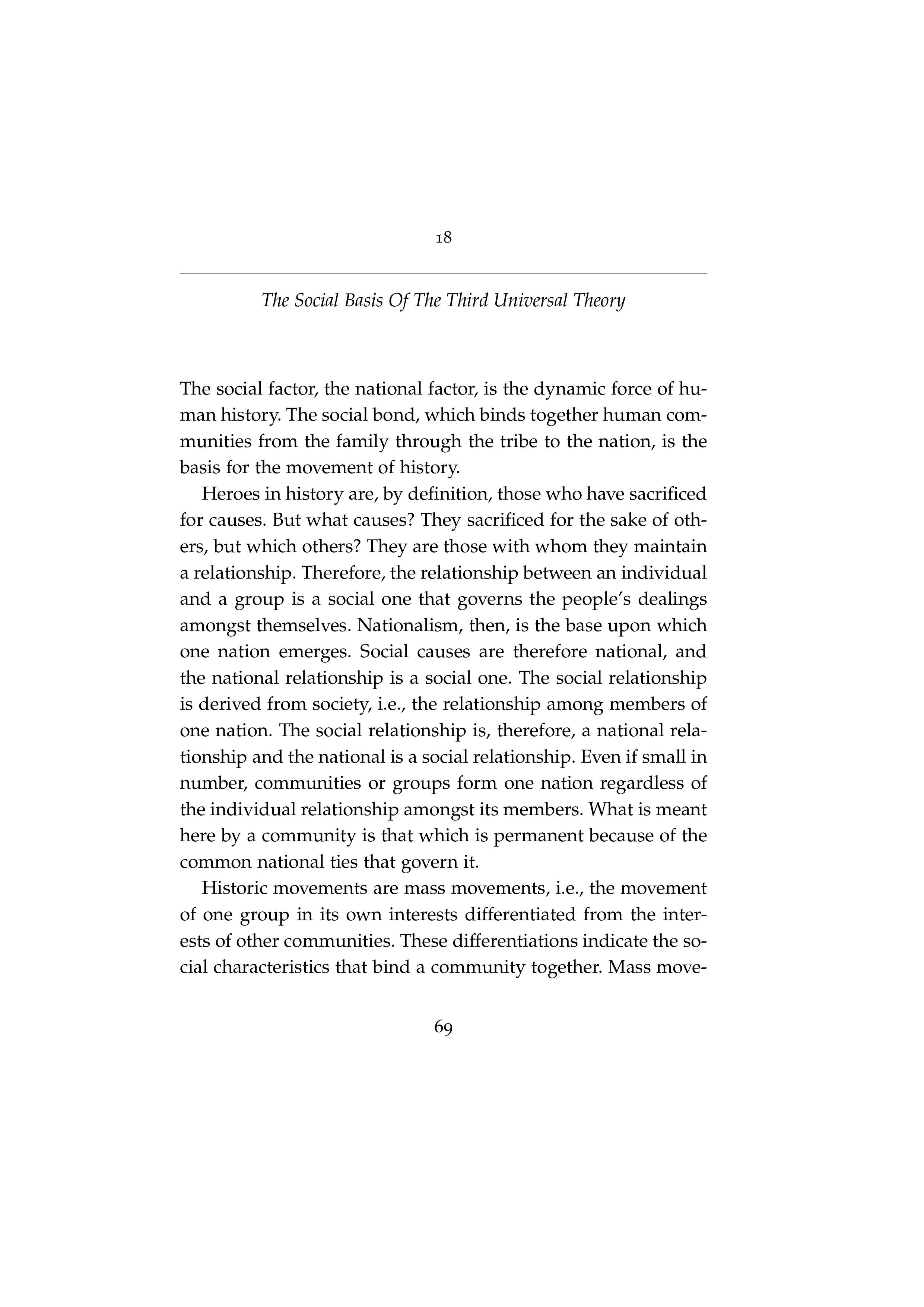
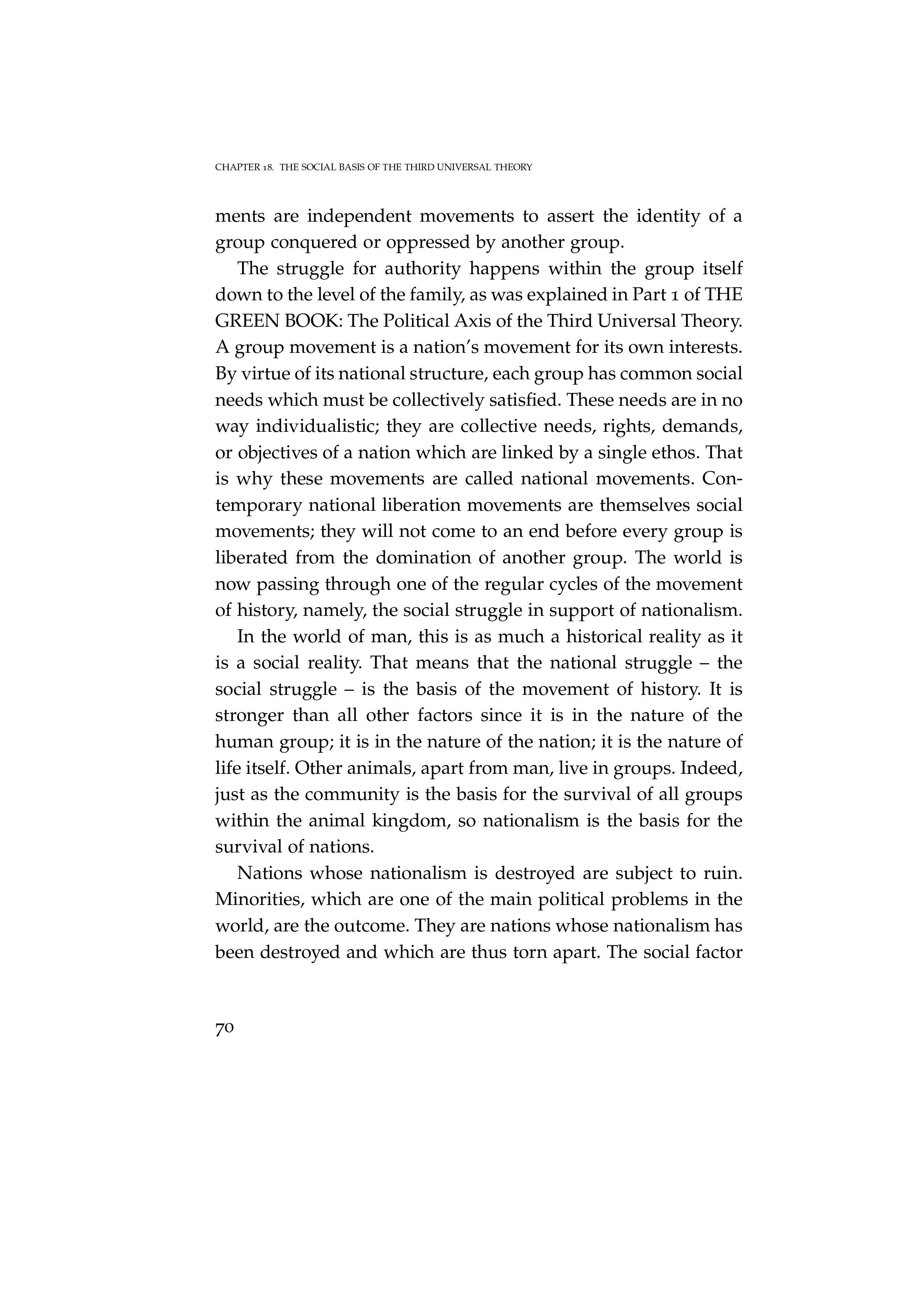
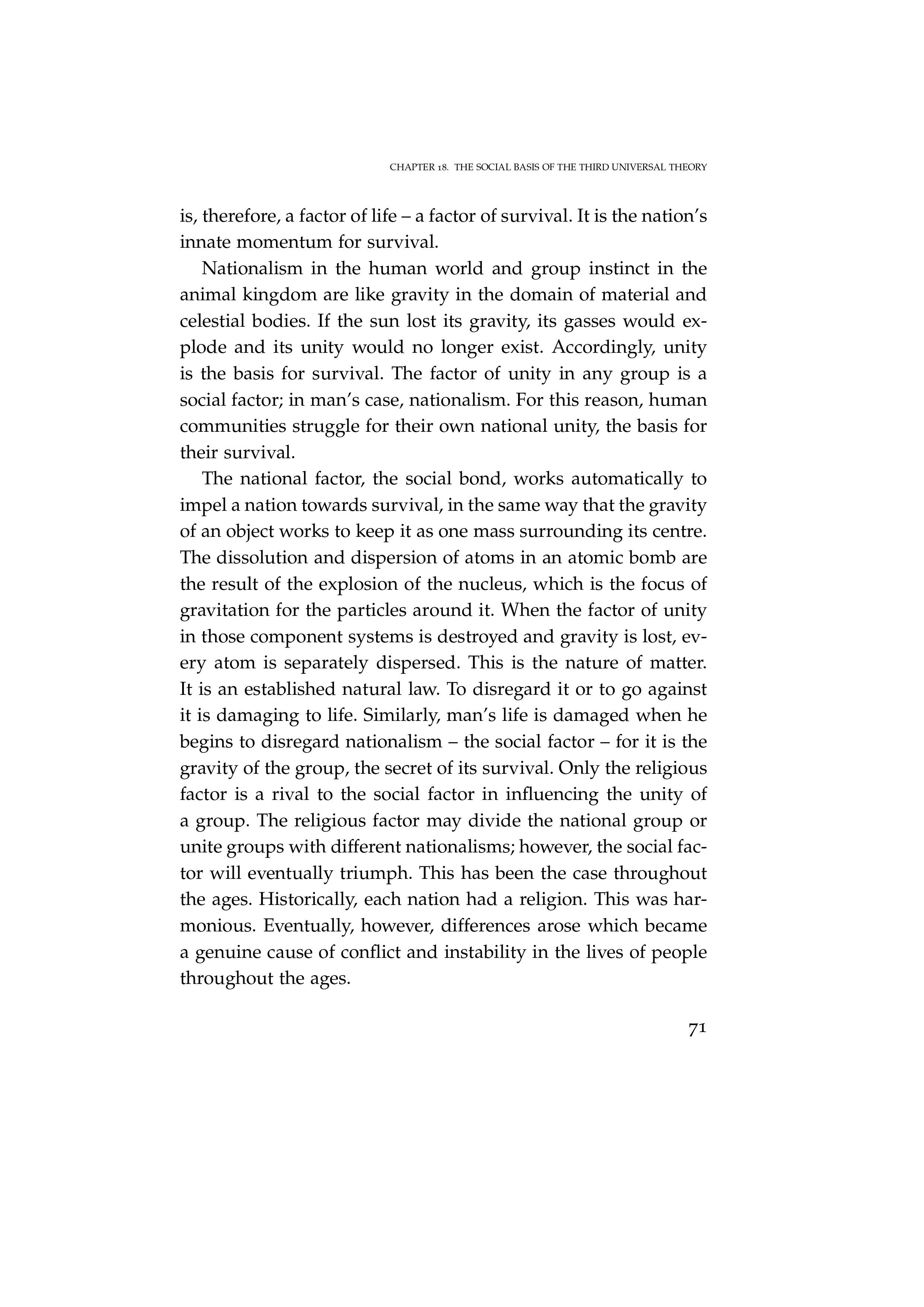
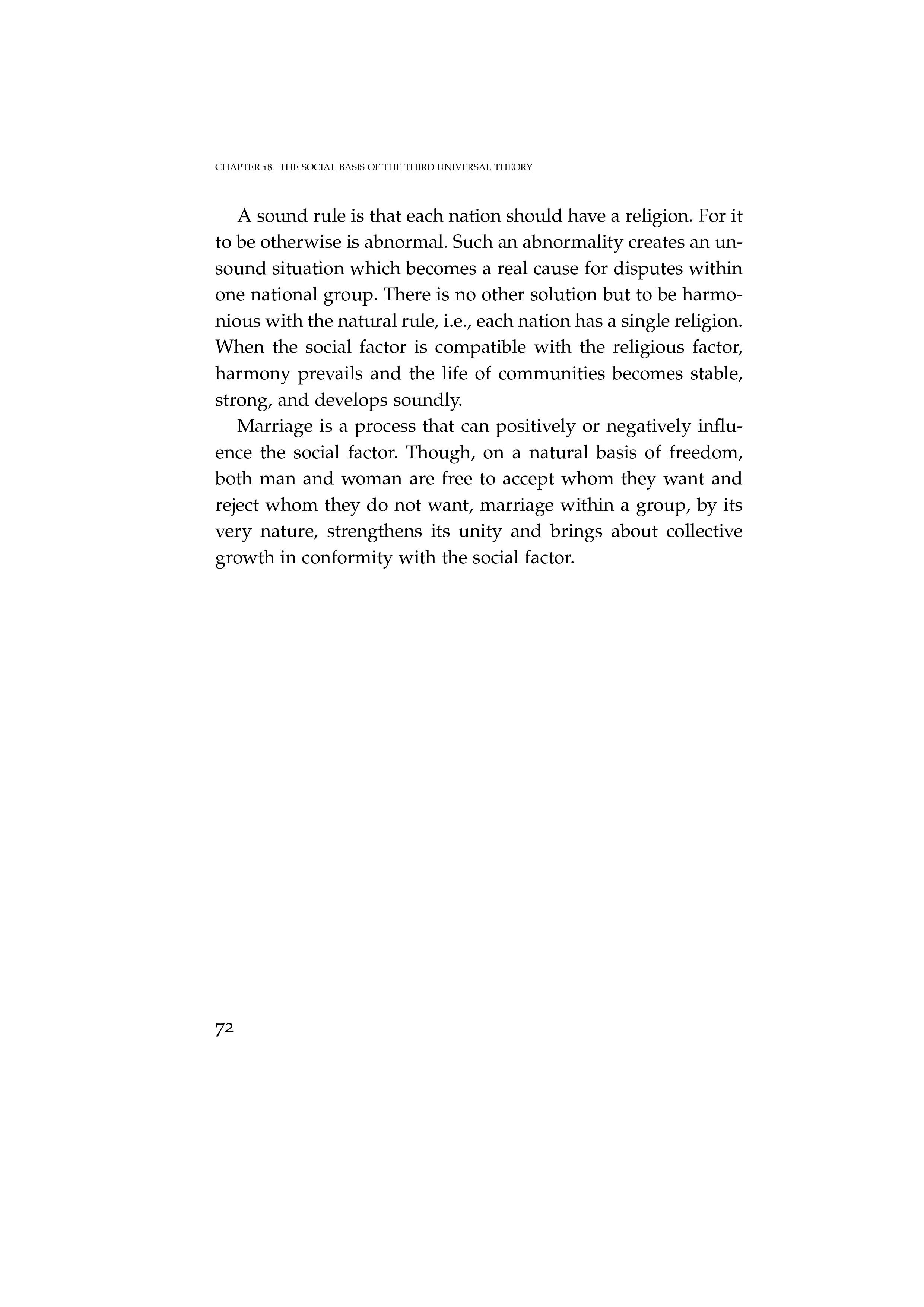


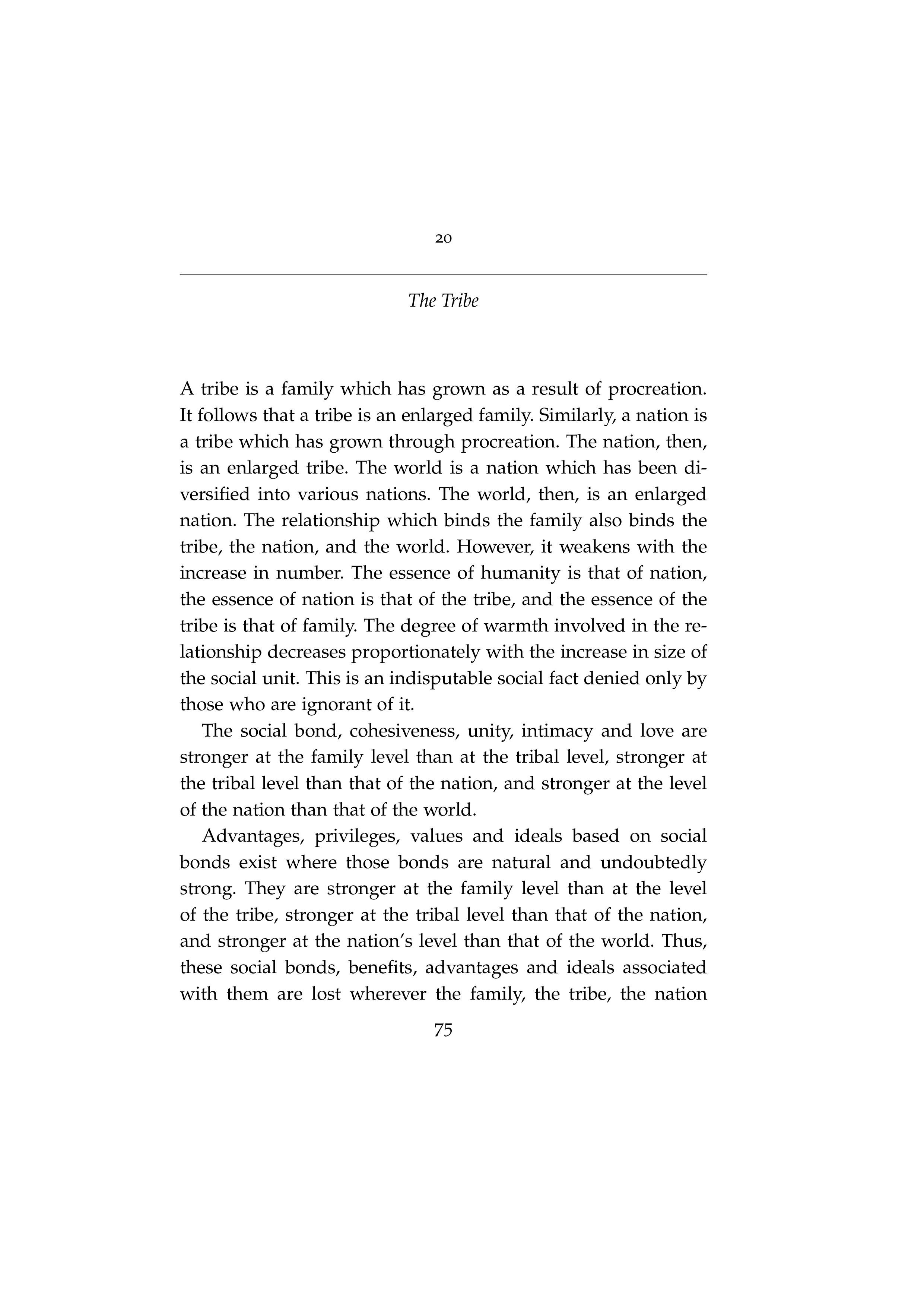
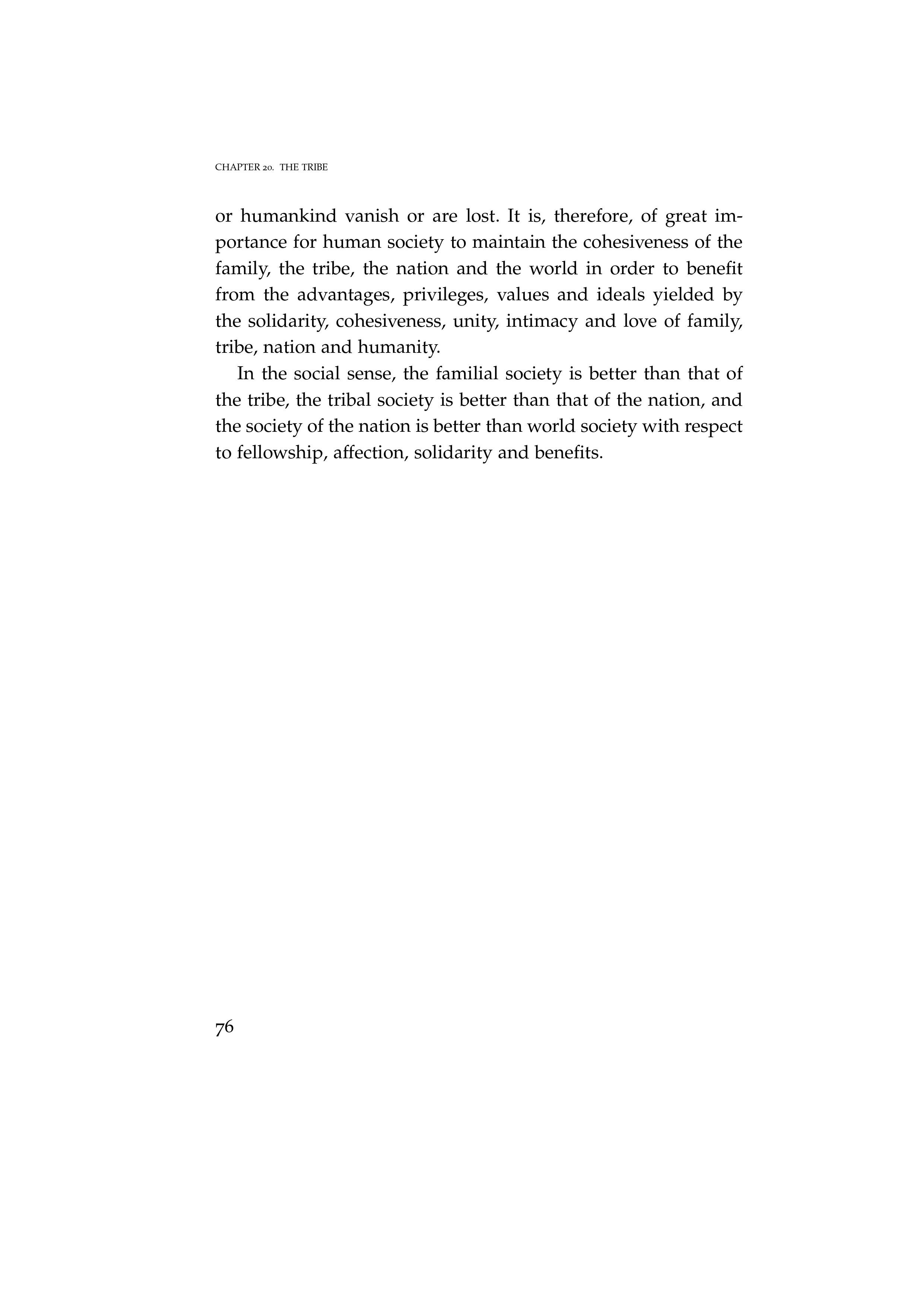
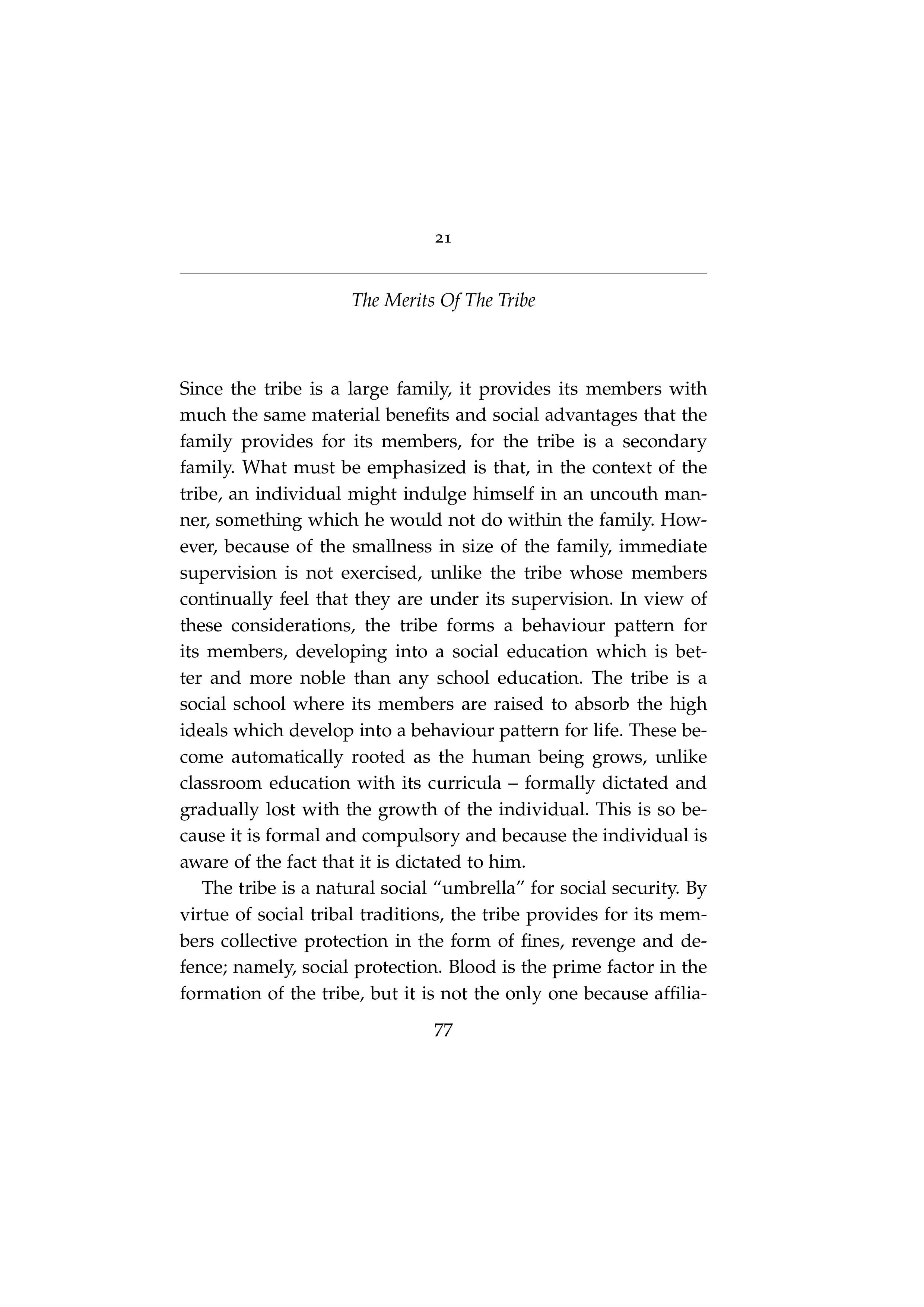
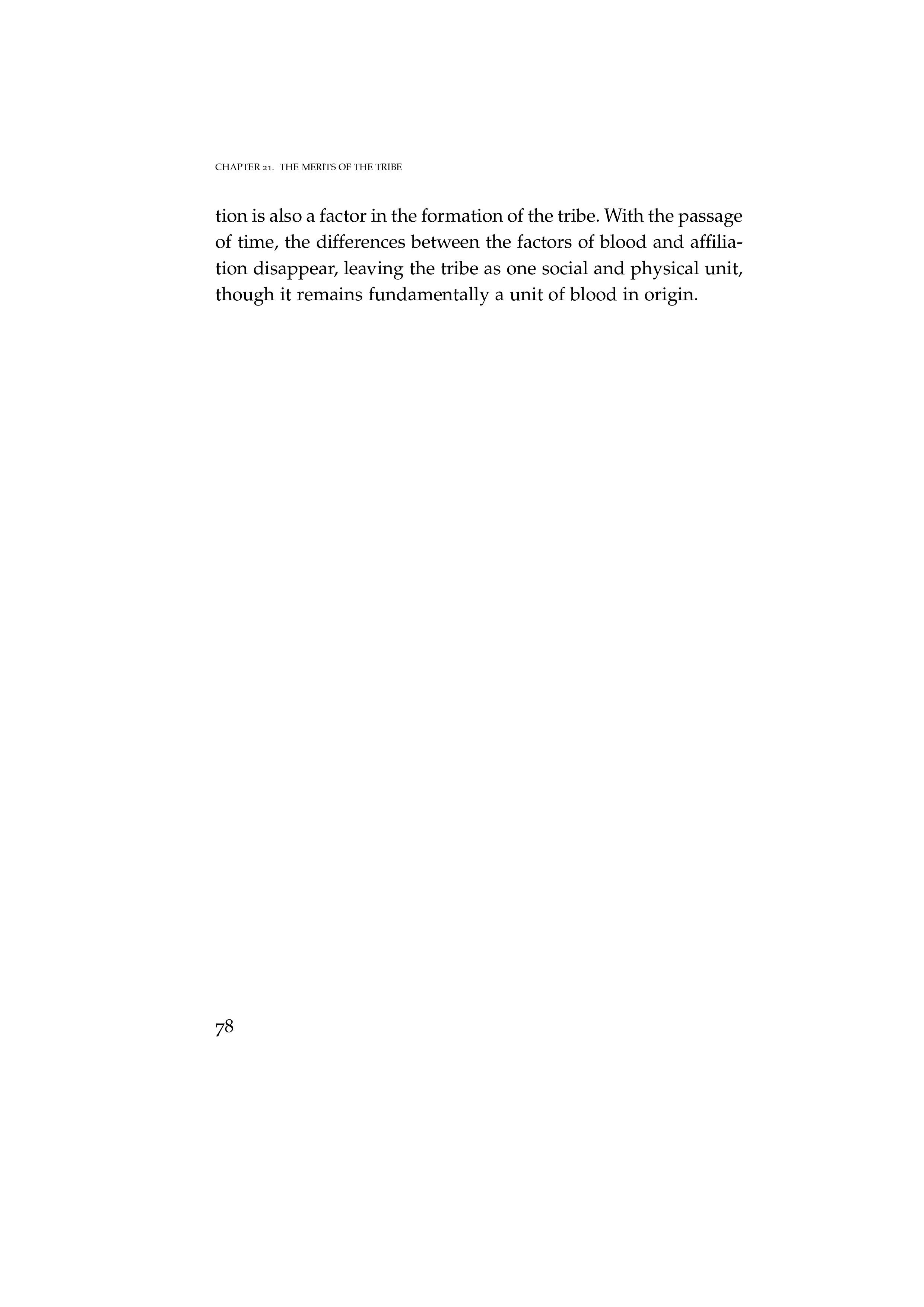
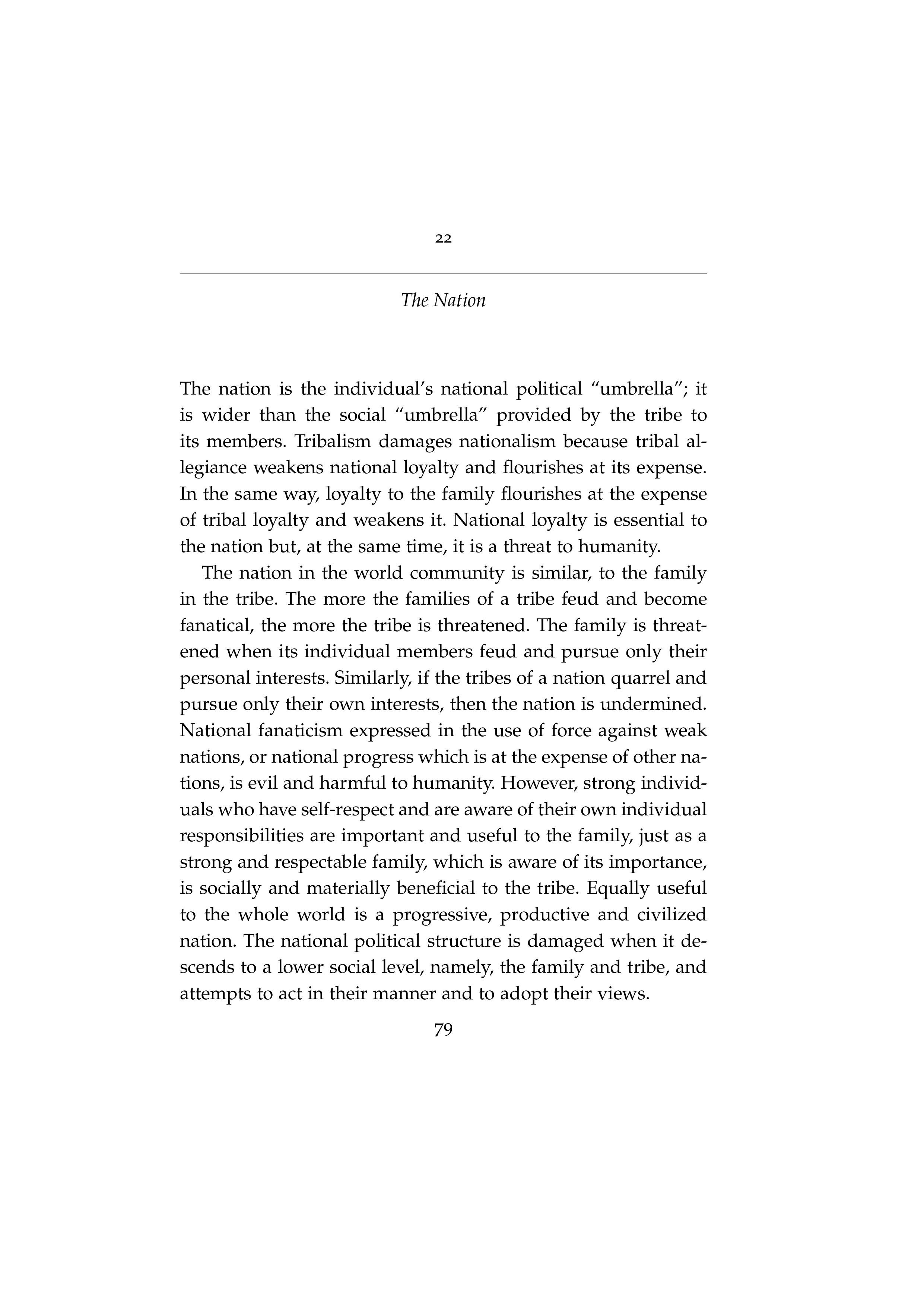
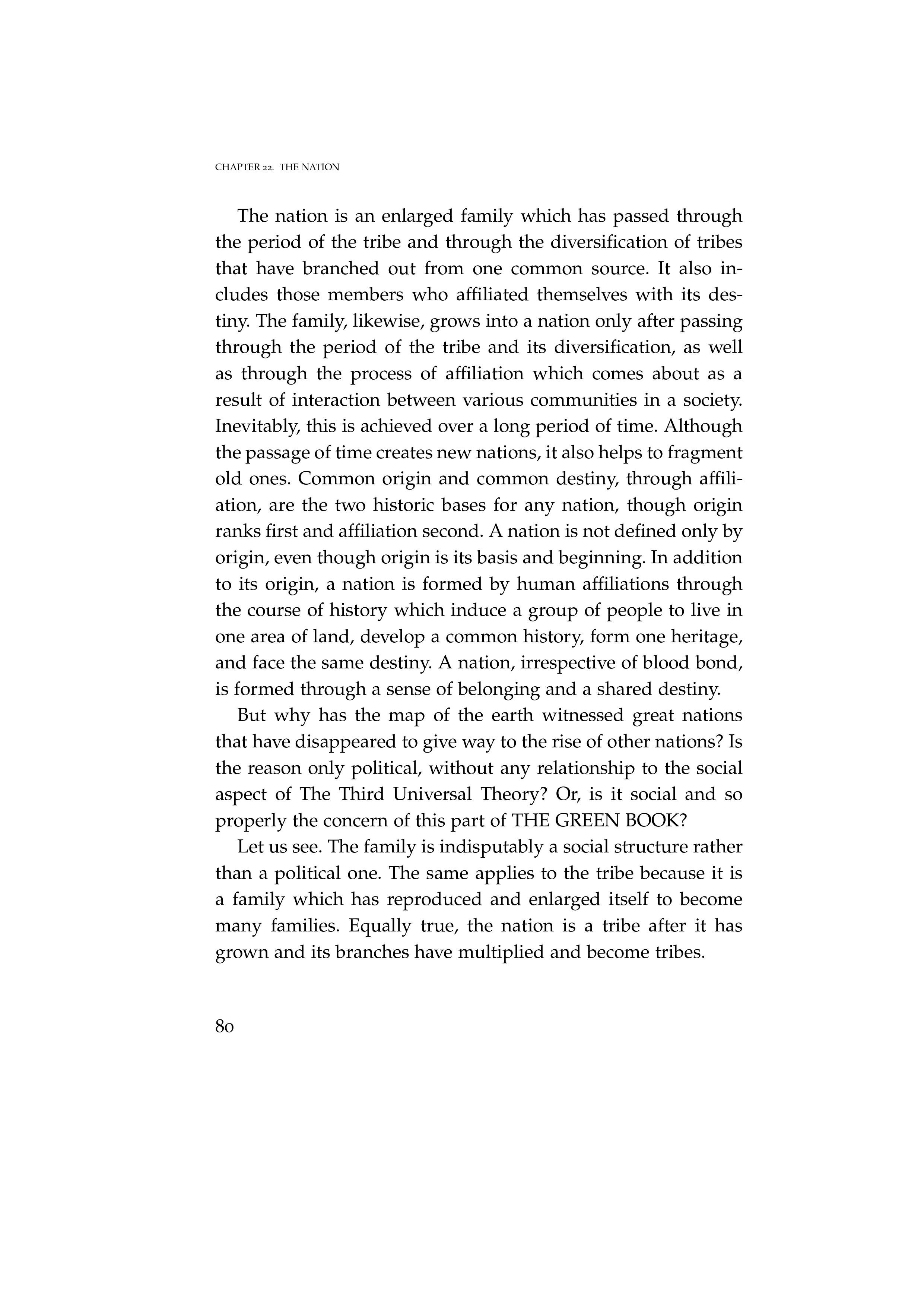
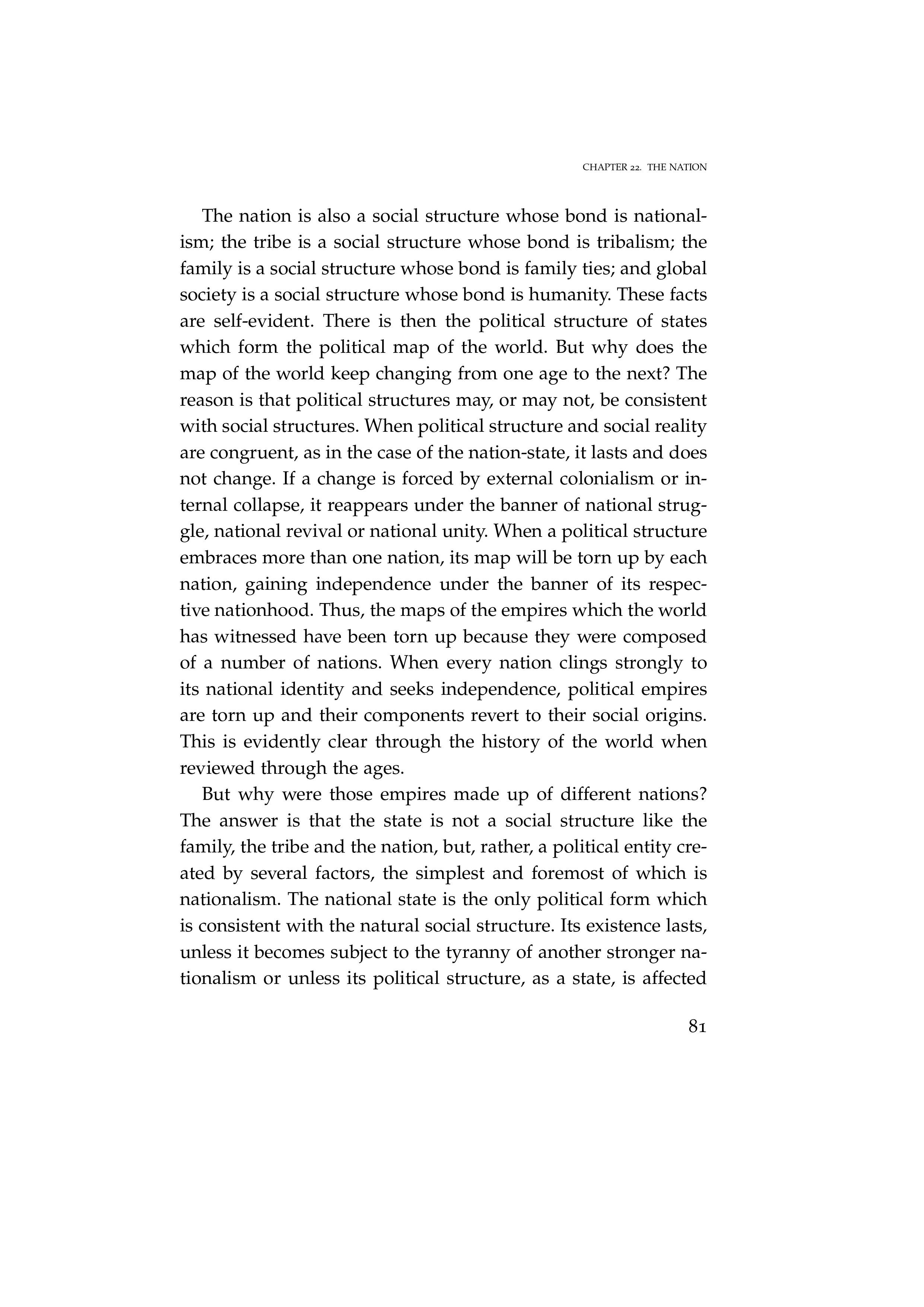
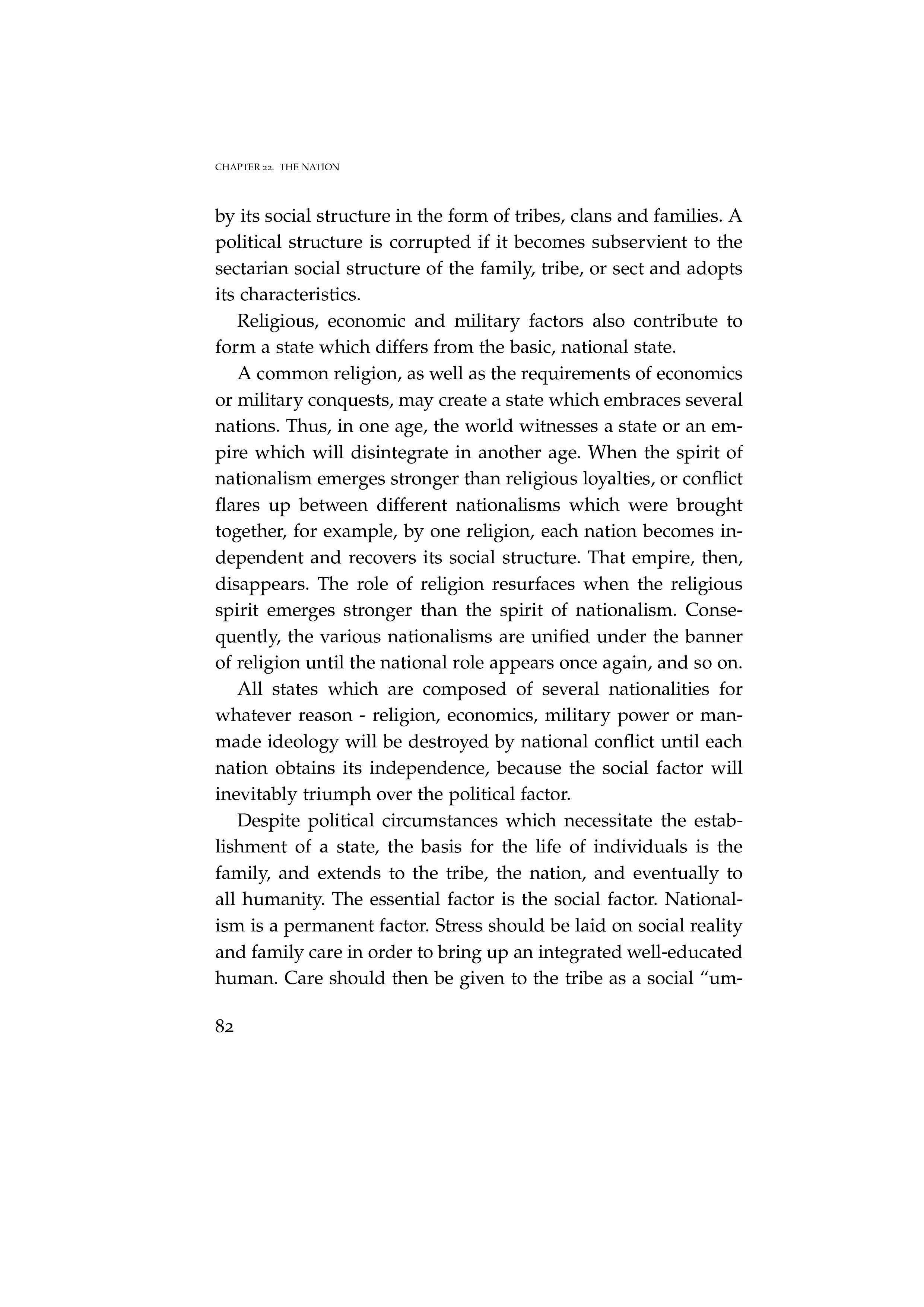


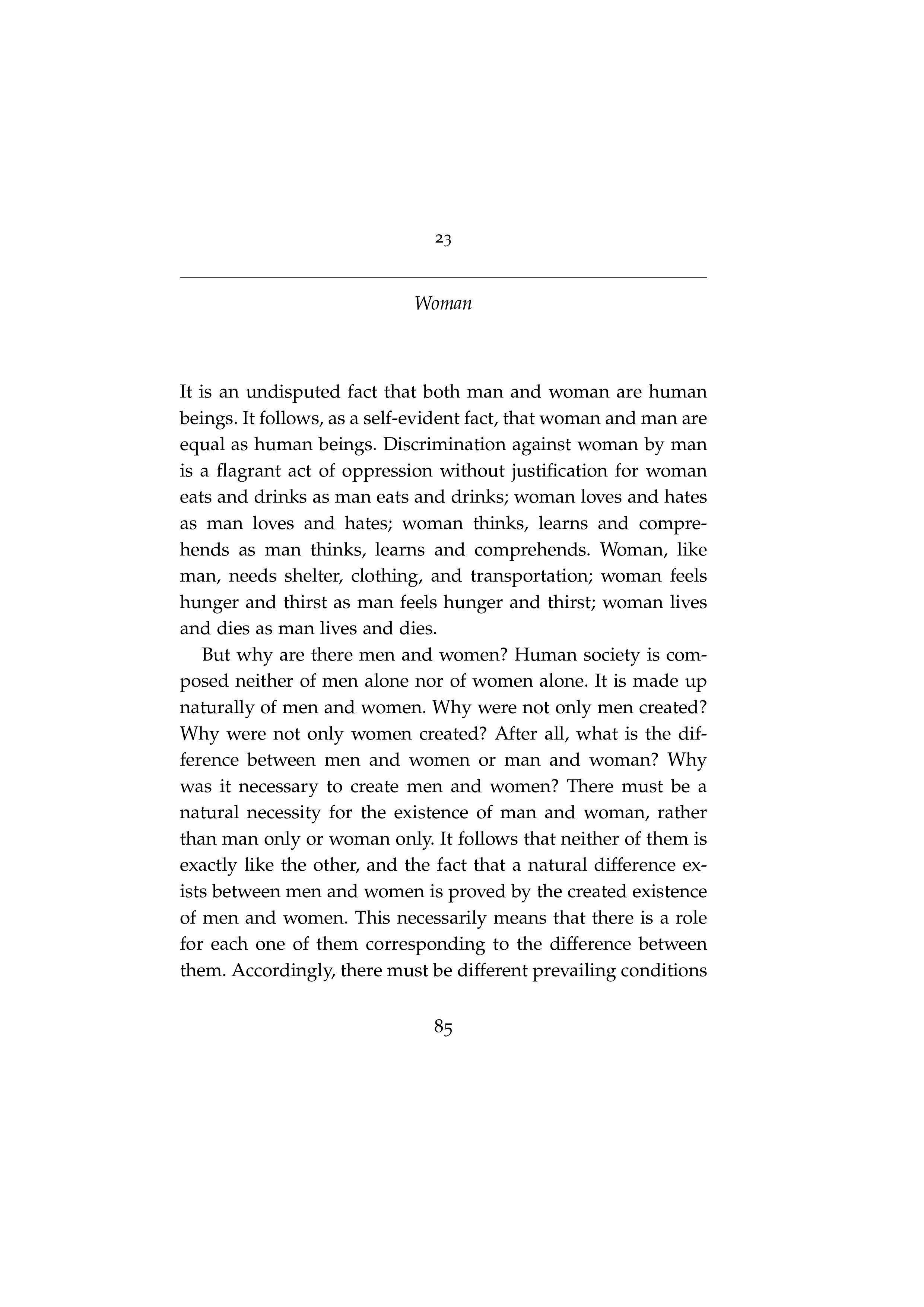
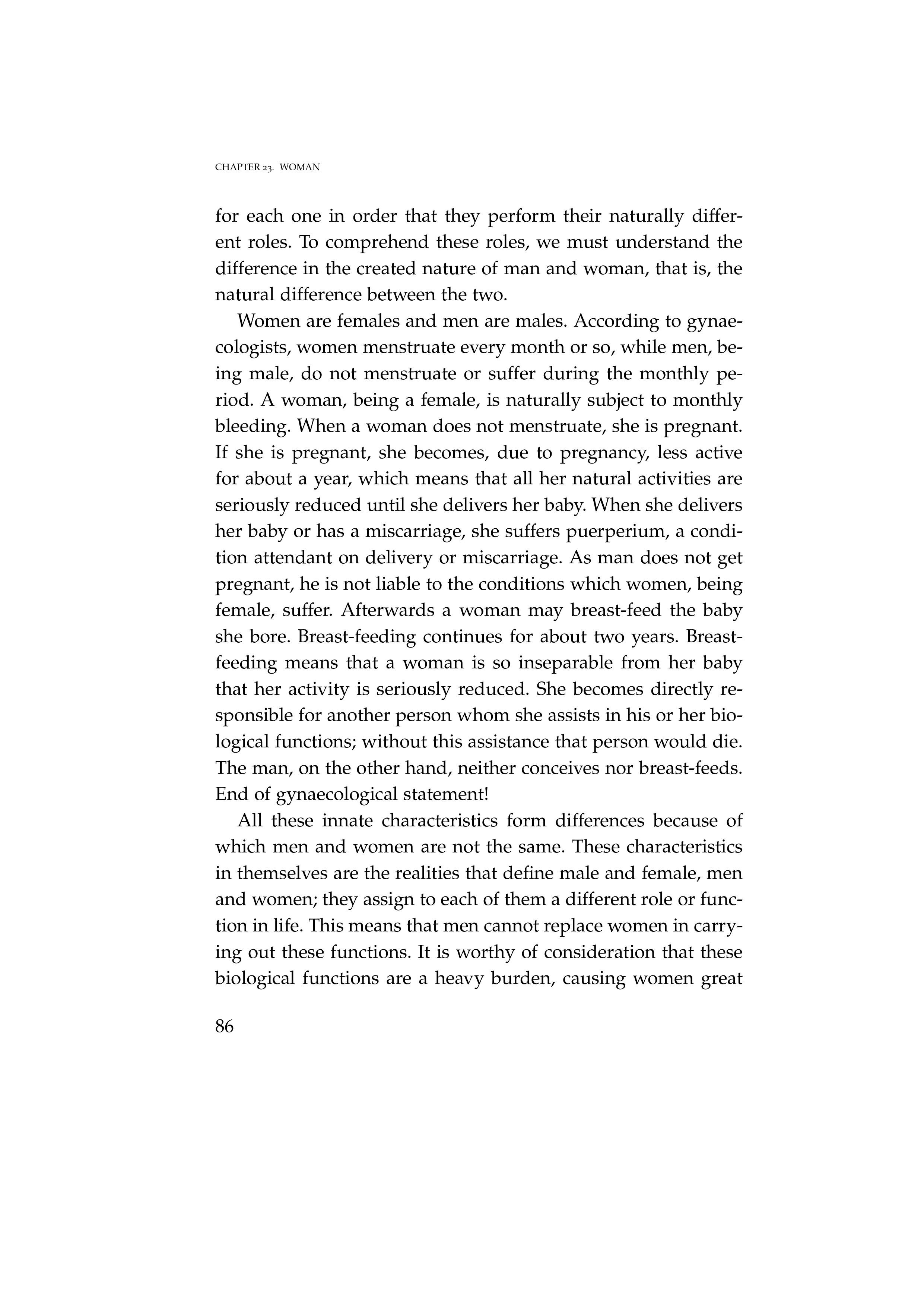

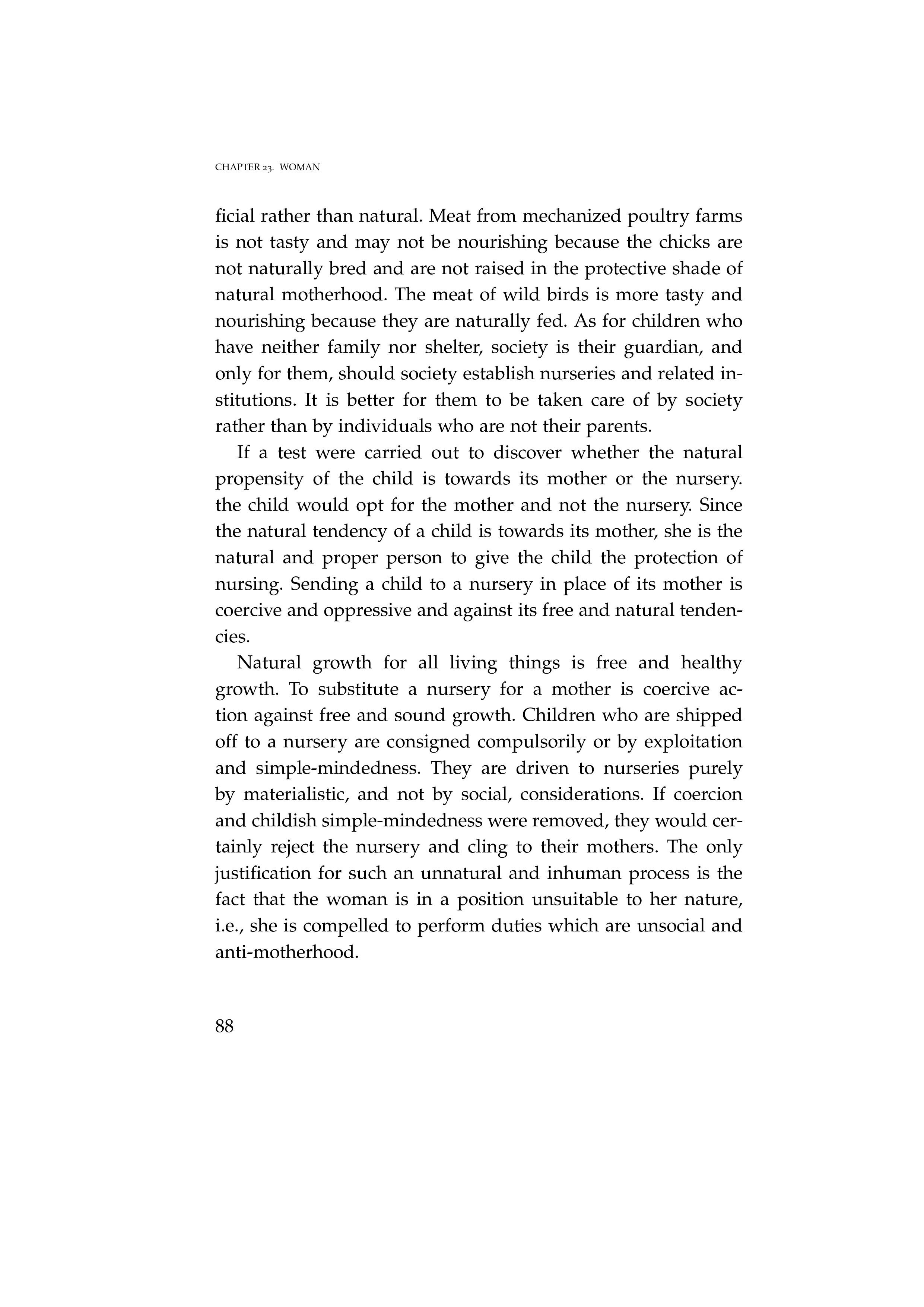
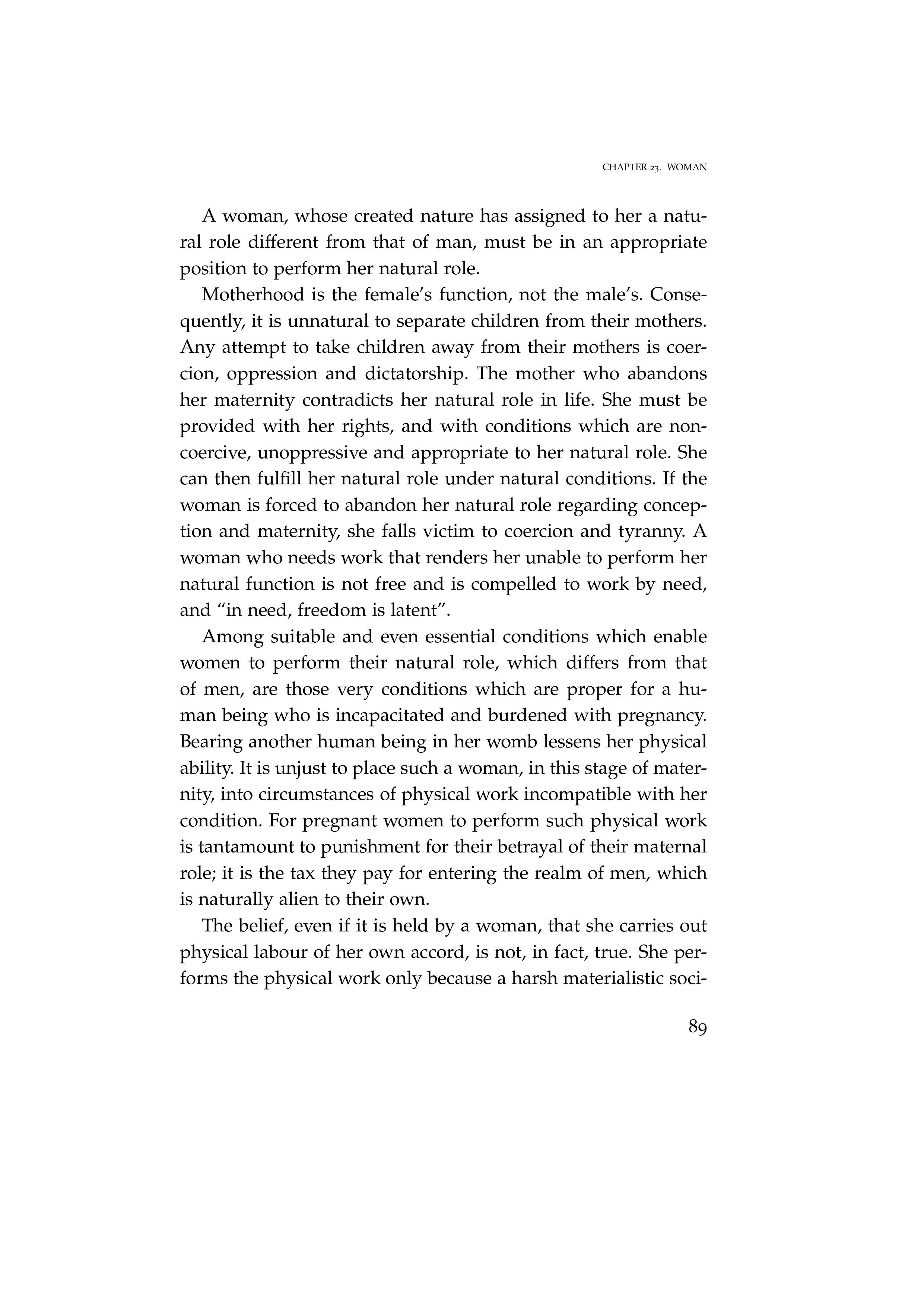
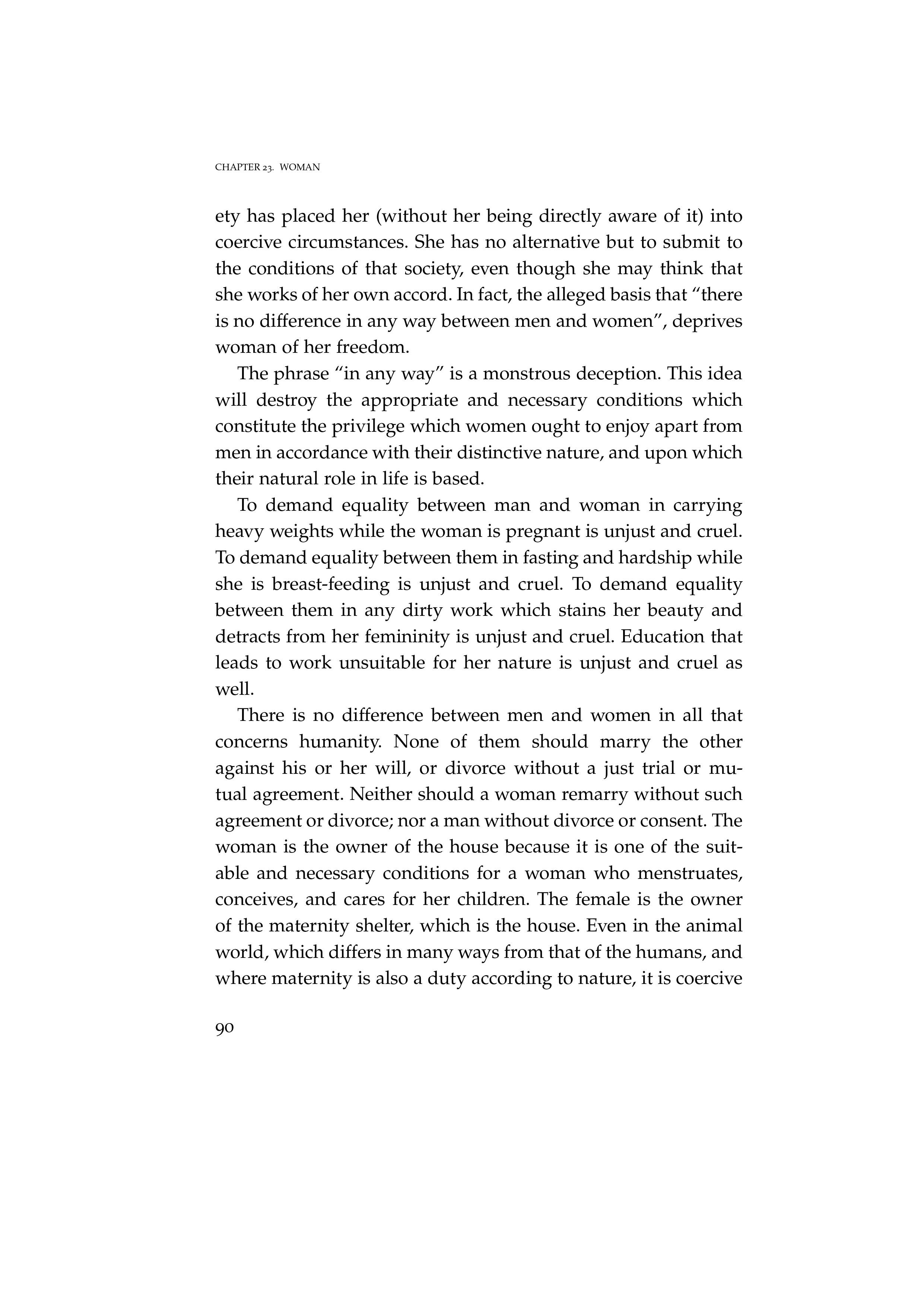
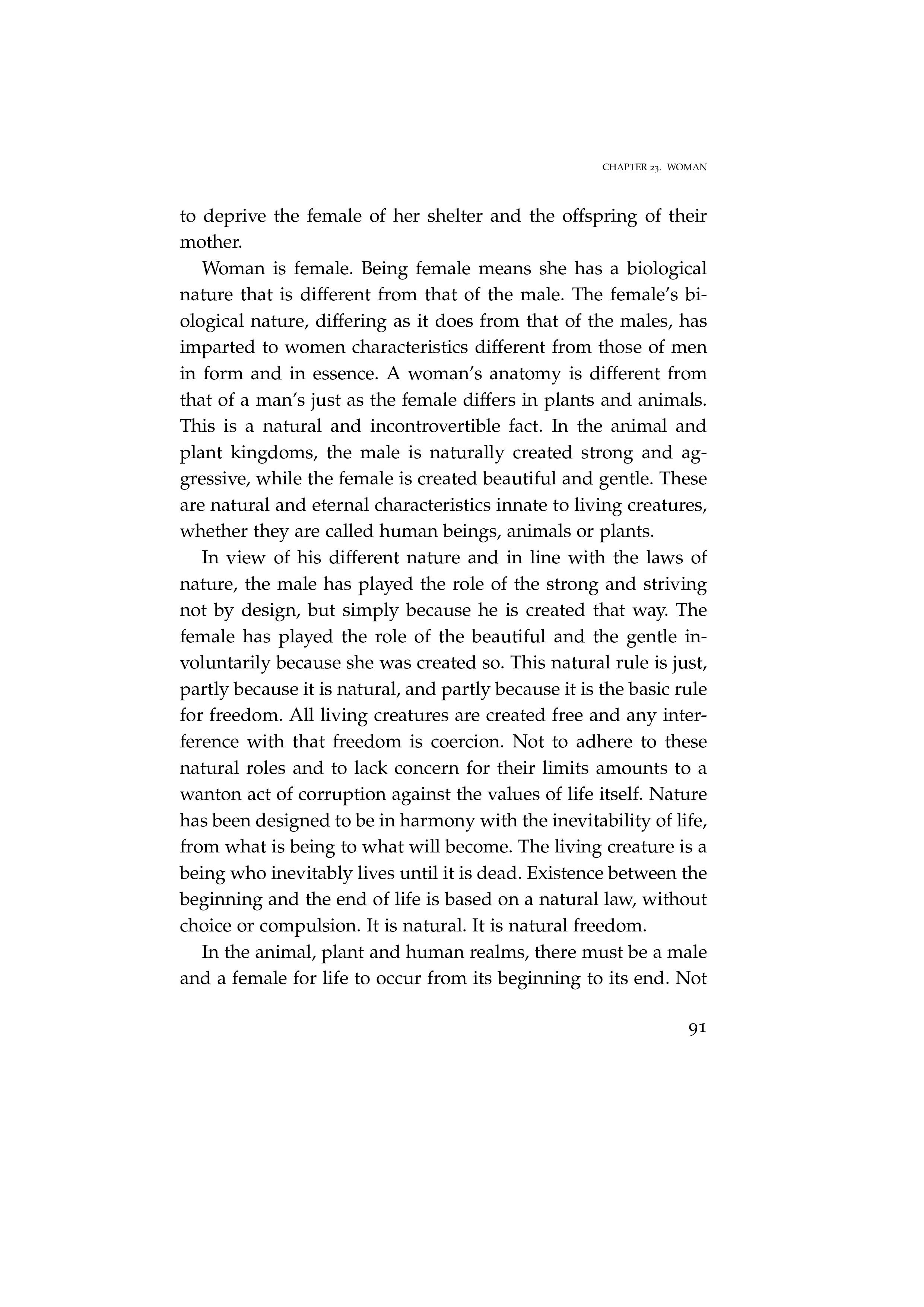
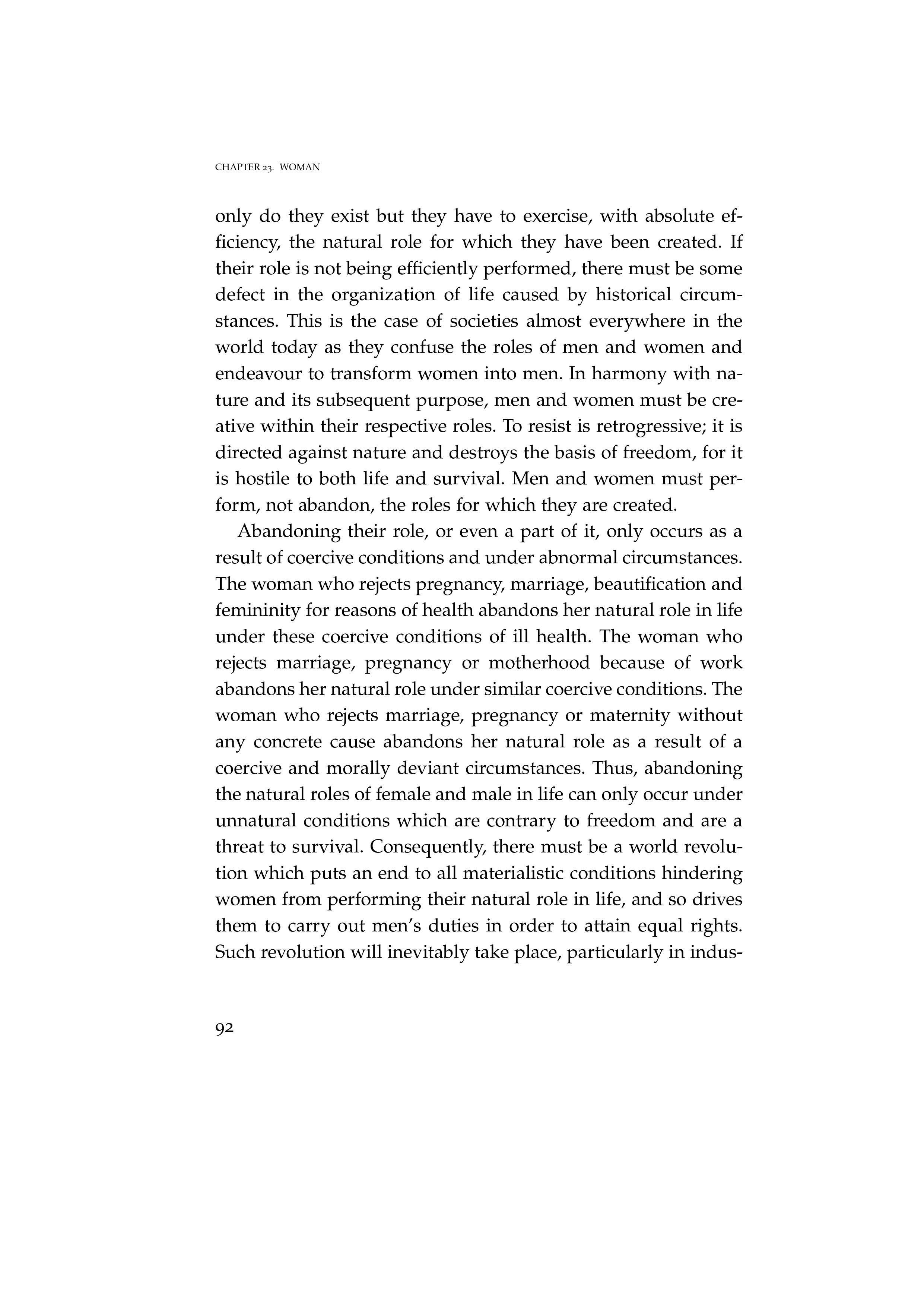
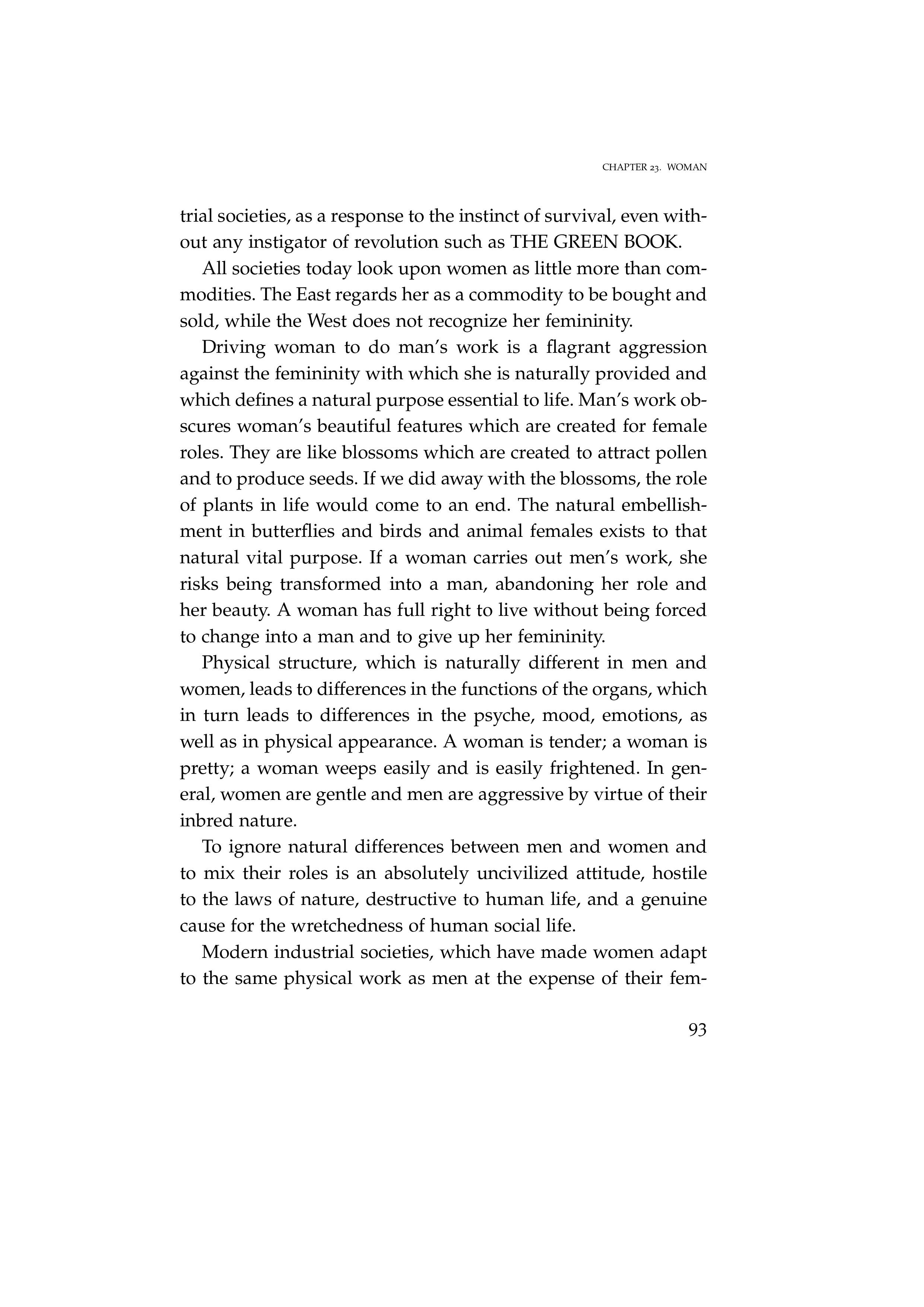
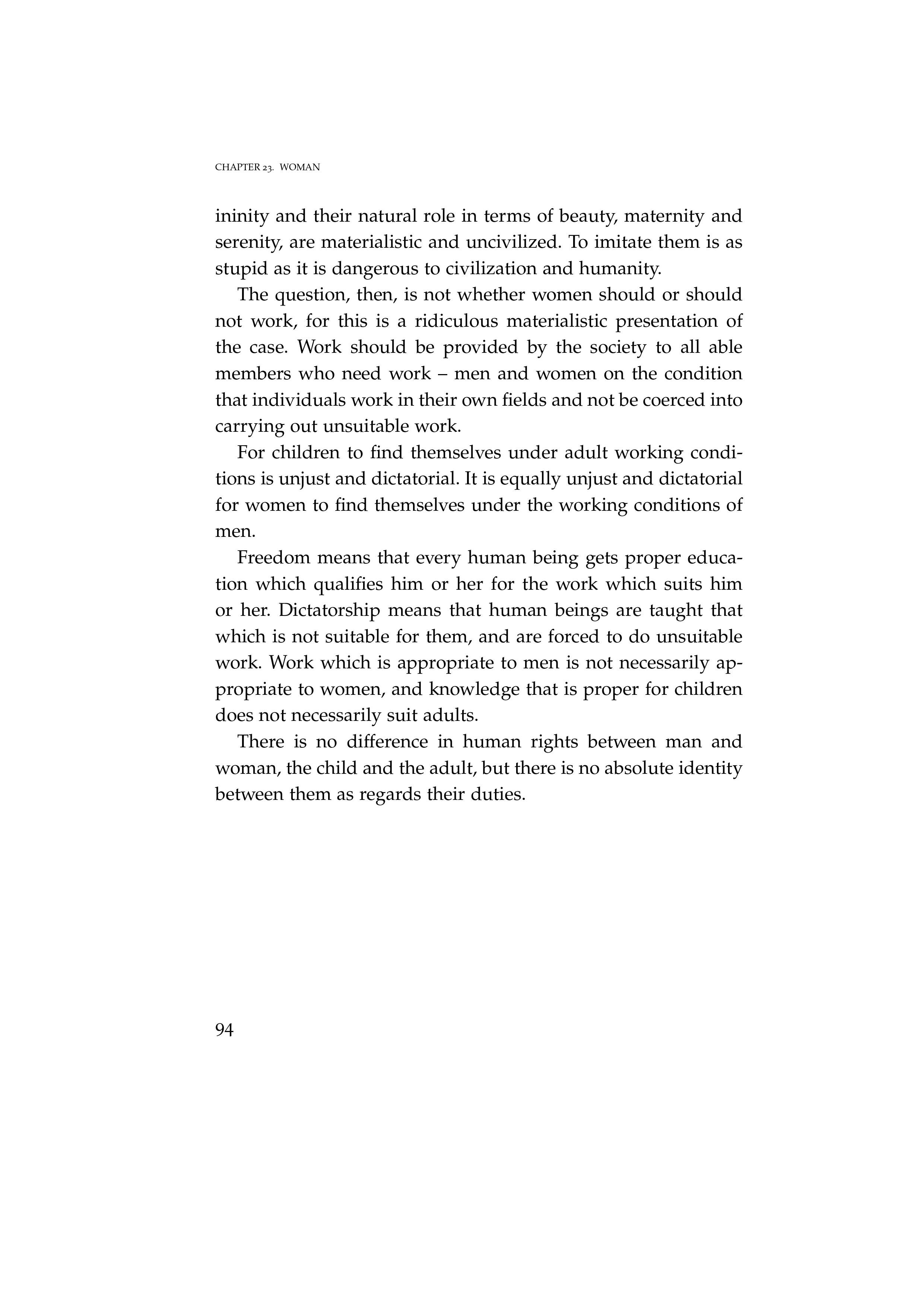
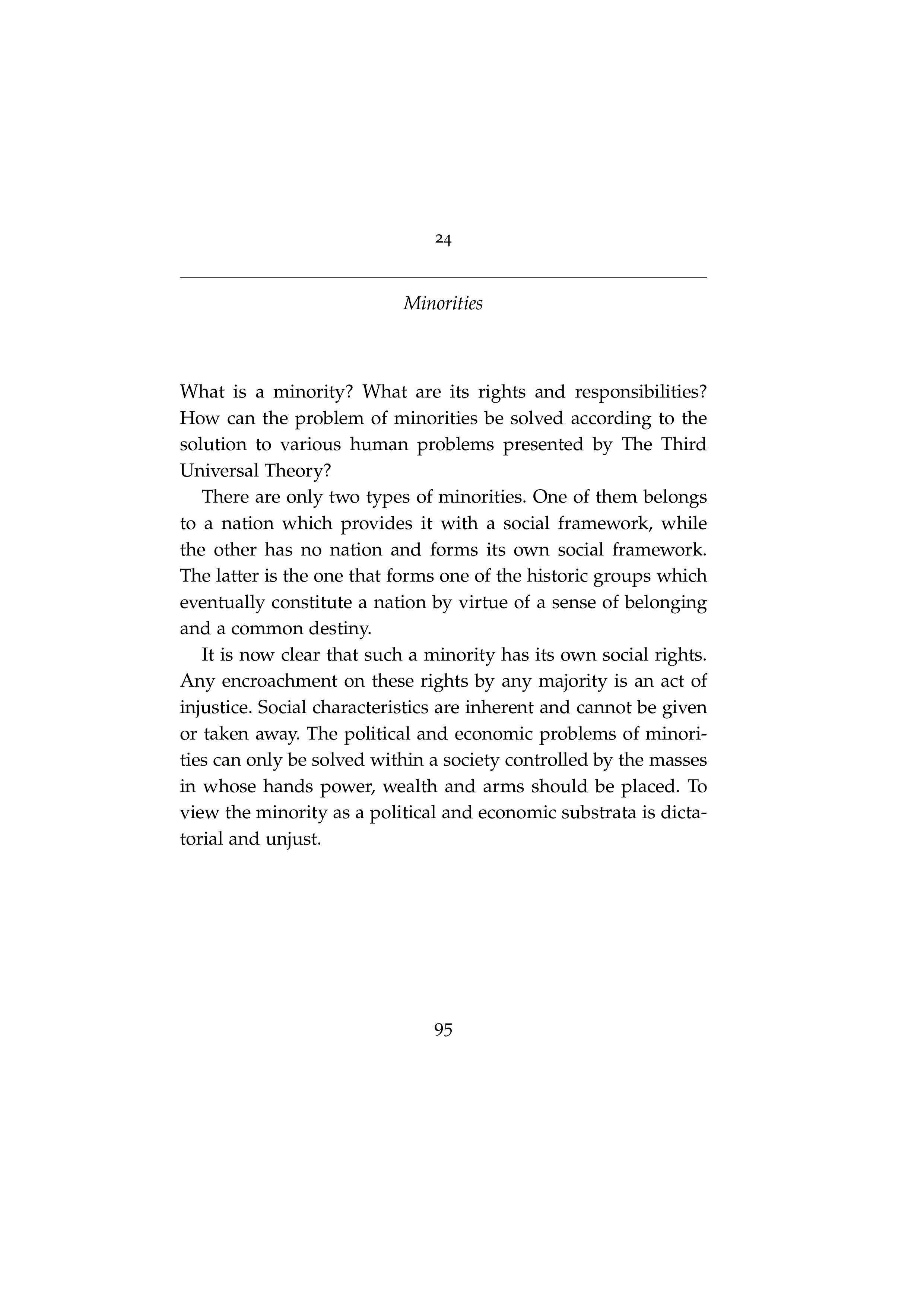



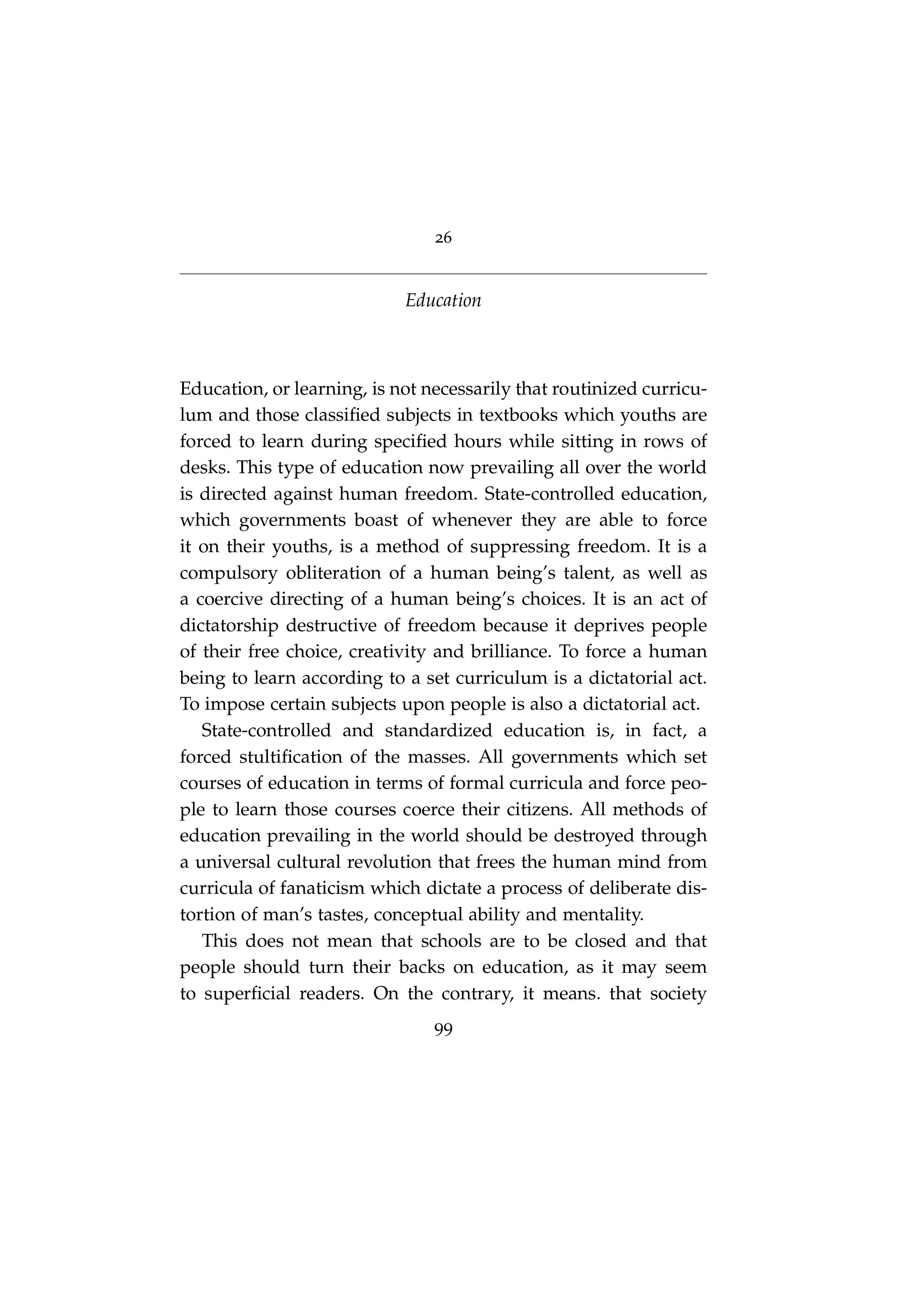
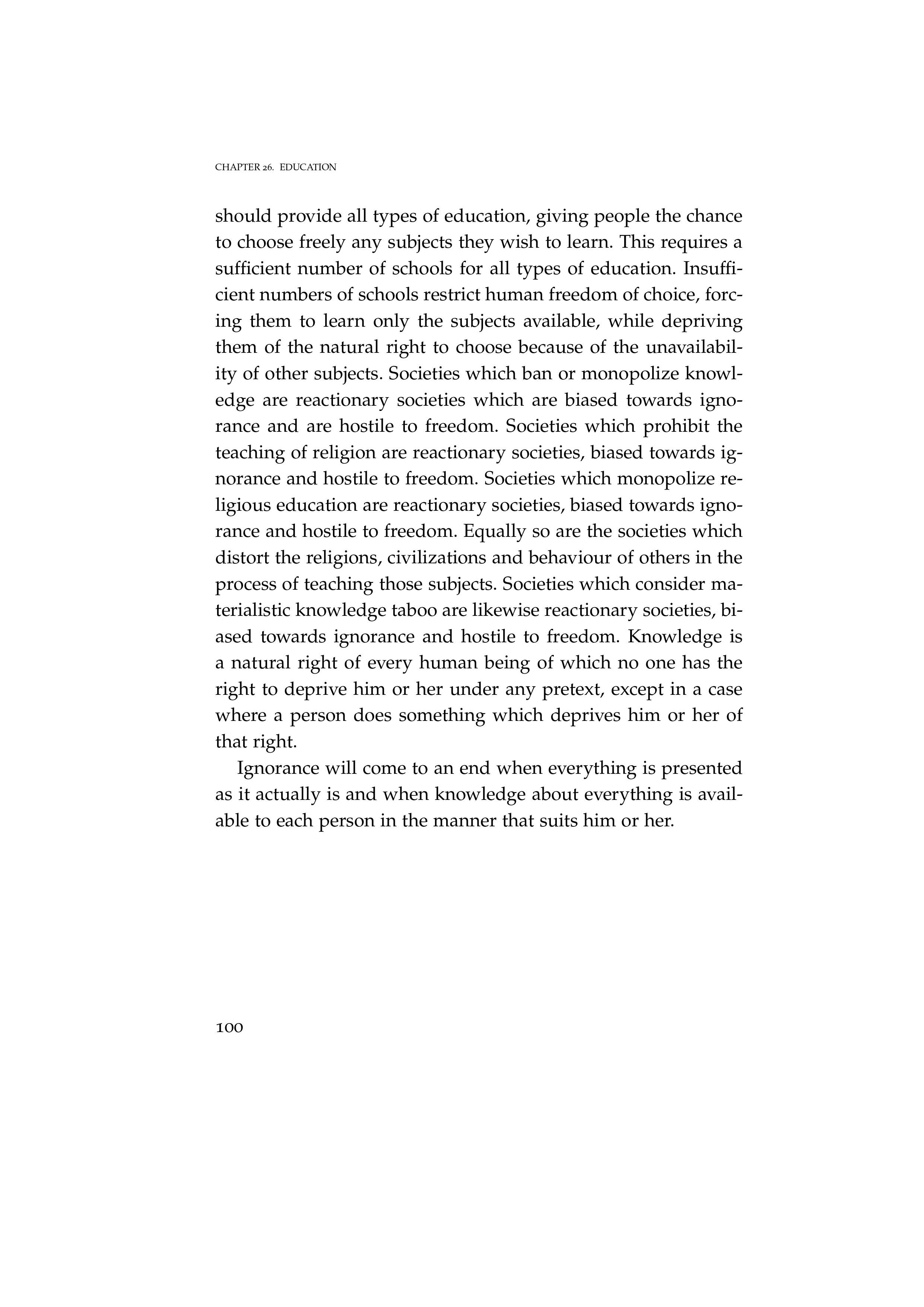
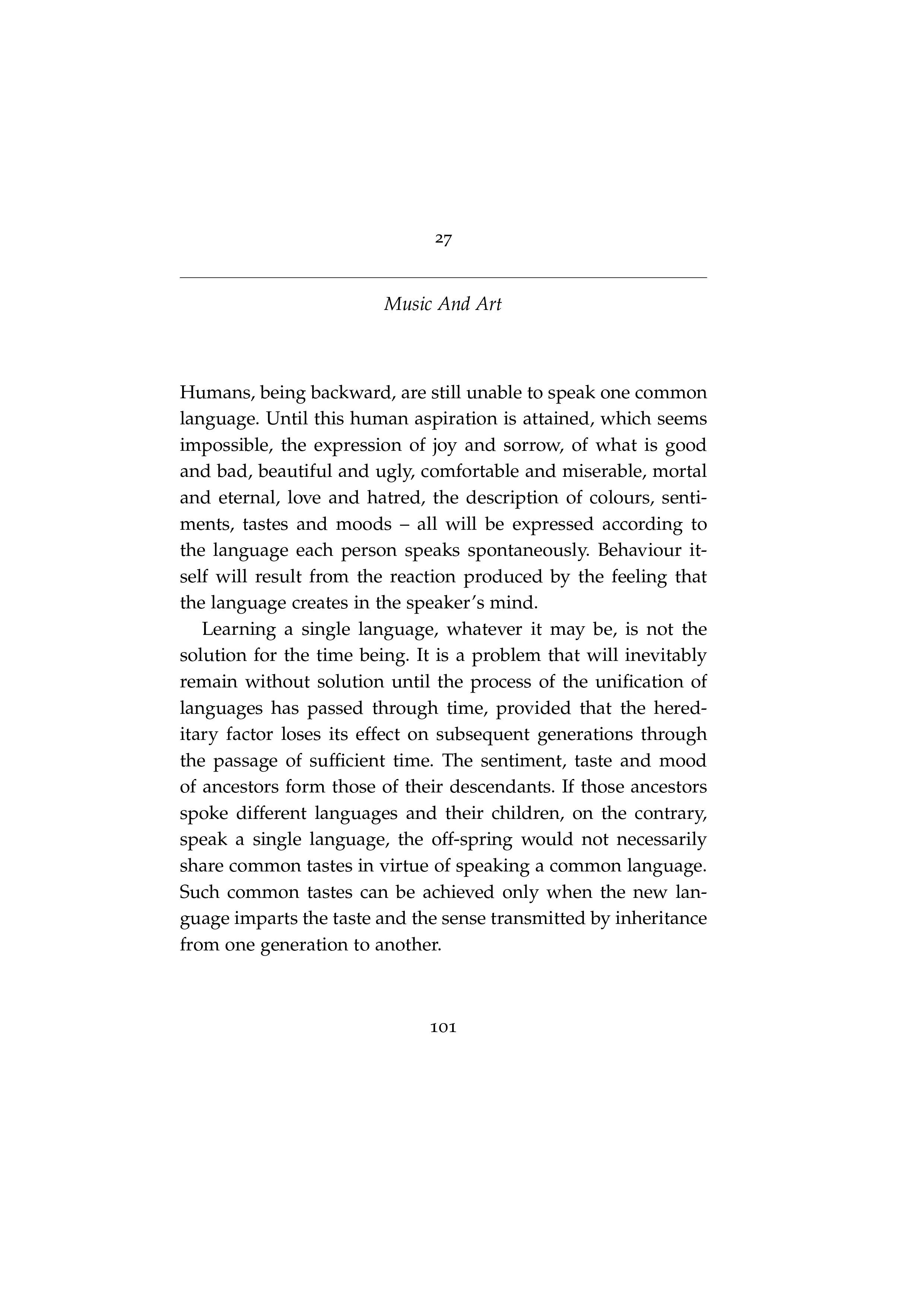
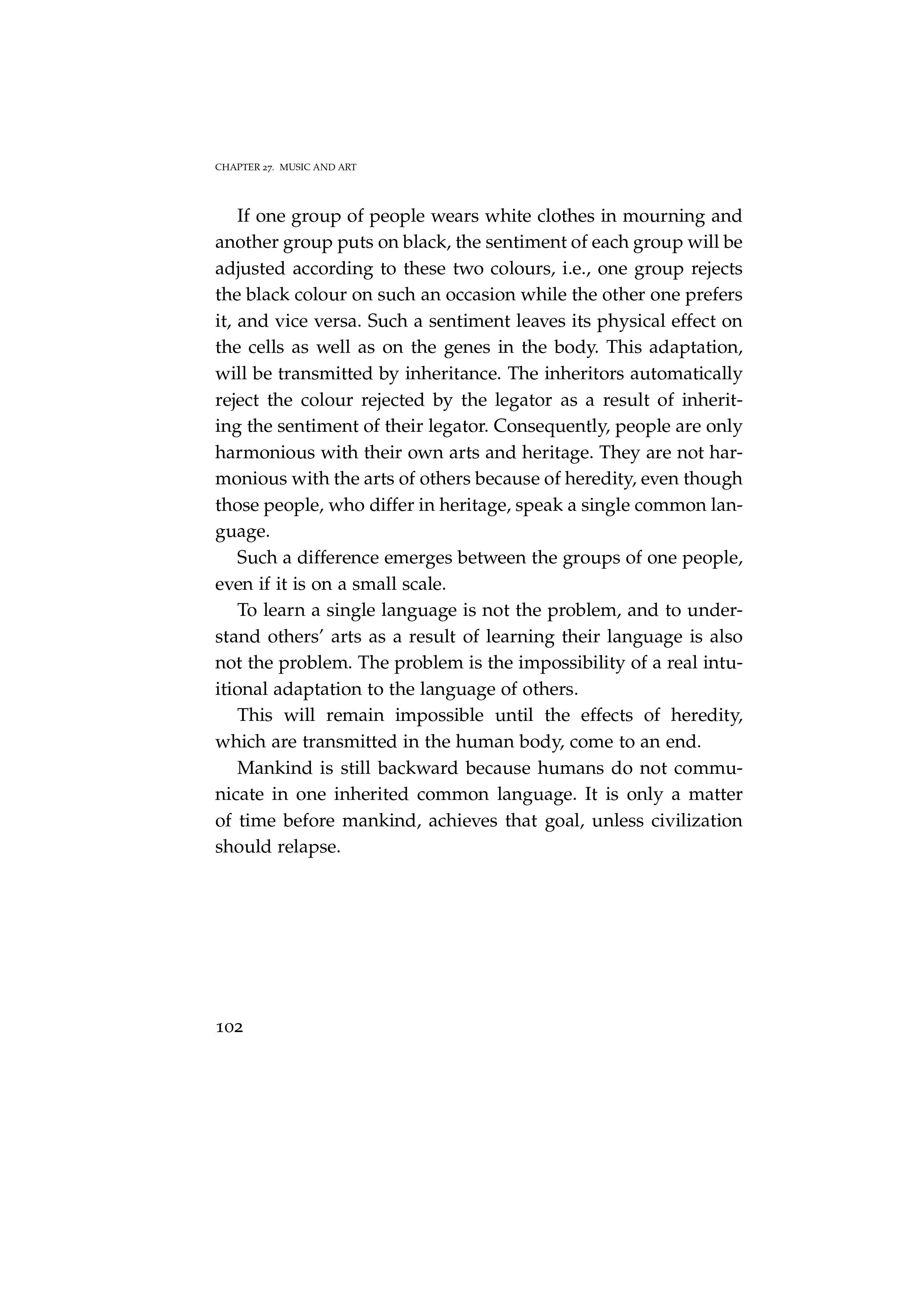

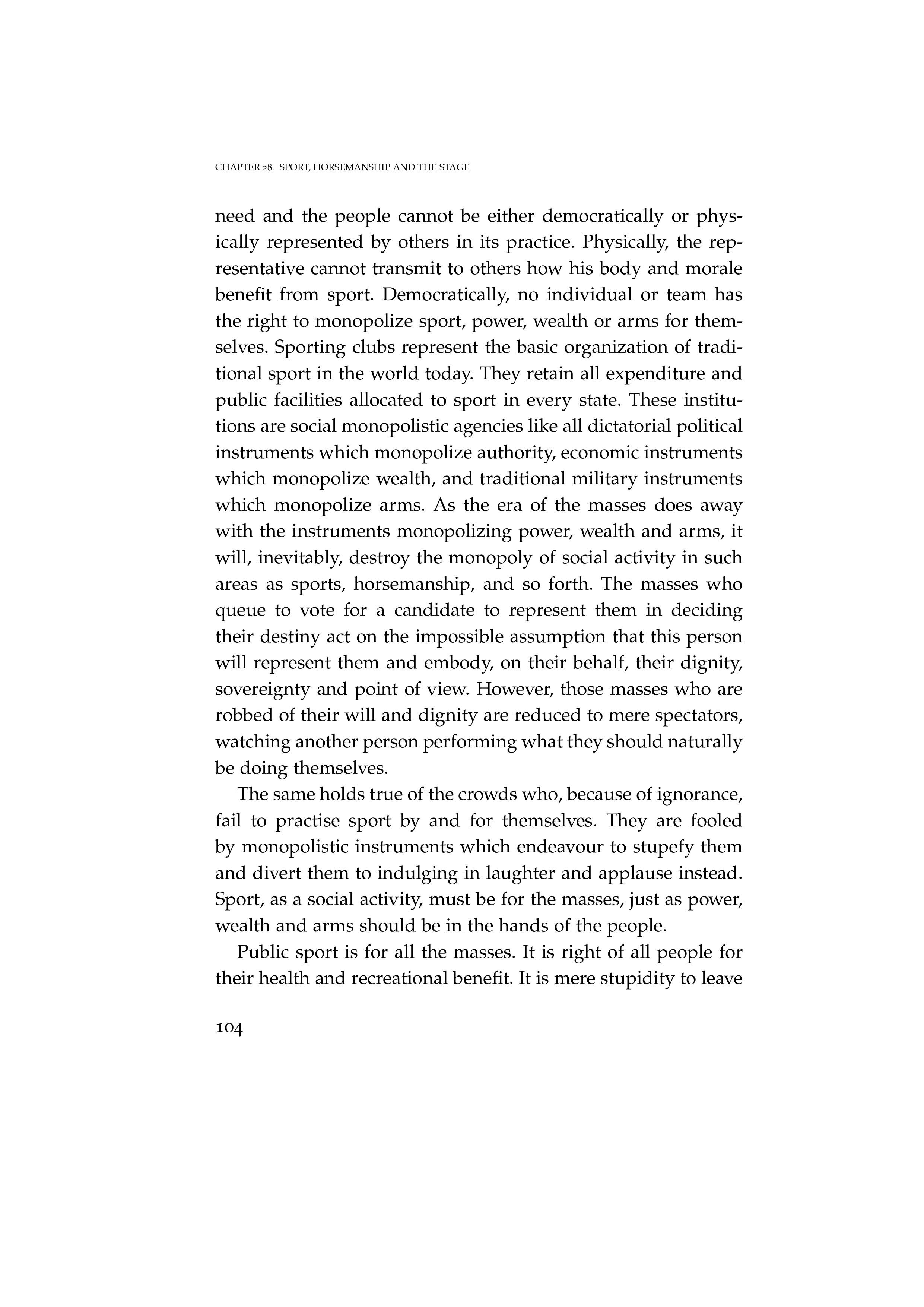
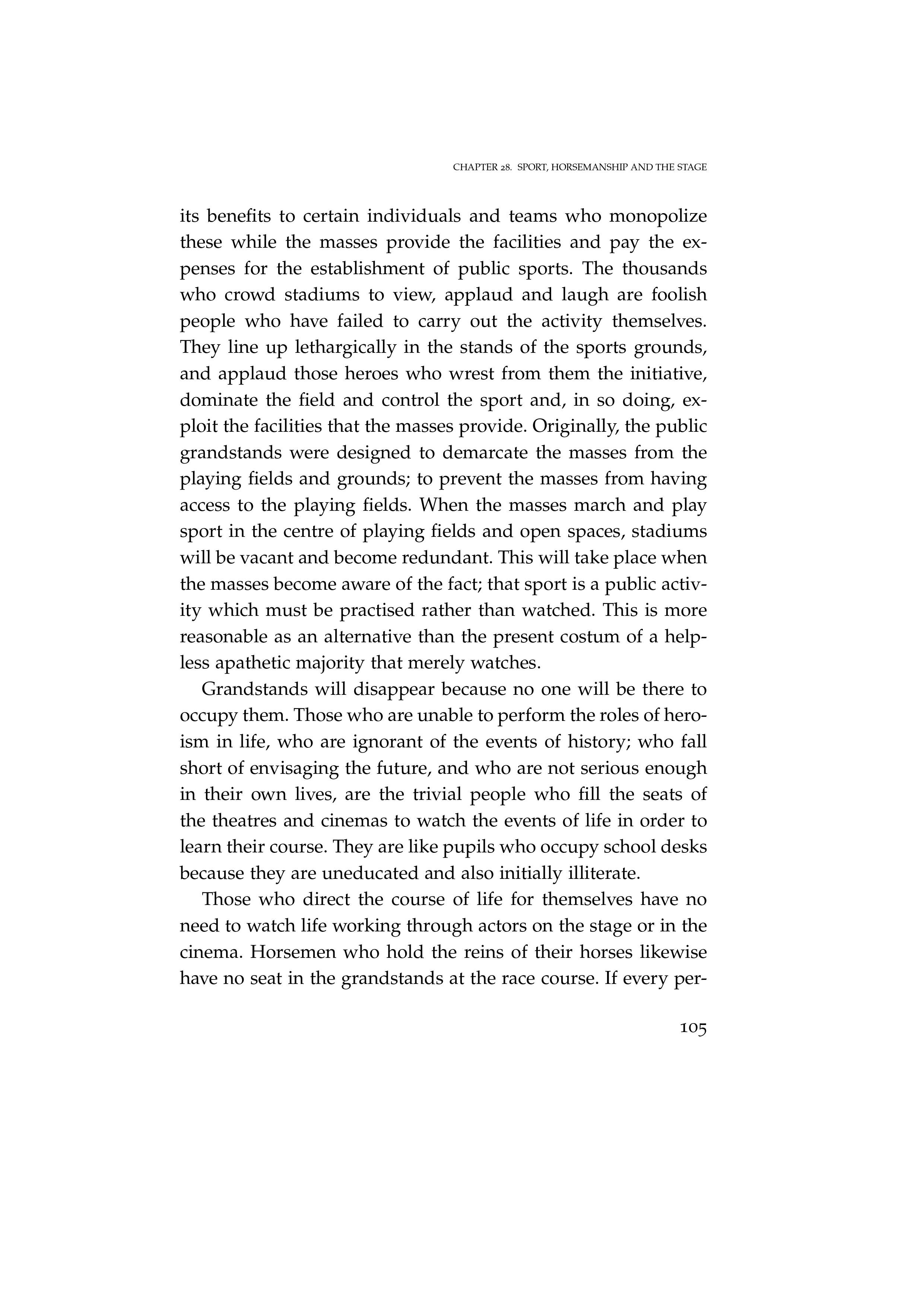
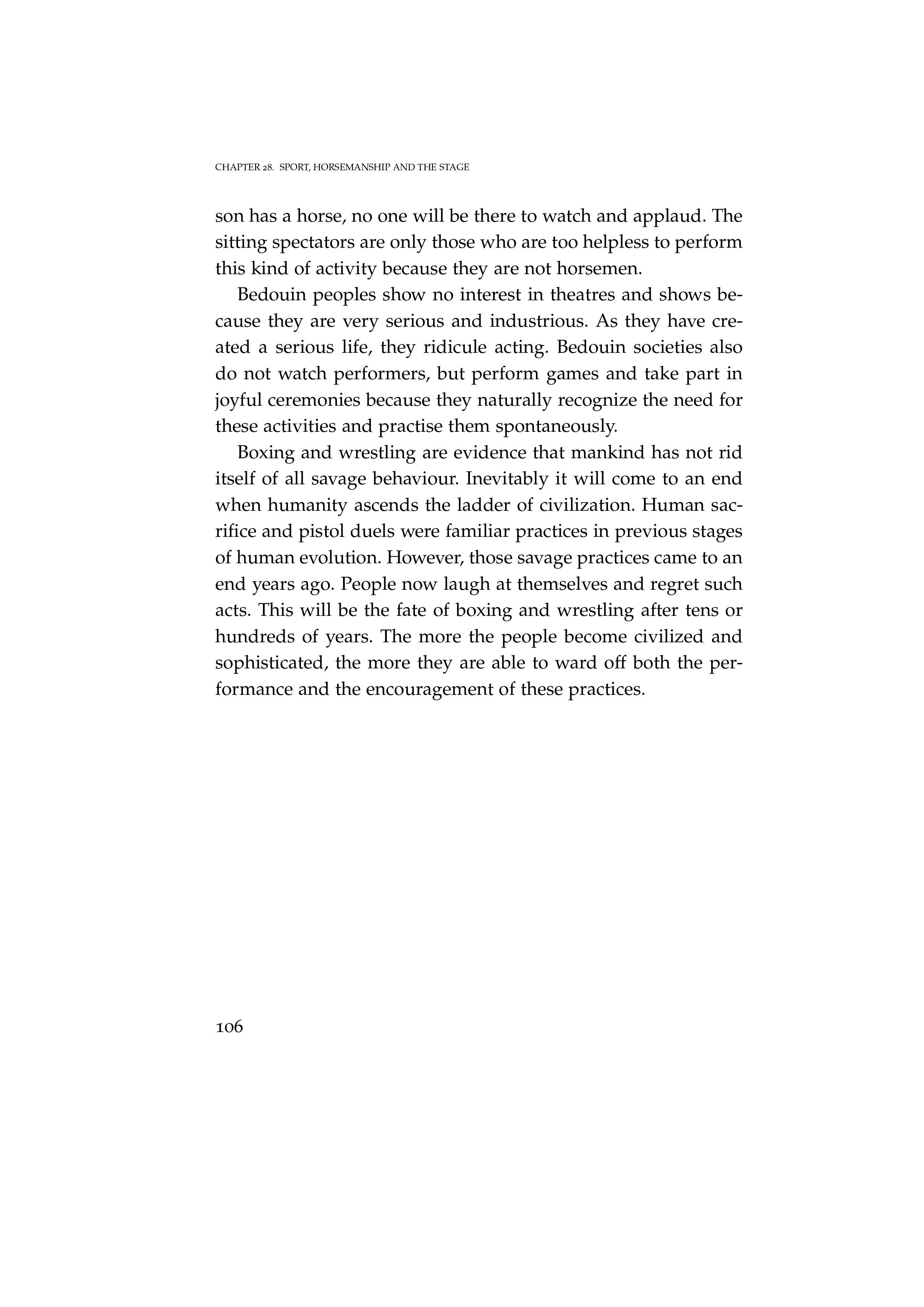
BALANTA RESPONSE TO THE UNITED STATES SECRETARY OF STATE MIKE POMPEO ON THE 47TH GUINEA BISSAU INDEPENDENCE DAY
https://www.state.gov/guinea-bissau-independence-day/
Secretary Pompeo,
We commend you for recognizing the great victory of the people of Guinea Bissau to liberate themselves from the foreign domination and colonial occupation of the Portuguese and establish their national independence 47 years ago today. The brave people of Guinea Bissau, consisting of the Balanta, Fulani, Mandinga, Papel, Manjaco, Beafada, Mancanha, Bijago, Felupe, Mansoaca, and others, took up arms against those who invaded their land in 1446 and and claimed an unnatural authority seeking to enslave them.
On August 3, 1959, in Bissau, the Portuguese invaders massacred fifty of the above people who were on strike. Exactly one year later, a day of solidarity of the struggling peoples was held and condemned the Portuguese colonialists. Another year later, on August 3, 1961, in the face of the fiercely negative attitude of the Portuguese Government which refused to adopt a peaceful solution for the elimination of the colonial domination, The African Independence Party, known as the “PAIGC”, stated,
“in consideration of the firm will of our peoples to free themselves from the colonial yoke, whatever the means needed;
in consideration that this liberation must be achieved urgently, and that our peoples are ready to achieve it;
in consideration of the peculiarly difficult circumstances that our peoples face in the struggle against Portuguese colonialism;
in consideration of the necessity to prevent new colonial wars in Africa and to maintain world peace;
THE AFRICAN INDEPENDENCE PARTY
proclaims 3 August 1961 as the date of the passage of our national revolution from the phase of political struggle to that of national insurrection, to direct action against the colonial forces;
declares that all its militants and cadres are mobilized for direct action in the national liberation struggle;
invites all the nationalist organizations of our countries to improve their organization, to strengthen their preparation for the struggle of liberation of Guinea and Cape Verde and to co-ordinate their action in the United Front for the Liberation of ‘Portuguese” Guinea and Cape Verder (FUL);
reaffirms the active solidarity of our peoples towards the struggling people of Angola;
reaffirms the will of our peoples at any moment, by way of negotiation, to seek a peaceful solution to the conflict which sets them against the Portugese Government, in accordance with their inalienable righ to self-determination and national independence;
appeals to all peace- and freedom-loving peoples, particularly African and Asian peoples, to give practical and immediate aid to our peoples struggling against foreign domination.
Forward with our liberation struggle! Down with Portuguese colonialism!”
The first stretch of territory liberated by the forces of the people, led by the great Balanta warriors, was the the island of Como. In an effort to recapture this critical, strategic area the Portuguese invaders, with a total of 3000 well equipped men, including about 2000 elite soldiers and officers transferred from Angola, attacked in January of 1964. After 75 days of fighting and 900 killed and wounded, the people of Guinea Bissau drove the “superior forces” of the Portuguese invaders into the sea!
Such was the warfare that led to the independence of Guinea Bissau, proclaimed on this day, 47 years ago.
Secretary Pompeo, I remind you that the liberation and independence of the people of Guinea Bissau is not yet complete.
From 1668 to 1829, 145,000 people were shipped from the slave trading port at St. Louis, Senegal. From 1668 to 1843, 126,000 people were shipped from the slave trading port of Bissau on the coast of modern day Guinea Bissau, West Africa. These are the lands were Balanta people were living. From these two slave trading ports, 6,400 people were brought to the Gulf Coast, 10,000 people were brought to the port at Charleston, South Carolina, 4,500 people were brought to Chesapeake, and 1,400 people were brought to New York. From 1761 to 1815, records show that 6,534 Binham Brassa (Balanta people) were trafficked from their homeland and enslaved in the Americas. That’s an average of at least 121 Balanta per year.
Though there was no Convention on the Prevention and Punishment of the Crime of Genocide at that time, the trafficking of these people (including children), the inhuman brutality and enslavement are all considered today by the international community as crimes of genocide. In addition, the trafficking, enslavement and genocide are also considered now as violations of the International Covenant on Civil and Political Rights.
The liberation struggle and independence of the people of Guinea Bissau is not yet complete. The Balanta, Fulani, Mandinga, Papel, Manjaco, Beafada, Mancanha, Bijago, Felupe, Mansoaca, and others who were taken to the Americas - North, South and Central - as well as the Caribbean, are still living under foreign domination in the lands of their captivity and enslavement.
On January 1, 1863, President Lincoln issued the Emancipation Proclamation declaring “that all persons held as slaves” within the rebellious states “are, and henceforward shall be free.” At that time, no provisions to return to their ancestral homeland were given to the descendants of the Balanta, Fulani, Mandinga, Papel, Manjaco, Beafada, Mancanha, Bijago, Felupe, Mansoaca, and others. No land was given or set aside for them. Then, in 1868, without conducting any kind of plebiscite to inform the people of their rights and options and allow them the opportunity to exercise self-determination by making a free and informed decision about their future destiny, the 14th Amendment to the U.S. Constitution imposed “citizenship”, effectively nullifying their “freedom” and imposing rights and obligations that they never consented to.
Since then the Balanta, Fulani, Mandinga, Papel, Manjaco, Beafada, Mancanha, Bijago, Felupe, and Mansoaca, along with other peoples taken from other territories in Africa and brought to the United States, have suffered the oppression and crimes documented in the following presentations and appeals to the international community:
September 2, 1924 - The Universal Negro Improvement Association Petition of Four Million Negroes of the United States of America to His Excellency the President of the United States Praying for a Friendly and Sympathetic Consideration of the Plan of Founding a Nation in Africa for the Negro People, and to Encourage Them in Assisting to Develop Already Independent Negro Nations as a Means of Helping to Solve the Conflicting Problems of Race
1946 - The National Negro Congress Petition to the Economic and Social Council of the United Nations Stating The Facts on The Oppression of the American Negro.
October 23, 1947 - W.E.B. DuBois AN APPEAL TO THE WORLD!: A Statement on the Denial of Human Rights to Minorities in the Case of Citizens of Negro Descent in the United States of America and an Appeal to the United Nations for Redress.
December, 1951 - William Patterson and Paul Robeson We Charge Genocide: The Historic Petition to the United Nations for Relief from a Crime of The United States against the Negro People . The petition detailed, among other things, 152 incidents of killings of unarmed Black men and women by police and lunch mobs between 1945 and 1951.
1977 - The New Afrikan Prisoners Organization (NAPO) petition to the United Nations.
December 11, 1978 - The National Conference of Black Lawyers, the National Alliance Against Racist and Political Repression, and the Commission on Racial Justice for the United Church of Christ petition to the United Nations Sub-Commission on the Prevention of Discrimination and Protection of Minorities.
1994 - Mr. Silis Muhammad Petition for Reparations to the UN under 1503 Procedure – to the UN Working Group on Communications on behalf of African Americans. This was followed up in 1997, 1998, 199 and 2000 with written and oral statements urging the Commission on Human Rights
May 1997 - the National Black United Front historic Genocide Petition Campaign Against the United States Government and traveled to the United Nations Human Rights Center in Geneva, Switzerland to present the petition with over 200,000 signatures to Mr. Ralph Zacklin, Officer in Charge of High Commission of Human Rights, Centre for Human Rights. Also, this same Petition/Declaration was submitted to the High Commission of Human Rights in New York on May 27, 1997.
September 3, 2001 - Congresswoman Cynthia McKinney presented United Nations High Commissioner for Human Rights Mary Robinson two documents as evidence of the US governments violations of both US and international law and, in particular, specific violation of the International Convention on the Elimination of Racial Discrimination. The first document given to Robinson was a confidential Memorandum 46, written by National Security Advisor, Zbigniew Brzezinski on March 17, 1978 and it details the federal government's plan to destroy functioning black leadership in the United States. This document provides a critical insight into the federal government's concern at the apparent growing influence of the African American political movement. The second document is a report entitled "Human Rights in the United States [The Unfinished Story - Current Political Prisoners - Victims of COINTELPRO]" and it was compiled by the Human Rights Research Fund, headed by Kathleen Cleaver. This document provides an overview of the counterintelligence program which, from the 1950s to the 1980s, was implemented in the United States against political activists and targeted organizations.
November 22, 2010 - The National Conference of Black Lawyers and the Malcolm X Center for Self Determination report on Political Repression – Political Prisoners to the United Nations Universal Periodic Review, Ninth Session of the Working Group on the UPR Human Rights Council.
Secretary Pompeo, like other people taken from Africa and enslaved in the colonies that would become the United States, the Balanta people have never ceased to struggle for their liberation. This has been evidenced most recently by the efforts of Balanta heroes such as Reverend Eustace Blake, militant pastor of the St. James AME Church in Newark, New Jersey, who told his 2,000 member congregation before the Newark riots, “the price of freedom ain’t cheap”; Ella Baker, the leading strategist of the Civil Rights Movement who said “Until the killing of black men, black mothers’ sons, becomes as important to the rest of the country as the killing of a white mother’s son, we who believe in freedom cannot rest until this happens”; John Blake, who tried to work within the system by serving as President Nixon’s Director of Job Corp. When such non-violent efforts to obtain civil rights failed to liberate the Balanta people in America, other Balanta people, like Stephen Hobbs, became more militant and joined the Black Panther Party and other organizations that were attacked by the Federal Bureau of Investigations (FBI) COINTELPRO effort to prevent the liberation and independence movement of the people from Africa suffering foreign domination in America.
Direct attacks on Balanta people were committed on January 27, 1997 by the Chicago Police department, the United States Bureau of Alcohol, Tobacco and Firearms (ATF), and the United States Secret Service against Balanta descendant Ras Nathaniel, a graduate of Yale University studying international law at the Nkrumah-Washington Community Learning Center. He was attacked again as a combatant in America’s Drug War, on August 6, 1999.
The most recent attack, which received international condemnation, was committed against the unarmed Balanta descendant Jacob Blake on August 23, 2020 in Kenosha, Wisconsin. The worldwide Balanta People’s Union, represented by six zones on four continents, condemned this attack.
Therefore, Secretary Pompeo, since you “offer your best wishes to all Bissau-Guineans all over the world” and acknowledge and congratulate the Independence of Guinea Bissau, we invite the United States Government to do its part to complete the liberation and independence of Guinea Bissau by negotiating with us and the Government of Guinea Bissau, a peaceful Reparations and Repatriation treaty that would provide the justice due to the Balanta, Fulani, Mandinga, Papel, Manjaco, Beafada, Mancanha, Bijago, Felupe, and Mansoaca people in America who have yet to be returned to their independent homeland.
Respectfully,
Siphiwe Baleka, Founder & President
Balanta B'urassa History & Genealogy Society in America
Senior Heritage Ambassador, Director of Research and Development Balanta
United House of Ancestry
balantasociety@gmail.com
BALANTA POET SIMONE ROBERTS: WHO AM I?
“Our struggle demands enlightened leadership and we have said that the best sons and daughters of our land must lead…”
- Amilcar Cabral, The Weapon of Theory
“Balanta children need to be taught history, agriculture, science and how to utilize faculties in addition to their intellect to access gnosis or knowledge of the universe contained in the inner intelligence in every atom and cell in their body. In this way, the consciousness of the young today will, tomorrow, be superior to our current collective consciousness”
- Brassa Mada (Siphwe Baleka)
Amilcar Cabral and students during the liberation struggle in Guinea Bissau.
Brassa Mada (Siphiwe Baleka) addressing students at Charles Duna Primary School in New Brighton, Port Elizabeth, South Africa
Gifted eighth-grade student Simone Roberts, a member of the Balanta family in America, is the first Balanta youth contributor to the Balanta B’urassa History & Genealogy Society in America website. Here is her profound poem,
Who Am I?
Simone Roberts with mother Lisa Hoover-Roberts
Gambia Balanta Student Association
Gambia Balanta Student Association meeting September 26, 2020
“Hello Mr. Baleka. I am writing on behalf of the Gambia Balanta Student Association. We have been following your impressive work in Guinea Bissau through brother Mario Ceesay in the Gambia and I as the IPRO personally would want to thank you for such a big heart to your root. I was fortunate to listen to the Balanta anthem and in that vain of unity I write to extend greetings from the smiling coast of Africa. We hope for having connections with you and your association and with Guinea Bissau to expand the dynamism of the Balanta people. I would love to say alot but I guess this is just the beginning.”
“N'sumna. Nhidid tuk Brassa Mada, also known as Siphiwe Baleka. Abeneh. Thank you for your kind words and reaching out to me. Mario mentioned your interest. As President of the Balanta B'urassa History & Genealogy Society in America, we also look forward to closer connection Gambia Balanta Student Association. Please feel free to discuss your ideas.”
“Thank you very much for responding. As an association we focus more helping Balanta Students to reach the top in terms of education and also to bring people together and enable appreciation of the Balanta culture. I will send you our plans and some of the little things we are up to. . . . It is of great spirit we write to you again to strengthen the brotherhood and the unbreakable bond of Brassa people. We have made a close study of the Balanta people in our region and the results are intriguing. We were able to identify three key issues that serve as a hindrance in the development and low social status of Brassa people in the Gambia:
literacy/ignorance.
Selfishness/Individuality.
Religion.
It is quite clear that these are three key attributes in humans that when mastered can place you on top of the world. changing one's mindset on issue(2 and 3) one needs to have sound education. A great man once said" it is through education that you can change a nation). The Balanta students association comprises of young individuals that are passionate about learning but are set back by financial aid. A lot of the youths we meet and still meet gave testimony of how they have to work to pay their fees and also to feed from their labour, to this I am a living example. I and my colleagues have made a survey of the entry of students at the University of the Gambia and found that it's less that 0.001% which is heart breaking. We have interviewed youths and found out that finance is the major issue. As an association we are set out to tackle this issues by providing tutoring and help others achieve their dreams of higher education. We hope that we become more creative and get ways of helping our people out. This is why we reach out to you.”
“N'sumna. Greetings. Yes, I have received your message from Monday August 31, 2020 and this morning. Can you provide a list of the members of the association, their ages, their home villages, what they are studying, and a group photo?”
The Success of Reverend Charles Colcock Jones' Plan to Prevent Negro Insurrection: Christian Mental Slavery & The Family of Jacob Blake
Jacob Blake III is the great, great, great, great, great grandson of Brassa Nchabra, who was born in Nhacra (modern day Guinea Bissau) around 1758. Brassa Nchabra’s family were Binham Brassa, the people who were called “Balanta” which means “those who resist”.
It is popular within the “woke” community to say “Black history did not begin with the slave ship”. In order to properly understand the aftermath of the shooting of Jacob Blake and to learn the real lessons, it is necessary to tell the story from the perspective of Brassa Nchabra and the Balanta people. What becomes clear is that the Blake family came from a fierce and proud tradition of the Binham Brassa, a people who, when attacked, WOULD ALWAYS COMPLETE A COUNTER-STRIKE AGAINST THE ENEMY. Being cut-off from the knowledge of this heritage and deliberately programmed to NEVER counter-attack the enemy, the Blake family’s response to the shooting of Jacob Blake - to plead for people to pray to Jesus and to protest peacefully instead of COUNTER-STRIKING, is EXACTLY the design of Reverend Charles Colcock Jones. Here is the story of the tragic effect of severing a people from their ancestral heritage.
THE MILITARY LEGACY OF THE BALANTA PEOPLE
In 1615, Manuel Alvares commented, “They [Balantas] have no principle king. . . . They excel at making assaults . . . taking everything they can find and capturing as many persons as possible.”
In the late seventeenth century, Capuchins noted that “Balanta and the Falup’ cause notable damages and seize every day the vessels that pass by . . . and this even though the vessels are well armed.”
In defense of their freedom, scholar Walter Hawthorne describes the Balanta military skill,
“In part, the Balanta and other coastal groups resisted enslavement by exploiting the advantages offered by the region in which they lived. Put simply, the coast offered more defenses and opportunities for counterattack against slave-raiding armies and other enemies than did the savanna-woodland interior. In the early twentieth century, Portuguese administrator Alberto Gomes Pimentel explained how the Balanta utilized the natural protection of mangrove-covered areas – terrafe in Guinean creole – when they were confronted with an attack from a well-organized and well-armed enemy seeking captives or booty: ‘Armed with guns and large swords, the Balanta, who did not generally employ any resistance on these occasions. . . . pretended to flee (it was their tactic), suffering a withdrawal and going to hide in the ‘terrafe’ on the margins on the rivers and lagoons, spreading out in the flats some distance so as not to be shot by their enemies. The attackers. . . . then began to return for their lands with all of the spoils of war’. Organizing rapidly and allying themselves with others in the area, the Balanta typically followed their enemies through the densely forested coastal region. At times, the Balanta waited until their attackers had almost reached their homelands before giving ‘a few shots and making considerable noise so as to cause a panic.’ The Balanta then engaged their enemies in combat, ‘many times corpo a corpo’. . . .
Having assembled in what the Capuchins called ‘a great number,’ Balanta warriors struck their stranded victims quickly and with overwhelming force. ‘Upon approaching a boat,’ the Capuchins said, ‘they attack with fury, they kill, rob, capture and make off with everything.’
Such attacks happened with a great deal of regularity and struck fear in the hearts of merchants and missionaries alike. Others also commented on the frequency of Balanta raids on river vessels.
On March 24, 1694, Bispo Portuense feared that he would fall victim to the Balanta when his boat, guided by grumetes, ran aground on a sandbar, probably on the Canal do Impernal, ‘very close to the territory of those barbarians.’ . . . .
Faced with an impediment to the flow of trade to their ports, the Portuguese tried to bring an end to Balanta raids. But they were outclassed militarily by skilled Balanta age-grade fighters. Portuguese adjutant Amaro Rodrigues and his crew certainly discovered this. In 1696, he and a group of fourteen soldiers from a Portuguese post on Bissau anchored their craft somewhere near a Balanta village close to where Bissau’s Captain Jose Pinheiro had ordered the men to stage an attack. However, the Portuguese strategy was ill conceived. A sizable group of Balanta struck a blow against the crew before they had even left their boat. The Balanta killed Rodrigues and two Portuguese soldiers and took twelve people captive.
According to John Horhn’s They Had No King: Ella Baker and the Politics of Decentralized Organization Among African Descended Populations,
“Furthermore, the Balanta were extremely mistrusting of outsiders not from their own lineage or tabancas. This was true even when applied to members of their own ethnic group and resulted in a culture that held loyalty to the tabancas above all else. Therefore, it was impossible for outside forces to gain influence over Balanta culture without direct conquest and the commitment of military resources. “
Hawthorne’s continues in Strategies of the Decentralized,
“In 1777, Portuguese commander Ignacio Bayao reported from Bissau that he was furious that Balanta had been adversely affecting the regional flow of slaves and other goods carried by boats along Guinea-Bissau’s rivers. It was ‘not possible,’ he wrote, ‘to navigate boats for those [Balanta] parts without some fear of the continuous robbing that they have done, making captive those who navigate in the aforementioned boats.’ In response, Bayao sent infantrymen in two vessels ‘armed for war’ into Balanta territories. After these men had anchored, disembarked, and ventured some distance inland, they ‘destroyed some men, burning nine villages’ and then made a hasty retreat back to the river. Finding their vessels rendered ‘disorderly,’ the infantrymen were quickly surrounded by well-armed Balanta. Bayao lamented that ‘twenty men from two infantry companies’ were taken captive or killed. Having sent out more patrols to subdue the ‘savage Balanta’ and having attempted a ‘war’ against this decentralized people, the Portuguese found that conditions on Guinea- Bissau’s rivers did not improve.’
Viewing the regional slave trade as a threat to their communities, the Balanta continued their raids on merchant vessels transporting captives and other goods. Such raids would tax Portuguese patience throughout the nineteenth and well into the twentieth century . . . . Thus, by garnering weapons and iron in regional markets and from Luso-African merchants, many Balanta communities, like those of other decentralized coastal societies, were not only able to stand up to threats posed by the slaving armies of Kaabu and Casamance, they were also able to withstand assaults by Portuguese who were attempting to profit by insuring the smooth running of the coastal trade routes that moved captives to area ports.”
So it is clear that the natural, historical and correct response to an attack on Balanta people is to retreat from the first strike and COUNTER-ATTACK with a retaliatory SECOND-STRIKE.
THE AMBUSH OF BRASSA NCHABRA
Sometime during the 1760’s or early 1770’s, during the period that Portuguese commander Ignacio Bayao complained about the Balanta COUNTER-ATTACKS, Brassa Nchabra, a young boy belonging to a free family and a community that dominated the local economy, was captured and trafficked across the Atlantic and brought to Charleston, South Carolina. Historian Walter Rodney writes:
“The earliest European reports disclose that the Balantas had a multiplicity of petty settlements consisting of family lineages (Fernandes, 80) . . . . The Balantas had quantities of prime yams…. The best farmers of the sixteenth and seventeenth centuries - the Balantas . . . - all had cattle and goats …. At the beginning of the seventeenth century, Andre Dornelas pointed out that Balanta territory was free from heavy vegetation. It was these very Balantas who reared the most livestock in the area, and it was they who provided supplies of foodstuffs for their neighbors….That peoples who were far superior producers of food than the Mande and Fula are consistently dubbed ‘Primitives’ is due solely to the contention that they did not erect a superstructure of states. . . . It is only the Balantas who can be cited as lacking the institution of kingship. At any rate there seemed to have been little or no differentiation within Balanta society on the basis of who held property, authority and coercive power. . . . The distribution of goods, to take a very important facet of social activity, was extremely well organized on an inter-tribal basis in the Geba-Casamance area, and one of the groups primarily concerned in this were the Balantas, . . . In the sixteenth and seventeenth centuries, the Portuguese realized that the Balantas were the chief agriculturalists and the suppliers of food to the neighboring peoples. The Beafadas and Papels were heavily dependent on Balanta produce, and in return, owing to the Balanta refusal to trade with the Europeans, goods of European origin reached them via the Beafadas and the Papels. The Balantas did not allow foreigners in their midst, but they were always present in the numerous markets held in the territory of their neighbors. . . .”
Portuguese, French and English slave traders employed Bijago and Mandinka people to ambush Balanta women going to the markets. These Europeans were Christians who justified their actions in the name of God and Jesus. In this way, they seized Balanta women and children and sold them at the ports of Cacheu and Bissau. The result is that only 22% of the 6,534 Balanta who were trafficked to the United States were men. 78% were women and children. According to the Convention on the Prevention and Punishment of the Crime of Genocide, this forced removal of the child Brassa Nchabra from his family to the Blake family in the Carolina’s was an act of genocide that resulted in
Causing serious bodily or mental harm to the Brassa Nchabra family;
Deliberately inflicting on the family of Brassa Nchabra conditions of life calculated to bring about its physical destruction in whole or in part;
We know that Brassa Nchbra’s family and the Balanta people continued to COUNTER-STRIKE against their enemies after the capture of Brassa Nchabra because of Commander Ignacio Bayao’s report in 1777. But what happened to the the descendants of Brass Nchabra in America?
THE TORTURE, TERRORISM AND GENOCIDE COMMITTED AGAINST GEORGE BLAKE
B’rassa Nchabra was captured and brought to Charleston, South Carolina as part of the illegal English slave trading in the area. According to the Negro Law of South Carolina (1740), Section I declared
“all Negroes and Indians (Free Indians in amity with this Government, Negroes, mulattoes and mestizos, who are now free excepted) to be slaves.“
However, Section 4 stated that
“The term Negro is confined to slave Africans (The ancient Berbers) and their descendants. It does not embrace the free inhabitants of Africa, such as the Egyptians, Moors, or the Negro Asiatics, such as Lascars.”
Thus, by this statute, B’rassa Nchabra, who was a free inhabitant at the time of his capture and came from a family lineage and people that had never been enslaved and were not subjects of any political authority, was wrongfully enslaved in Charleston through illegal English maritime activity.
Being so young, Brassa Nchabra had never completed the Balanta age-grade initiations which is described as “opening the doors’ of maturity and wisdom in the Balanta community.” Being so young and unable to speak English, he could not make a case in defense of his freedom upon his arrival to Charleston.
Brassa Nchabra was given the slave name “George” - named after George Washington, the infamous slave owner and traitorous leader of the Sons of Liberty terrorist group. Eventually, George was purchased and brought to Wake County, North Carolina and given to Dempsey Blake, the great, great grandson of the pirate Robert Blake. Robert Blake was himself a rebellious traitor, fighting against his King during an English civil war and defeating Royal General Prince Rupert in 1650. For this, Robert Blake was given legal sanction for his mercenary actions by being designated Commander-in-Chief of the English Fleet. He stole $14 million worth of goods from the Spanish fleet and used this money to send his sons to America and establish lucrative plantations. His descendants would become some of the largest slave owners in America.
LEGAL SANCTION OF GENOCIDE AGAINST BRASSA NCHABRA
From the time of his arrival in North Carolina until 1788, Brassa Nchabra was subject to the following genocidal laws:
1741 c 35 s 25 Runaw'ys to be committed to jail--notice to be given.
1741 c 35 s 26 27. Runaway may he hired out, when owner not known.
1741 c 35 s 28 When the owner appears runaway to be delivered to him.
1741 c 35 s 29 Iron collar to be put on runaway when hired out.
1741 c 35 s 30 and 31. Duty of Justice wh'n a runaway is bro't before him and also of the constable to whom he is committ'd.
1741 c 35 s 32 Penalty on Sheriff &c for employing runaway or keeping him longer than this act directs or for suffering him to escape.
1741 c 35 s 33 Keepers of ferries to give passage to constables conveying runaways
1741 c 35 s 34 Notice to be given by the jailor in certain cases in the State Gazette.
1741 c 35 s 40 R'naway slaves may be outlawed in certain cases.
1741 c 35 s 35, 36, 37. 1831 c 44 Slaves not to go armed.
1741 c 35 s 38 No slave to go off his masters pl'ntation without leave in writing.
1741 c 35 s 39 1779 c 152 s 1 Slaves not to raise stock.
1753 c 53 s 6 Slaves not fed &c. stealing corn &c. injured person may sue the owner.
1777 c 123 s 2 Penalty on slaves burning woods.
1777 c 115 s 42 1821 c 1123. Against whom slaves and other persons of colour may be witnesses.
1783 c 190 s 1 2, 3. Slav's f'r trivi'l offences to be tried before a justice of the peace.
1786 c 249. Penalty on bringing slaves from certain States.
1787 c 287 s 2 Free negroes &c. not to entertain slaves in their houses at certain times.
NEUROLOGICAL EFFECTS OF THE TORTURE, TERRORISM AND GENOCIDE COMMITTED AGAINST GEORGE BLAKE
According to neuroscience, when faced with a threat—real or imagined, physical or emotional—the most primitive parts of the brain go into action to determine if the threat is a credible one. If it finds that yes, the threat is real, it will then go into survival mode and determine if you should stay and fight or run away—whichever one will most likely result in survival.
After surviving the trauma of the middle passage, the most primitive parts of Brassa Nchabra’s YOUNG brain had already been triggered to enter the most extreme fight or flight condition which was both ACUTE and CHRONIC. Already in a state of physical, emotional and spiritual abuse and degradation,
the constant threat of violence made fighting and escaping both unsuitable choices for Brassa Nchabra’s survival.
For most of the African people disembarking from middle passage ships, submission and obedience proved to be the only choice likely to result in survival.
Over time these tactics become imprinted on your brain.
They become your brain’s go-to fix when it feels threatened. This then becomes your pattern. You don’t have to think about these tactics. They just become part of your comfort zone and your automatic response to feeling unsafe or uncomfortable.
These types of tactics are referred to as familiarity heuristic. In other words, your brain reverts to what it’s familiar with when faced with a threat. Remember, your brain’s job is to keep you safe and make sure you survive. What the brain considers safe is what is familiar. After all, what you’ve done to this point has kept you alive. You’ve survived so far, so as far as your brain is concerned, what it’s done to date to keep you safe has worked.
Thus, for the first time in the history of Brassa Nchabra’s family, submission and obedience entered into it’s pathological and epigenetic code.
Sometime around 1788, George’s son Jack was born with this new submissive epigenetic coding supported by environmental programming. He was the first member of Brassa Nchabra’s family to be born into captivity and slavery. He knew little to nothing about his Balanta heritage and all he knew was the trauma of the genocide committed against he and his father. In 1819, Jack had a son named Yancy and that same year both were given to Asa Blake, the son of Dempsey Blake who was the great, great grandson of the traitorous pirate Robert Blake.
Thus, three generations of Brassa Nchabra’s family were now enslaved and victims of genocide. None of them were Christian.
They were forced through the use of coercive power and a monopoly of violence justified by Christian ideology to OBEY their master Dempsey Blake and then Asa Blake. They were forced through the use of coercive power and a monopoly of violence justified by Christian ideology to use their slave names. In a state of unnatural terror and trauma, submissiveness and obedience for the sake of survival had become the Blake family’s automatic response to the genocide they were suffering.
NAT TURNER’S REBELLION AND REVEREND CHARLES COLCOCK JONES’ PLAN TO PREVENT ANY NEGRO INSURRECTION
The Southampton Insurrection, also known as Nat Turner’s Rebellion, took place in August, 1831. The insurrectionists killed between 55 and 65 people, at least 51 of whom were white. This happened across the North Carolina border just 129 miles from the Blake plantation were George, Jack and Yancey were enslaved. The total population of Raleigh, North Carolina at that time was almost 1,700, half black and half white. The whole of Raleigh, NC was placed under arms. The North Carolina militia was called out to assist in stopping the rebellion. The North Carolina General Assembly passed a law forbidding African American preachers to speak at worship services where slaves from different owners are in attendance, and forbidding anyone to teach African Americans to read and write. John Spencer Basset, writing in 1899 in his book, Slavery in the State of North Carolina, states,
“It was, indeed, in a harsh spirit that the law came at last to regulate the religious relations of the slave. In the beginning, when the slaves were just from barbarism and freedom, it was thought best to forbid them to have churches of their own. But as they became more manageable, this restriction was omitted from the law and the churches went on with their work among the slaves. . . . The change came openly in 1830, when a law was passed by the [North Carolina] General Assembly . . . .It was enacted that no free person or slave should teach a slave to read or write, the use of figures excepted, or give to a slave any book or pamphlet. This law was no doubt intended to meet the danger from the circulation of incendiary literature, which was believed to be imminent; yet it is no less true that it bore directly on the slave’s religious life. It cut him off from the reading of the Bible - a point much insisted on by the agitators of the North - and it forestalled that mental development which was necessary to him in comprehending the Christian life. The only argument made for this law was that if a slave could read he would soon become acquainted with his rights.
A year later a severer blow fell. The Legislature then forbade any slave or free person of color to preach, exhort, or teach ‘in any prayer-meeting or other association for worship where slaves of different families are collected together’ on penalty of receiving not more than thirty-nine lashes.’ The result was to increase the responsibility of the churches of the whites. They were compelled . . . to take on themselves the task of handing down to the slaves religious instruction in such a way that it should be comprehended by their immature minds and should not be too strongly flavored with the bitterness of bondage. With the mandate of the Legislature the churches acquiesced.
As to the preaching of the dominant class to the slaves it always had one element of disadvantage. It seemed to the negro to be given with a view to upholding slavery. As an illustration of this I may introduce the testimony of Lunsford Lane. This slave was the property of a prominent and highly esteemed citizen of Raleigh, N.C. He hired his own time and with his father manufactured smoking tobacco by a secret process. His business grew and at length he bought his own freedom. Later, he opened a wood yard, a grocery store and kept teams for hauling. He at last bought his own home, and had bargained to buy his wife and children for $2500, when the rigors of the law were applied and he was driven from the State. He was intelligent enough to get a clear view of slavery from the slave’s standpoint. He was later a minister, and undoubtedly had the confidence and esteem of some of the leading people of Raleigh, among whom was Governor Morehead. He is a competent witness for the negro. In speaking of the sermons from white preachers he said that the favorite texts were ‘Servants, be obedient to your masters,’ and ‘he that knoweth his master’s will and doth it not shall be beaten with many stripes.’ He adds, ‘Similar passages with but few exceptions formed the basis of most of the public instruction. The first commandment was to obey our masters, and the second was like unto it; to labor as faithfully when they or the overseers were not watching as when they were.’ . . All this was natural. To be a slave was the fundamental fact of the negro’s life. To be a good slave was to obey and to labor. Not to obey and not to labor were, in the master’s eye, the fundamental sins of a slave. . . . [Says Lunsford Lane] ‘There was one hard doctrine to which we as slaves were compelled to listen, which I found difficult to receive. We were often told by the minister how much we owed to God for bringing us over from the benighted shores of Africa and permitting us to listen to the sound of the gospel . . . . ‘ On the other hand, many of the more independent negroes, those who in their hearts never accepted the institution of slavery, were repelled form the white man’s religion . . .
Through the teachings of the church many were enabled to bend in meekness under their bondage and be content with a hopeless lot. There are whites to whom Christianity is still chiefly a burdenbearing affair. Such quietism has a negative value. It saves men from discontent and society from chaos. But it has little positive and constructive value. The idea of social reform which is also associated with the standard of Christian duty was not for the slave.
According to Dr. Carter G. Woodson in the Miseducation of the Negro,
“‘Prominent among the southerners who endeavored to readjust their policy of enlightening the Black population, were Bishop William Meade, Bishop William Capers, and Rev. C.C. Jones . . . The most striking example of this class of workers was the Rev. C.C. Jones, a minister of the Presbyterian Church. Educated at Princeton . . . . and located in Georgia where he could study the situation as it was, Jones became not a theorist but a worker. . . . Meeting the argument of those who feared the insubordination of Negroes, Jones thought that the gospel would do more for the obedience of slaves and the peace of the community than weapons of war. He asserted that the very effort of the masters to instruct their slaves created a strong bond of union between them and their masters. History, he believed, showed that the direct way of exposing the slaves to acts of insubordination was to leave them in ignorance and superstition to the care of their own religion. . . . He conceded that the Southampton Insurrection in Virginia in 1831 originated under the color of religion. It was pointed out however, that this very act itself was a proof that Negroes left to work out their own salvation, had fallen victims to ‘ignorant and misguided teachers’ like Nat Turner. Such undesirable leaders, thought he, would never have had the opportunity to do mischief, if the masters had taken it upon themselves to instruct their slaves. He asserted that no large number of slaves well instructed in the Christian religion and taken into the churches directed by White men had ever been found guilty of taking part in servile insurrections. . . . . . . ‘his [the Negro} instruction must be an entirely different thing from the training of the Cuacasian,’ in regard to whom ‘the term education had widely different significations.’ For this reason these defenders believed that instead of giving the Negro systematic instruction he should be placed in the best position possible for the development of his imitative powers - ‘to call into action that peculiar capacity for copying the habits, mental and moral, of the superior race.’ . . . Directing their efforts thereafter toward mere verbal teaching religious workers depended upon the memory of the slave to retain sufficient of the truths and principles expounded to effect his conversion.
Pamphlets, hymn books, and catechisms especially adapted to the work were written by churchmen, and placed in the hands of discreet missionaries acceptable to the slaveholders.
Among other publications of this kind were Dr. Capers’s Short Catechism for the Use of Colored Members on Trial in the Methodist Episcopal Church in South Carolina.; A Catechism to be Used by Teachers in the Religious Instruction of Persons of Color in the Episcopal Church of South Carolina; Dr. Palmer’s Catechism; Rev John Mine’s Catechism; and C.C. Jones’s Catechism of Scripture,’ Doctrine and Practice Designed for the Original Instruction of Colored People. . . .These extracts were to ‘be read to them on proper occasions by any member of the family’.”
What was Reverend Jones’ plan?
“They are an ignorant and wicked people, from the oldest to the youngest. Hence, instruction should be committed to them all, and communicated intelligibly. And that it may be impressed upon their memories, and good order promoted amongst them, it should be communicated frequently and at stated intervals of time.
The plan is this. The Planters form themselves into a voluntary association, and take the religious instruction of the colored population into their own hands. And in this way: - As many of the association as feel themselves called to the work, shall become teachers. An Executive Committee is to regulate the operations of the Society, to establish regular stations, both for instruction during the week and on the Sabbath, and to appoint teachers who shall punctually attend to their respective charges, and communicate instruction altogether orally, and - in as systematic and intelligible a manner as possible, embracing all the principles of the Christian religion as understood by orthodox Protestants
Specifically, Reverend Jones, in 1847, stated,
“The instruction must necessarily be communicated in a catechetical way, and with a few exceptions, the multitude of children and youth do not read. This is particularly the fact with those who live in the country. Let the teacher ask the question and repeat the answer; and explain it; and then continue asking the question until the answer is committed to memory, the scholars answering all . . . .The negroes are fond of singing, and it is a matter of much importance to their improvement and interest in the school; that hymns and psalms of a suitable character be taught. . . . These hymns and psalms will be sung by them in their religious meetings, and while they are engaged in their daily duties; and they will gradually be substituted for many songs and hymns, which they are in the habit of using, for the want of something better. . . . At the close, let the superintendent review the school on the lesson and hymns of the day, and explain and apply them; the object being not only to covey the form of sound words, but the substance and power also. Frequent reviews should by no means be omitted. . . . Take the following order of exercises, and it will about consume the time mentioned: - open with singing; read a portion of Holy Scripture - pray; after prayer, let the school repeat the Lord’s prayer, the creed, the commandments, select verses of Scripture; teach the hymn or a portion of it, which the school is learning, and making the school rise, teach, for a short time, the tune with the humn; review the last lesson - sing again - teach the lesson in the catechism for the day - give explanation and make an application; this should be done by each teacher privately to his class, and then by the superintendent to the whole school - and dismiss with or without prayer, and a dismission hymn or doxology. . . . Happy then shall we be, if we can increase the spirit of obedience in our Servants. . . . Happy shall we be if we can . . . . deliver their Masters from the pecuniary loss . . . consequent upon their negligence and crime. . . .There never will be a better state of things until the Negroes are better instructed in religion.”
And what would be the benefits of such religious instruction to the Negro? According to Reverend Jones:
1) There will be a better understanding of the mutual relations of Master and Servant;
2) There will be GREATER SUBORDINATION and a decrease of crime amongst the Negroes;
3) Much unpleasant discipline will be saved to the Churches;
4) The Church and Society at large will be benefitted;
5) The Souls of our Servants will be saved and,
6) We shall relieve ourselves of great responsibility.
Specifically, Reverend Jones stated that,
“obedience will never be felt and performed to the extent that we desire it, unless we can bottom it on religious principle.. . . It will be noticed that obedience is inculcated as a Christian duty, binding on the Servants, and thus the authority of Masters is supported by considerations drawn from eternity”
BENNETT BLAKE IMPLEMENTS REVEREND COLCOCK JONES’ PLAN TO THE NEGROES OF WAKE COUNTY, NC AND CONVERTS YANCEY BLAKE TO CHRISTIANITY.
According to Early Methodist Meeting Houses in Wake Country, North Carolina,
“Another Methodist pioneer was Bennet T. Blake, born in Virginia in 1800. While living in Petersburg, as a young man, Blake came under the influence of some prominent Methodist ministers including John Early who later became bishop. These ministers recognized a tremendous potential in the talented and capable young man and encouraged him to devote his life to the Methodist ministry. Blake joined the Virginia Conference in 1824, but gave most of his ministry to Wake Country where he began by serving in Raleigh in February, 1827. . . . .It was at this Conference that the famous Georgia slave-owning preacher, James O. Andrew, was elected bishop, a move that led to the division of the church. . . . [Blake] married the daughter of Needham Price, a prosperous land owner in southeastern Wake County, and made his home at Shotwell. After serving circuits down east, Blake filled the pulpit on Edenton Street in 1832, after Mellville B. Cox left for his missionary journey to Liberia. Three years he served as presiding elder in other districts, three years in educational work at Greensboro, but virtually the remainder of his thirty-year ministry was within Wake County. . . . He pioneered in a ministry to blacks, when this was not a popular thing to do. . . . Blake was also a delegate to the 1844 organizing Conference of the splinter group which called themselves the Methodist Episcopal Church, South. Blake established the Neuse River Mission to People of Colour in 1844 and continued his work there for two years. This was the first Methodist appointment in Wake County established entirely for a minority race. . . . At the end of the first year he reported eight black members with this number doubling to 16 by the end of 1845. . . . Meanwhile at Edenton Street Church, Dr. Rufus T. Heflin held a revival early in his pastorate during 1849 in which more than 250 people were converted to swell the membership roll to 213 white and 232 black members. These numbers continued to increase proportionately. White members. . . were equally irritated and embarrassed by the strong black membership. Socially, economically and culturally, black membership in the progressive city church was incompatible with the expectations of the minority and plans were made for something to be done to remedy the situation. The remedy, announced as a satisfactory solution for all concerned, came in 1853 after the determination that the blacks should have a church of their own. People of both races worked to get money together to buy land and obtain a building. . . . For the purpose of an episcopal appointment, the black congregation was called the African Mission and Daniel Culbreth, or Uncle Culbreth as he was affectionately called, became the first pastor. . . . He was on the Raleigh Circuit in 1834 with Bennet T. Blake . . . [Blake] retired in 1854 and died at his residence near Shotwell on May 28, 1882.”
According to B’rassa Nchabra family oral history given by Eustace Blake on August 9, 1974,
"Our forefathers were George, Jack, Yancey. Yancey Blake married Melissa Page. Yancey begat nine children by Melissa. Two boys and seven girls. Boys: Yancey Jr and John Addison. During the civil war a group of Federal Soldiers came pass the house of my grandfather (Yancey Blake), Yancey Blake Jr. joined them and was never heard from anymore.”
Indeed, Yancey Jr., the son of Jack Blake, was born in 1847, the fourth generation of Brassa Nchabra and the third generation born into captivity, slavery and with the submissive and obedient epigenetic coding. In 1853, the year that the African Mission black congregation was established in Wake County, Jack Blake was emancipated and married the love of his life, a woman named Cherry. Jack’s son, Yancey was 34 years of age. Five years later, in 1858, Yancey had another son, John Addison.
In 1861, North Carolina lawmakers barred any black person from owning or controlling a slave, making it impossible for a free person of color to buy freedom for a family member or friend. Thus, Jack Blake was prevented from purchasing or obtaining the freedom of his children and grandchildren. Thus, Yancey Jr. ran off the plantation and enlisted in the the 40th U.S., Colored Troops. Military Service Records list him as "Henderson Blake", age 18, enlisted from 1863-1865.
Here, in Yancey Jr.’s willingness to risk his life for freedom’s sake, the Balanta epigenetic coding was fully expressed. Yancey Jr. returned to the military legacy of his Balanta ancestors and was willing to make a COUNTER-STRIKE against his enemies.
Meanwhile, in Wake County where Jack, Yancey and John Addison were living,
“240 black members would march out of the brick city church with a feeling of triumph and move into their new church home. Dr. Bassett, writing of the event, said, ‘They rejoiced because they had a building of their own and the whites rejoiced because the Negroes were out of their church.’ . . . The effect of the War Between the States and the resultant Conference attitude caused the members to unite with the African Methodist Episcopal Church in 1866.”
One year earlier, almost 150 delegates attended The Convention of the Colored People of North Carolina held at the Loyal AME Church in Raleigh, North Carolina. The President of the convention stated,
“There had never been before and there would probably never be again so important an assemblage of the colored people of North Carolina as the present in its influence upon the destinies of this people for all time to come. They had assembled from the hill-side, the mountains, and the valleys, to consult together upon the best interests of the colored people, and their watchwords, “Equal Rights before the Law.”
Writing to the Convention, William Coleman stated,
“In the first place, you should be allowed to vote as a matter of right.
There was only one State refused you this right in its organic law at the adoption of the Federal Constitution. Congress has recognized it over and over again, and many of you recollect when free persons of color voted in North Carolina . The great and good men who founded the Government felt it no degradation that the ballot-box was open to free persons of color, nor did Gen. Jackson so regard it when he called them "fellow-citizens" in his Louisiana campaign. But, further, it can easily be shown by the severest logic, that if you are not to be allowed equality before the law, then the principles laid down in the Declaration of Independence, upon which our Government is based, are words "full of sound and fury," signifying nothing."
You are four millions of people, the bone and sinew of the Southern States. If they are ever to recuperate and regain the important position they once held in the commercial world, it will be due to your energy and industry. But you may well ask how this is to be expected, if yea are denied the rights of freemen, if you are still to remain a proscribed and degraded race? If you are to have no other motive to incite you than a bare struggle for physical existence, if you are to feel no weight of responsibility, to be moved by no feelings of honor and patriotism, are to entertain no hopes for the elevation and advancement of your children to a higher standpoint than you now occupy, then indeed I do not see with what heart you can go to work at rebuilding the future of these shattered States.
But then, you will pay a tax to the support of the Government. Your brethren in Louisiana have been paying one for a number of years on property at the assessed value of fifteen millions of dollars. Is the colored man to have no voice in the appropriation of his money? And this, too, in a Government claiming to be Republican, and founded, after a seven years' war, upon the principle of taxation and representation!
Nothing could be more preposterous, unless it be to refuse men the right of suffrage who bare undergone all manner of hardships and dangers far rise sake of the Government; who have volunteered in the ranks of its armies, and risked their lives upon the battle-field to maintain its integrity. There is something more than a jingle of words in the copulation of "ballot and bullet."
But there is even a more terrible calamity that you may be doomed to bear than the denial of suffrage. I mean the denial of justice in our courts of law. If you are not to be admitted to the witness stand, how are you to prove your contracts? You will be at the mercy of every scoundrel who has a white skin, and is disposed to swindle you. Of course, you can have no protection for your property. How about yer persons? You may be set upon, beaten into a jelly, and outright, and although fifty respectable colored sons might have seen it, you will be without .What is to protect your wives and daughters from, the brutal last of those who would select a time when no white witnesses were present to effect their devilish designs? Formerly, your masters protected you as property; now, you must protect Yourselves as persons; and, unfortunately, the prejudice is too strong against you (I fear) to expect justice from the State. And there are other feelings, by no means so excusable as prejudice, and a policy by no means national, which will operate to keep you down. Your only hope is an appeal to Congress.”
A year later, The Freedman’s Convention was held in Raleigh, North Carolina, from October 2nd to the 5th. There were 115 delegates from sixty counties. The representatives for Wake Country were J. H. Harris, Charles Ray, Wm. Laws, S. Ellerson, H. Locket, J. R, Caswell. Moses Patterson and Wm. High, honorary members. During the Convention, although many government officials of the state of North Carolina addressed the Convention, the convention was not informed of their legal status in international law. Specifically, they were not informed that the 14th amendment was not a grant of citizenship but merely an offer of citizenship that required an acceptance of rejection. The convention was not informed of the principle of jus soli, that America had the obligation to offer citizenship to the African born on American soil but that it could not impose this citizenship. Furthermore, the the United States government, under obligation to make the offer, also had the power to create the mechanism – a plebiscite-- whereby the African could make an informed decision, an informed acceptance or rejection of the offer of American citizenship. Indeed, Section Five of the Fourteenth Amendment makes clear that Congress could pass whatever law was necessary to make real the offer of Section One. (Section Five says, 'The Congress shall have the power to enforce, by appropriate legislation, the provisions of this article.)
The first 'appropriate legislation' required at that moment -- and still required - was that which would make possible for the now free African an informed free choice, an informed acceptance or rejection of the citizenship offer.
Concerning the education that Jack and Yancey Blake received at the moment of emancipation, Imari Obadele states,
“The education offered him after the Thirteenth Amendment confirmed the policy of dehumanization. . . . Now, again following the Thirteenth Amendment, the education of the African in America seeks to base African self-esteem on how well the African assimilates white American folk-ways and values. Worse, the advice given the African concerning his rights under international law suggested that there was no option open to him other than American citizenship. For the most part, he was co-opted into spending his political energies in organizing and participating in constitutional conventions and then voting for legislatures which subsequently approved the Fourteenth Amendment. In such circumstances, the presentation of the Fourteenth Amendment to state legislatures for whose members the African had voted, and the Amendment's subsequent approval by these legislatures, could in no sense be considered a plebiscite.
The fundamental requirements were lacking: first, adequate and accurate information for the advice given the freedman was so bad it amounted to fraud, a second stealing of our birthright; second, a chance to choose among the four options: (1) US citizenship, (2) return to Africa, (3) emigration to another country and (4) the creation of a new African nation on American soil.”
Thus, the resolutions of the Freedman’s Convention and all the similar conventions held throughout the United States were all UNIFORMED resolutions, and therefore did not meet the standard of the plebiscite for self-determination. Neither Jack or Yancey made a free and informed acceptance or rejection of the offer of citizenship and thus their legal status in the United States of America became “colonized Binham Brassa (Balanta) people through forced integration.”
Brassa Nchabra’s Grandson Yancey Blake Returns to His Balanta Roots As A Farmer and Businessman in North Carolina.
By the time of Emancipation in 1865, then Brassa Nchabra’s grandson Yancey Blake had already been programmed never to revolt and miseducated into believing that there was no option open to him other than American citizenship. Yancey Blake thus returned to the Balanta vocation of farming. By the time of the 1870 Census, Yancey Blake was listed as farmer and the city directory showed that Yancey owned 12 acres of land. He was one of only two Negroes listed in the business directory. Certainly Yancey was exposed to Bennet Blake’s Neuse River Mission to People of Colour which became the African Mission under Daniel Culbreth in 1853 and eventually united with the African Methodist Episcopal Church in 1866.
With his older brother Yancey Jr. lost to the war, John Addison was raised as the dignified son of a prominent black family in Wake Country.
Thirty years later, in 1896, John Addison Blake, great grandson of Brassa Nchabra, fully Christianized, established the Union Bethel African Methodist Church in Cary, Wake County North Carolina. His sister, Sallie married Arch Arrington Sr., a negro, one of the largest landowners and the first Mayor of Cary, North Carolina.
Thus was accomplished the conversion to and institutionalization of Christianity in the family of Brassa Nchabra now named the Blake family.
AFTERMATH OF JACOB BLAKE’S SHOOTING
It is now possible to view the response of the Blake family after the shooting of Jacob Blake in Kenosha, Wisconsin, from the long, historical view of Brassa Nchabra and the Balanta people with a history that began BEFORE slavery.
When Brassa Nchabra was captured in the 1760’s, his family did not respond by appealing to the moral conscious of the attackers. They did not appeal to any foreign authority to bring the attacker to justice. They had no concept of peaceful, non-violent protest. They did not call for unity with those that kidnapped their son. Instead, they lived according to natural law which had only three restrictions:
You must not injure or kill anyone.
You must not steal or damage things owned by someone else.
You must be honest in your dealings and not swindle anyone.
When Brassa Nchabra was kidnapped, his family and community responded by organizing COUNTER ATTACKS. This is the normal, natural, spiritual response that had been encoded in their DNA for thousands of years.
Through the genocidal trauma, terror and the torture of seven generations a new mental programming was inserted that changed the brain structure, function and chemistry of Brassa Nchabra’s descendants. This new programming introduced the master-slave relationship that was foreign to the Balanta people. It made obedience to a God named Jesus a sacred duty that extended to the Christian slavemaster. Tolerating, suffering the master-slave relationship was imprinted on the brain and created the new familiarity heuristic of non-violence. This Christian indoctrination and behavior, so desired by the white slavemasters and particularly Reverend Colcock Jones and Bennet Blake, was institutionalized by John Addison Blake and has since been passed down to the Blake descendants, all of whom have a well-documented legacy in the African Methodist Episcopal (AME) Church.
From this perspective, then, the Blake family’s calls for peaceful protest in the wake of the shooting of Jacob Blake, can be seen as the successful outcome of Reverend Colcock Jones’ plan to prevent insurrection and COUNTER STRIKES against the Masters of the American System and their armed enforcers (police).
Having been the only member of the family to return to our ancestral homeland and unlocked this portion of our genetic code, only I can tell the story from the perspective of our ancestors.
STATEMENT ON THE SHOOTING OF JACOB BLAKE III, A BALANTA DESCENDANT, IN THE UNITED STATES
The Balanta B’urassa History and Genealogy Society condemns the shooting of Jacob Blake III, the great, great, great, great, great grandson of Brassa Nchabra who was given the slave name George Blake.
Two hundred fifty years ago, the young Brassa Nchabra was kidnapped, chained and trafficked across the Atlantic and enslaved in the American colonies, starting the cycle of violence against a Binham Brassa (Balanta) family in what would become the United States of America.
The latest episode of senseless violence against this Balanta family occurred on August 23, 2020, when unarmed Jacob Blake III was shot multiple times in the back by police officers in Kenosha, Wisconsin. His three young sons, also Balanta descendants, were in the car and witnessed their father being shot by the police.
Previously, on August 6, 1999, it was the Chicago police that attacked another member of the Blake family, Anthony Ras Nathaniel Blake, cousin of Jacob Blake III, for sitting in a parked vehicle at a beach along Lake Michigan. During that incident, several officers drew guns while placing Mr. Blake in the same position as the late George Floyd.
The name Balanta is commonly translated to mean, “those who resist” and the Balanta people are known for their unique society in which there are no leaders, chiefs or kings and each man is the sole and effective social and political unit. Balanta people are free people. Historically, Balanta are known for resolving conflict by migrating or “walking away”.
Jeffery Robinson, a deputy legal director with the American Civil Liberties Union, said regarding the shooting of Jacob Blake III, “with each of the seven shots fired, the police department made their intent clear – they believed they had the right to kill an unarmed Black man for the crime of walking away from them.”
The South Carolina Slave Code of 1740: AN ACT FOR THE BETTER ORDERING AND GOVERNING [OF] NEGROES AND OTHER SLAVES IN THIS PROVINCE
"V. If any slave who shall be out of the house or plantation where such slave shall live or shall be usually employed, or without some white person in company with such slave, shall refuse to submit or to undergo the examination of any white person, it shall be lawful for any such white Person to pursue, apprehend and moderately correct such slave; and if such slave shall assault and strike such white person, such slave may be lawfully killed."
HOW MUCH HAS REALLY CHANGED?
When my great, great, great, great, great grandfather Brassa Nchabra was kidnapped and illegally trafficked from his homeland to South Carolina in the 1760's, the law said that if he left his house or plantation without being accompanied by a white person, he must submit to questioning by any white person, and if he refused, it was lawful to apprehend him and if he resisted, to kill him.
On August 23, 2020, my cousin Jacob Blake, also the great, great, great, great, great grandson of Brassa Nchabra, while attempting to make peace by breaking up a fight within his community, left a house. A white man given the status of "law enforcement officer" attempted to question him and when he refused and defended himself, the white men with the status "law enforcement officer" attempted to apprehend him and shot him in the back seven times.
WHAT'S THE DIFFERENCE BETWEEN 1740 AND 2020 FROM THE VIEWPOINT OF THE BLACK MAN IN AMERICA? IT IS COMPLETELY UNNATURAL FOR A BLACK MAN TO SUBMIT TO A WHITE MAN SIMPLY BECAUSE WHITE PEOPLE USE AN INSTRUMENT CALLED "LAW" AND DESIGNATE A PROTECTED STATUS CALLED "WHITE" IN 1740 AND "LAW ENFORCEMENT OFFICER" IN 2020. HOW DID WHITE PEOPLE GET SUCH AUTHORITY? WAS IT BY SPIRITUAL VIRTUE AND MORAL MERIT OR WAS IT BY CONQUEST AND THE ORGANIZED POWER OF VIOLENCE? IF IT WERE NATURAL FOR BLACK MEN TO SUBMIT TO WHITE MEN, THERE WOULDN'T BE ANY NEED FOR USING LAW AND FORCE TO COMPEL IT.....
If you change the wording of the South Carolina act, the essence is still the same.
"V. If any [black person, especially if he has a warrant or criminal record] shall be out of the house or place of employment, without some white person in company, shall refuse to submit or to undergo the examination of any white person [invested as law enforcement officer], it shall be lawful for any such [law enforcement officer PROTECTED BY QUALIFIED IMMUNITY] to apprehend and moderately correct such [black person]; and if such [black person] shall assault and strike such [law enforcement officer protected by qualified immunity], such [black person] may be lawfully killed."
SLAVERY AND WHITE SUPREMACY STILL EXISTS IN 2020 AMERICA EXCEPT THAT NOW THE WHITE SUPREMACIST WILL EVEN INVEST AND EMPLOY BLACK LAW ENFORCEMENT OFFICERS FOR THE BETTER ORDERING AND GOVERNING [OF] NEGROES AND OTHER SLAVES IN THIS PROVINCE . . . (Oh wait, they had black slave patrols back then, too!)
What we are talking about here is state sponsored, legal genocide. They create a special status in law, formerly "white" and today "law enforcement officer" that allows them to kill with impunity.
The Balanta B’urassa History & Genealogy Society in America sees the shooting of Jacob Blake III by police officers in Kenosha, Wisconsin as an example of the violence of the system of white supremacy and racism that uses deadly force to compel free black men and women to obey an unnatural authority. The same violence committed by the unnatural authority against Brassa Nchabra two hundred and fifty years ago is the same violence that was committed by the unnatural authority against Jacob Blake III today.
The Convention on the Prevention and Punishment of the Crime of Genocide, Article II, states that genocide means any of the acts committed with intent to destroy, in whole or in part, a national, ethnical, racial or religious group as such:
(a) Killing members of the group;
(b) Causing serious bodily or mental harm to members of the group;
(c) Deliberately inflicting on the group conditions of life calculated to bring about its physical destruction in whole or in part;
(d) Imposing measures intended to prevent births within the group;
(e) Forcibly transferring children of the group to another group;
The history of the Blake family in the United States of America began with the forcible transfer of Brassa Nchabra to the Blake family in the Carolinas. The family was then held in the condition of slavery until Jack Black was emancipated in 1853 and the rest of the family was emancipated after the civil war. Since then, six generations of the Blake family, along with all the descendants of the 6,534 Binham Brassa (Balanta people) that were trafficked from their homeland across the Atlantic to the United States between 1761 and 1815, have lived in ignorance of their Balanta ancestry. THIS IS CALLED ETHNOCIDE. Nevertheless, they they have survived conditions which have created the racial health and wealth gap.
It is now time that the violence being committed against the Blake family and the Balanta people in the United States must stop, that the police officers involved in the shooting of Jacob Blake III be prosecuted and punished, and that crime of Genocide and Ethnocide against the Binham Brassa (Balanta people) in the United States be fully investigated and punished according to The Convention on the Prevention and Punishment of the Crime of Genocide.









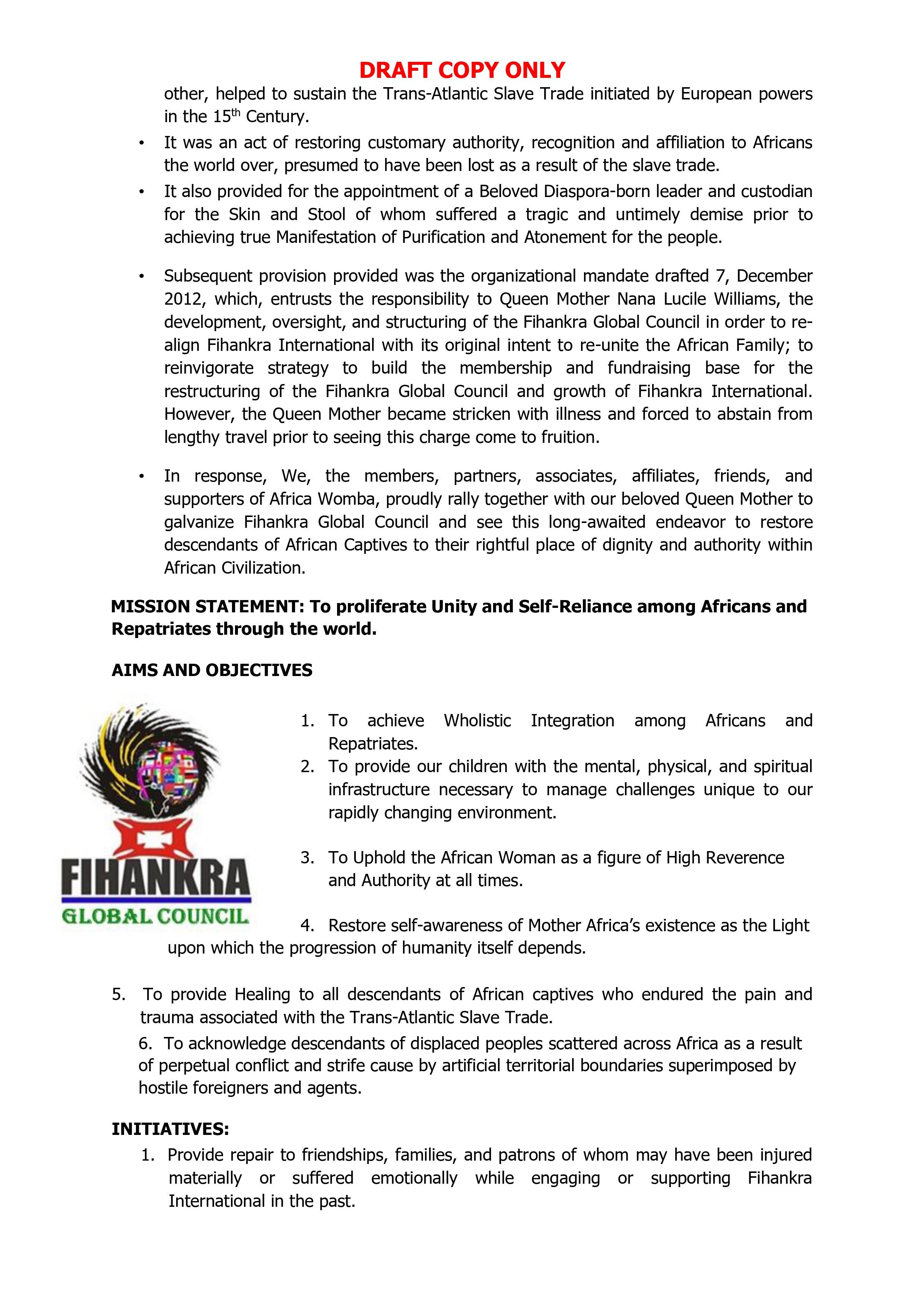
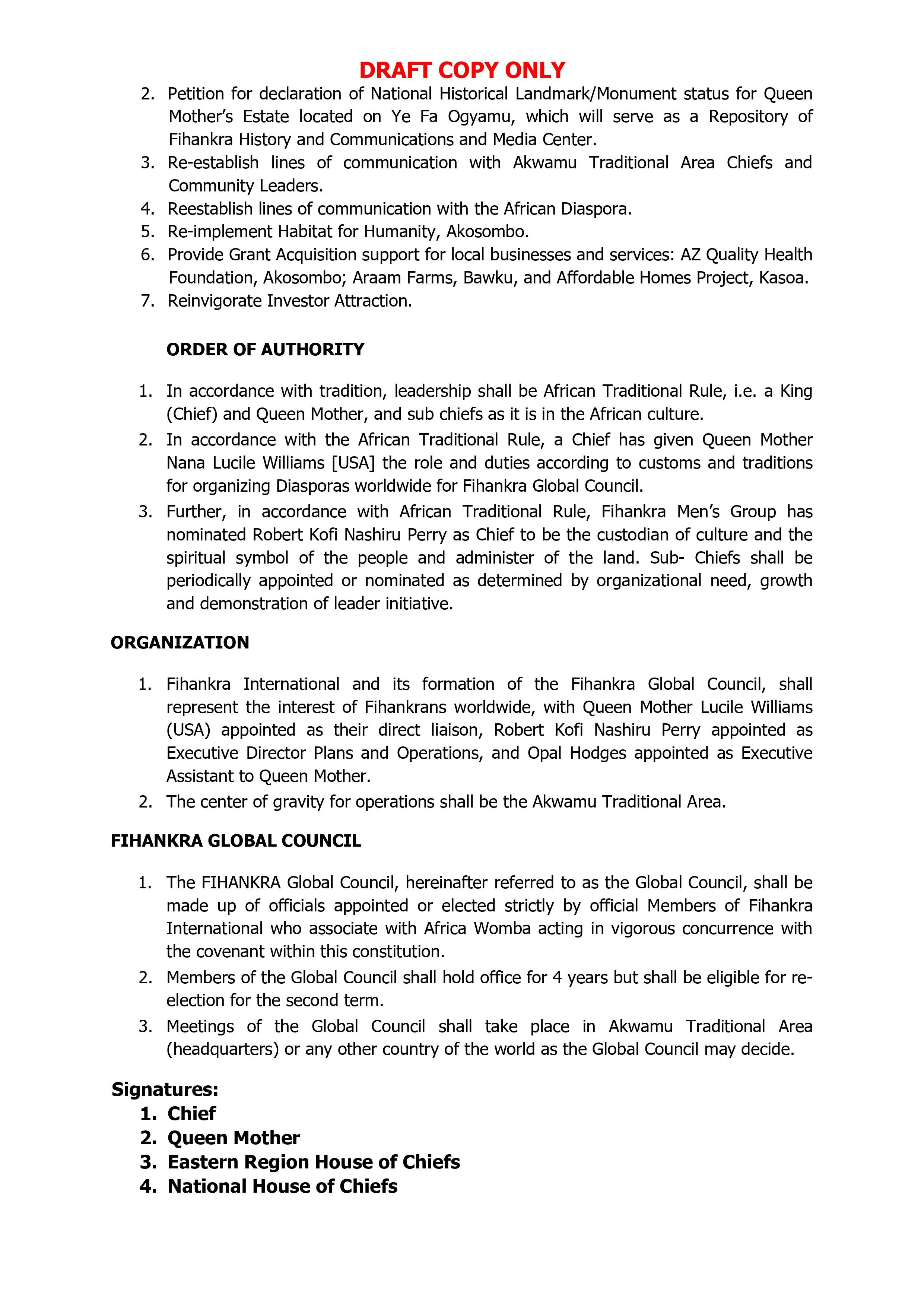













![In 2013, gold exports were of the order of 67.4 tonnes, nearly a 50% increase over the production in 2012 which is attributed mainly to the contribution of 20.7 tonnes made by artisanal mining.[1][3] Gold, followed by cotton, is the top export …](https://images.squarespace-cdn.com/content/v1/5d8396d6e57474059d685116/1602529820992-8B2RJ1EE25W7TXJMWP3H/Mali+gold+mining.png)
















